23 May 2565/2022: Time 18.00 Tripitaka Hall MCU: Dr. Phra Sophonvachirabhorn (Sawai Chotiko), Agga Maha Pandita, Vice Rector for Foreign Affairs of MCU, Chairman of the operations committees, MCU, along administers, lecturers, staff of MCU and 116 Dhammaduta Bhikkhus hold chanting and candlelight procession together at Tripitaka Hall, Ayutthaya, Mahachulongkornrajavidyala University.
According to the history on the Buddha’s Cremation Commemorative Day, which was eight days after Gautama Buddha’s death and also corresponded to the eighth day of the waning moon of the sixth lunar month or the sixth month of Thailand, which this year falls on May 23, 2022. The background history of the cremation in commemoration of Lord Buddha took place on the 8th day after the Lord Buddha attained complete extinction of all passions (nibbana) under the Sal trees in a full moon (15th lunar day) night of the sixth lunar month done by the King of Malla. The ceremony was held using all kind of perfumes, flowers and the ensemble of all kinds of musical instruments available in Kusinara all through seven days. On the eighth day, the eight Malla royalties took a bath, wore new clothes to carry Buddha’s body to the cremation site on the east side of the city. . The Malla Royalties asked Venerable Ananda for the best practice regarding the Buddha’s body. Venerable Ananda suggested wrapping the Buddha’s body in a new sheet of cloth and using cotton wools for absorption. Then rewrapping with another sheet of cloth until 500 pairs of sheets have been used and respectfully engaging the body on to the oil-filled metal rail. Then decorating a funeral pile with sandalwood flowers and perfumery. The four Malla royalties tried to light the fire at the funeral pyre but could not make the fire start. They, therefore, inquired about the cause with Venerable Anuruddha. The Venerable said, “Because the deities desire to wait for the Venerable Maha Kassapa and a group of 500 monks who are on pilgrimage to pay homage to the Buddha to arrive. Then the fire will start.” Those deities used to be attendants of those senior disciples before, thus, they were not happy if Venerable Maha Kassapa is not present in the ceremony. And when the 500 monks, headed by Venerable Maha Kassapa arrived, the fire was starting on its own without being lit by anyone.
After the fire burned out Buddha’s remains and they became relics. The King of Malla brought all the relics to put it in a gold chest and took care of it in Kusinara. As for the Lord Buddha’s utensils, they were respectfully engaged to be enshrined at various places such as, the set of His robe was to be enshrined at Gandhara Kingdom, His alms-bowl was to be enshrined at Patna, etc. When the king of various provinces knew about Lord Buddha’s death, they sent their ambassadors to Kusinara to receive the share of the relics for reverence on their own land, but was refused by King of Malla, causing the conflicts and preparing for wars; in the end, the situation was settled. Since Drona Brahmin had come to be a mediator of negotiations to end the conflict. By proposing to divide the relics into eight equal parts, each kingdom had built a stupa to respectfully enshrine Buddha’s relics in different cities as follows:
1. The Licchavis of Vesali erected a stupa over the relics of the Blessed One at Vesali. 2. The Sakyas of Kapilavasthu erected a stupa over the relics of the Blessed One at Kapilavastu. 3. The Bulis of Allakappa erected a stupa over the relics of the Blessed One at Allakappa. 4. The Kolis of Ramagamma erected a stupa over the relics of the Blessed One at Ramagamma. 5. The Vethadipa Brahman erected a stupa over the relics of the Blessed One at Vethadipa. 6. The Mallas of Pava erected a stupa over the relics of the Blessed One at Pava. 7. The King of Magadha, Ajatasattu erected a stupa over the relics of the Blessed One at Rajagaha. 8. The Mallas of Kusinara erected a stupa over the relics of the Blessed One at Kusinara. 9. The Moriyas of Pipphalivana erected a stupa over the ashes at Pipphalivana. 10. Drona Brahman erected a stupa over the urn at Kusinara.
In the case of King of Moriyas who sent an ambassador after Drona Brahman had already divided the relics to eight cities, received the ashes instead. For Drona Brahman himself received the urn. ..
A dhamma principle related to the Atthami Bucha Day is that Buddhists should consider the meaning of life and learn that human nature is impermanent; birth, aging, illness and death are common to all human beings, no one can escape these, so that one should not attach to anything. This is the ultimate truth that Lord Buddha discovered and emphasized. There are a lot of dhamma principles related to the Atthami Bucha Day that are worth studying such as the Five Aggregates, the Three Characteristics of Existence, and the Principle of Heedfulness. .. The Three Characteristics of Existence; impermanence, suffering and non-self, describing the characteristics of all mental formation (sankhara) in the state of being in accordance with the natural law as follows, . 1. Impermanence is transient, inconstant, not permanent, the nature of arising and passing away. It lasts momentarily from time to time so we should wisely see the decline as it really is. When the loss has come, the sorrow and suffering would not be accumulated. It serves as a reminder to have mindfulness when experiencing difficulties in life, which could help alleviate or eradicate the suffering. . 2. Suffering is the state of painfulness from the condition that is not in its normal state. The condition of being forced to arise and pass away because of the composite factors not being able to force it to remain in its normal state because of craving and attachment. . 3. Non-self is the state of non-existence, without substance, not being under any commands and not being owned by anyone. It is in accordance with the law of cause and effect by nature. The Five Aggregates are all non-self. . The Three Characteristics of Existence is primarily for us to see the truth of life, using wisdom contemplating the state of truth with mindfulness and heedfulness. .. In Thailand, the tradition and practice on the Atthami Bucha Day are only performed in a handful of temples. For Buddhists who want to practice in remembrance of the divine grace of Lord Buddha; by giving alms, observing precepts, practicing meditation and following the teaching of the Buddha continuously to live on without negligence.
https://www.knowingbuddha.org





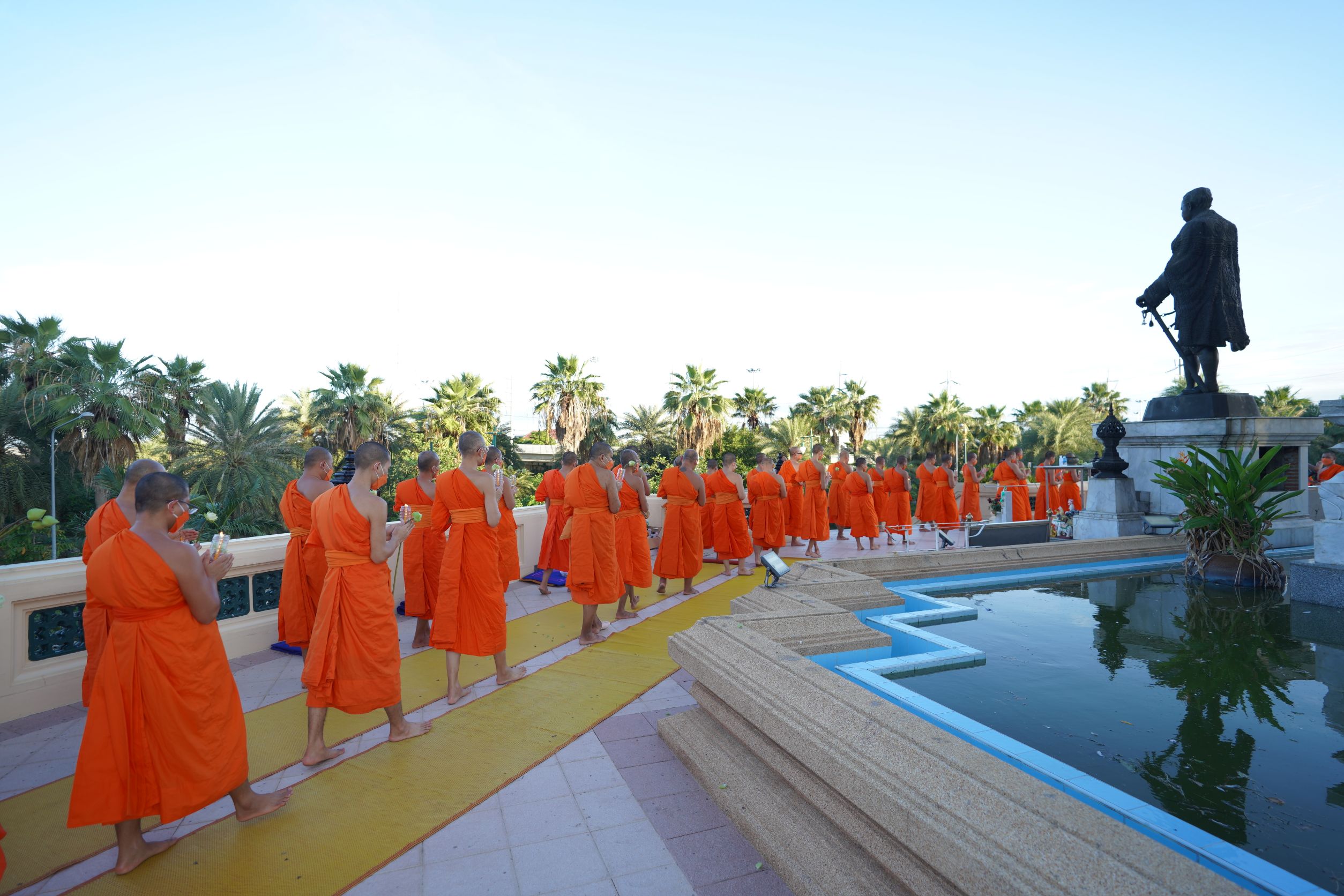
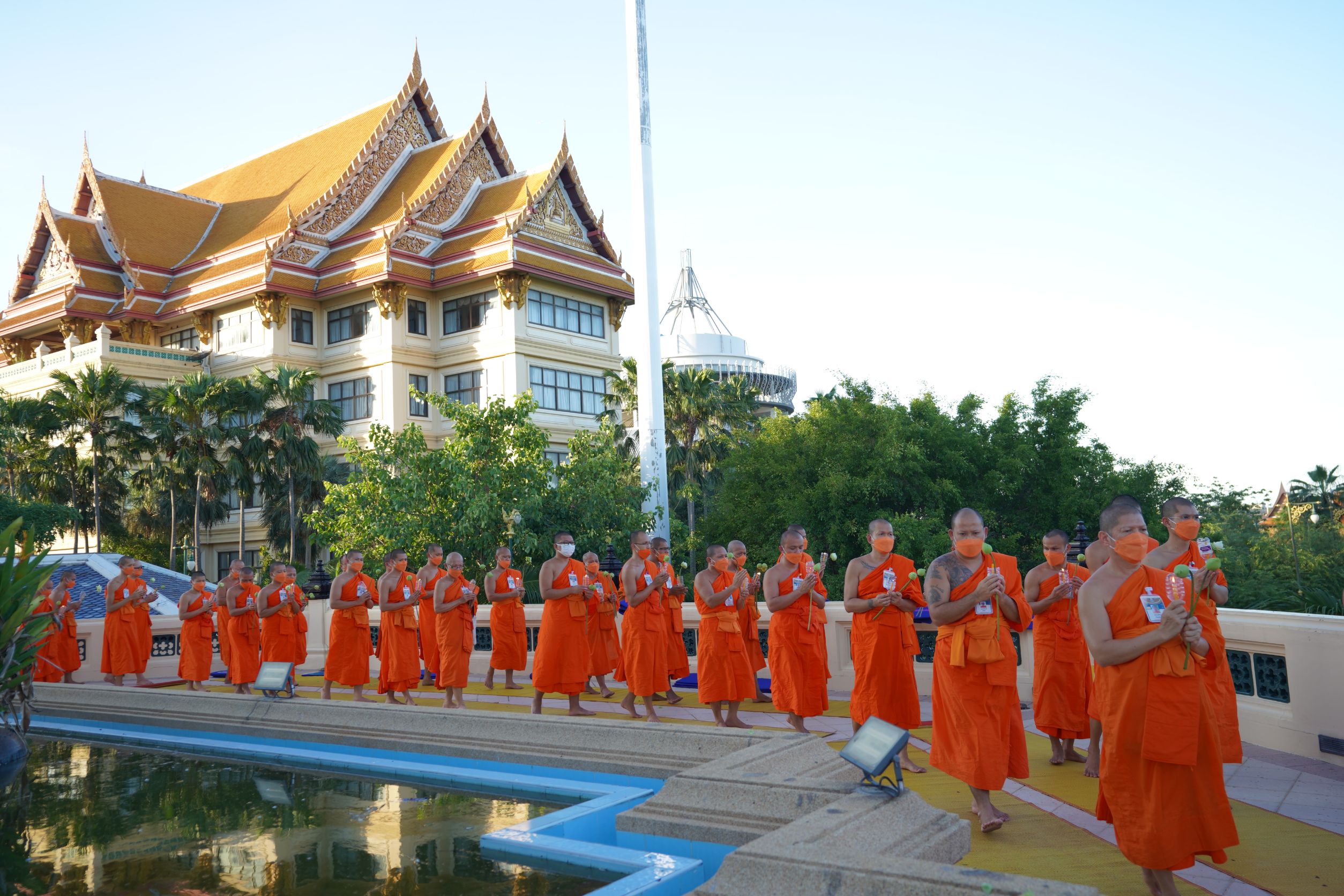
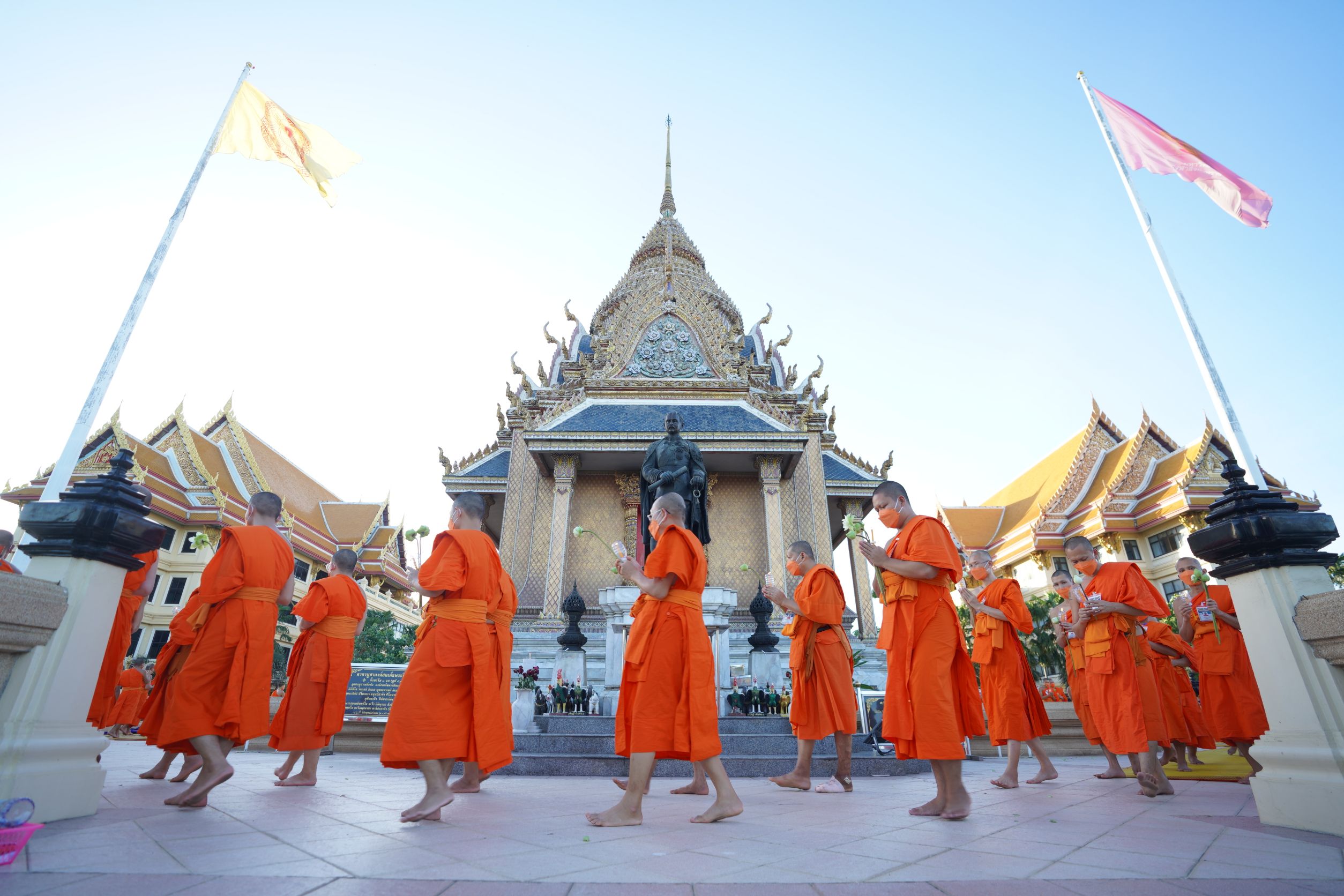
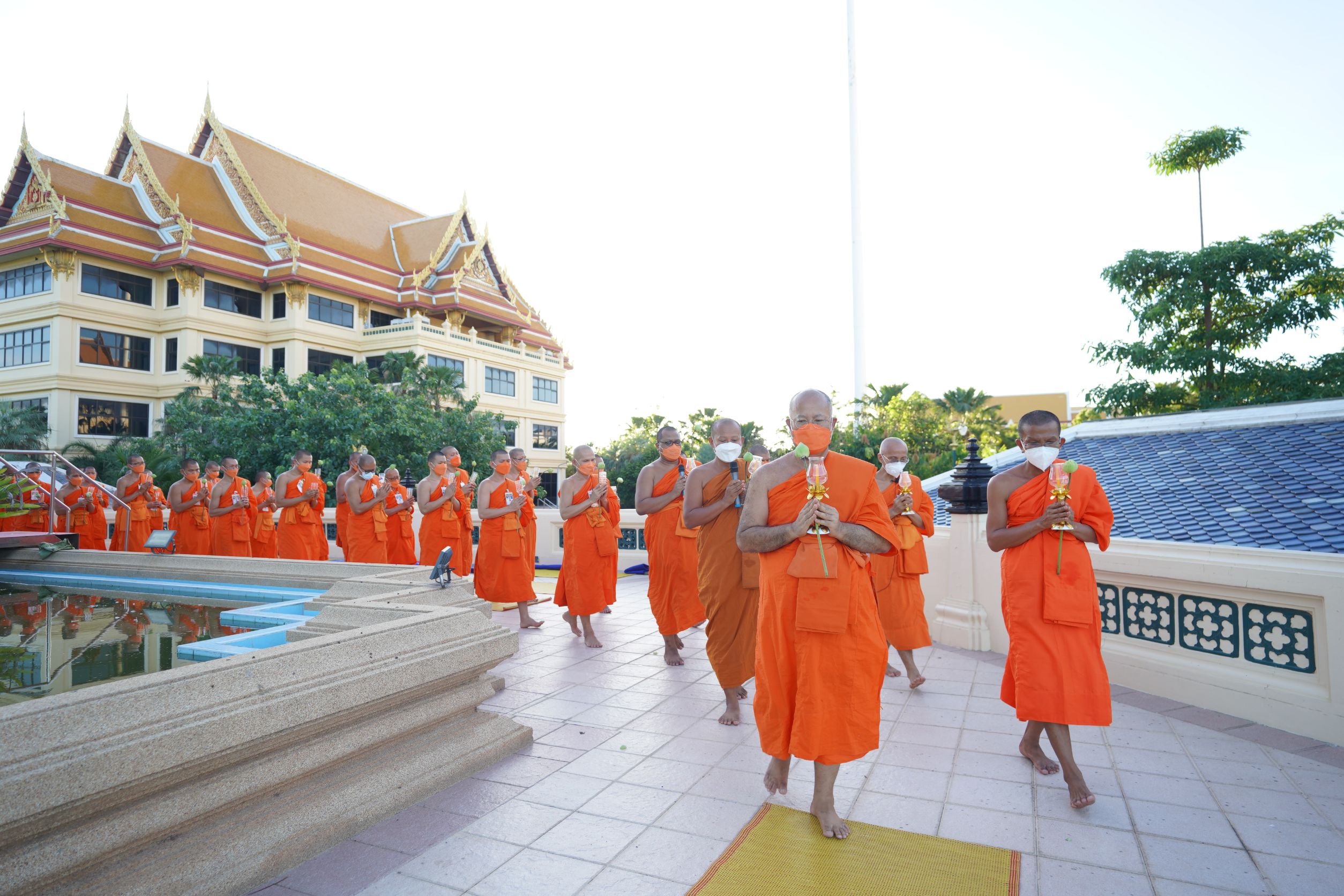
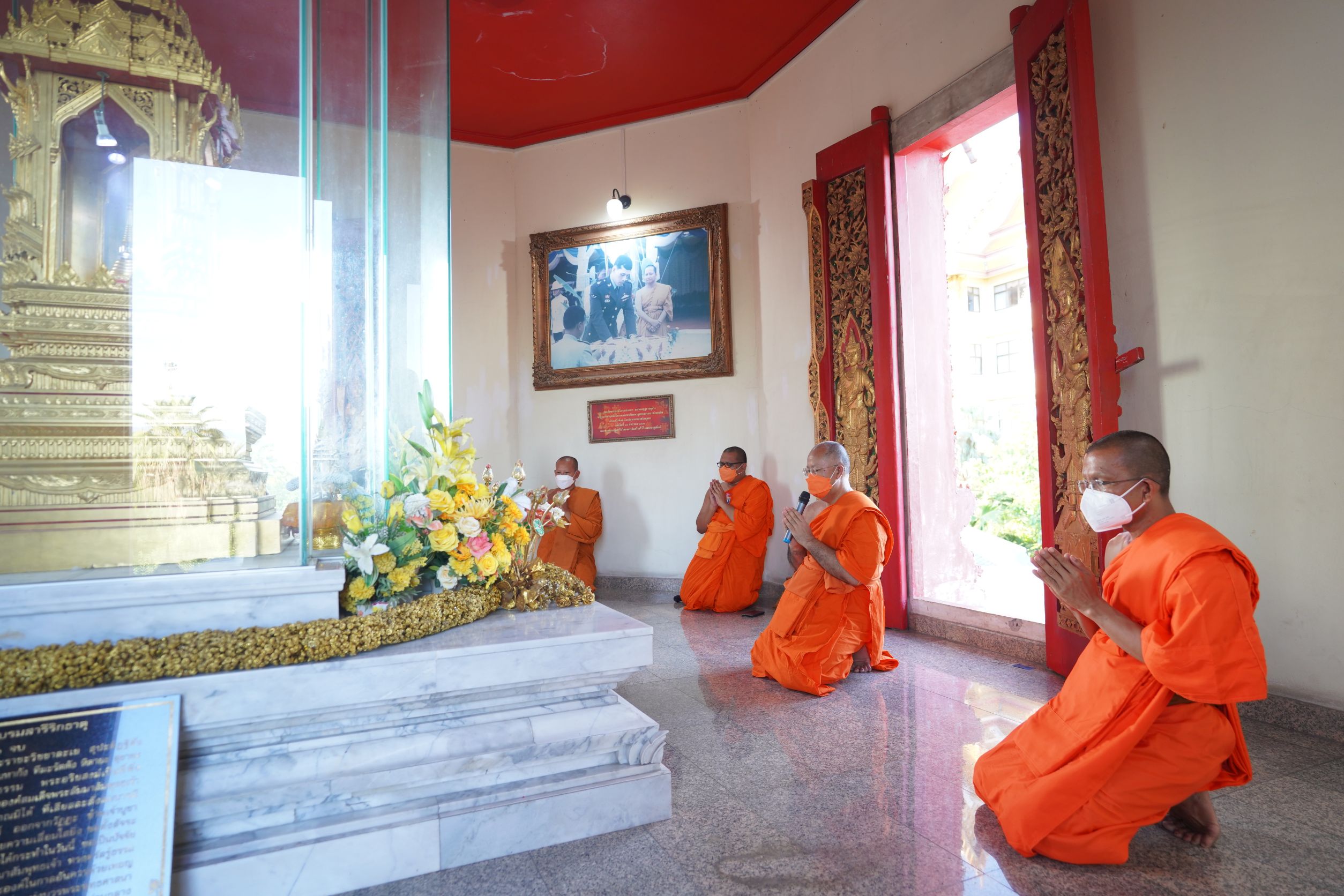
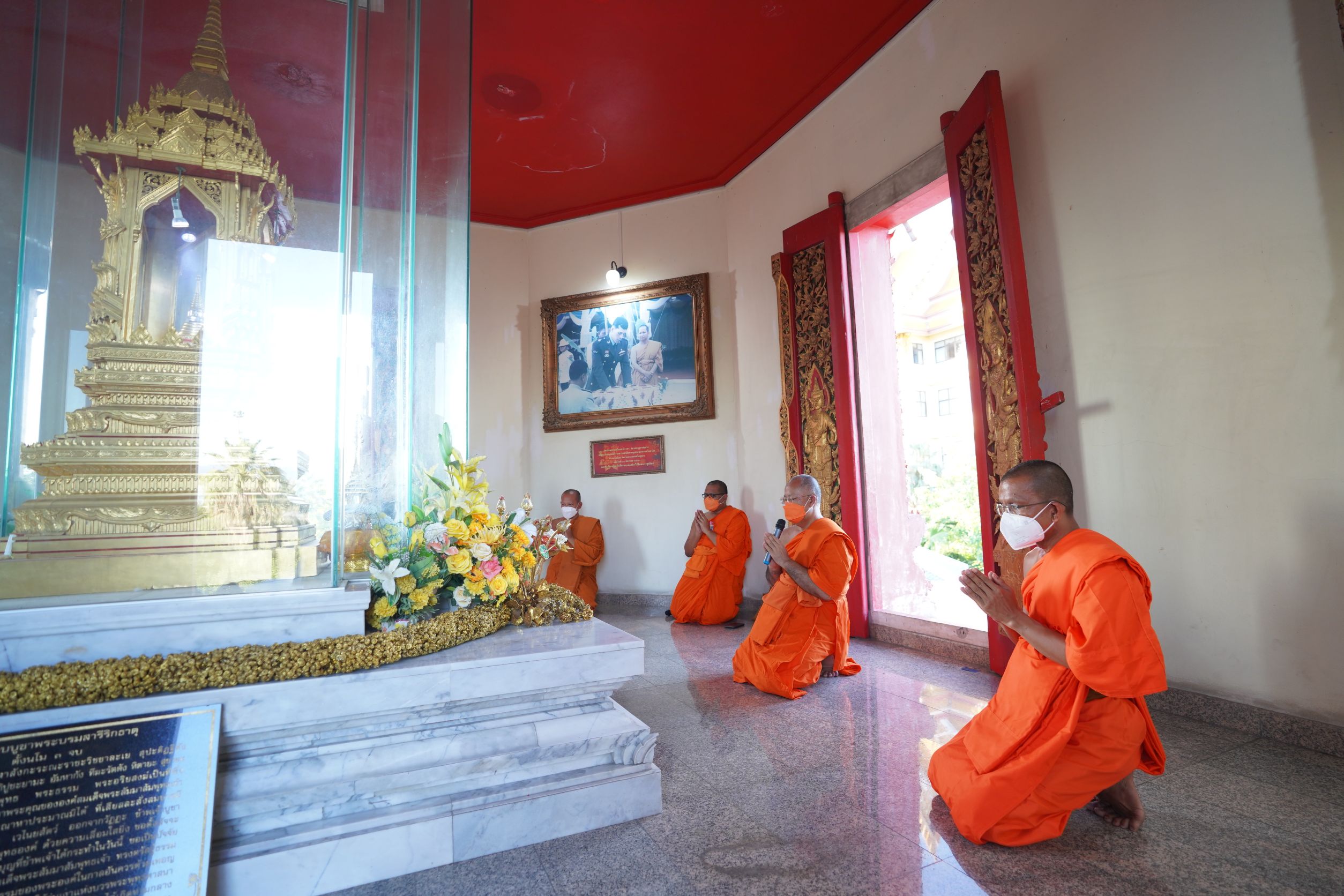
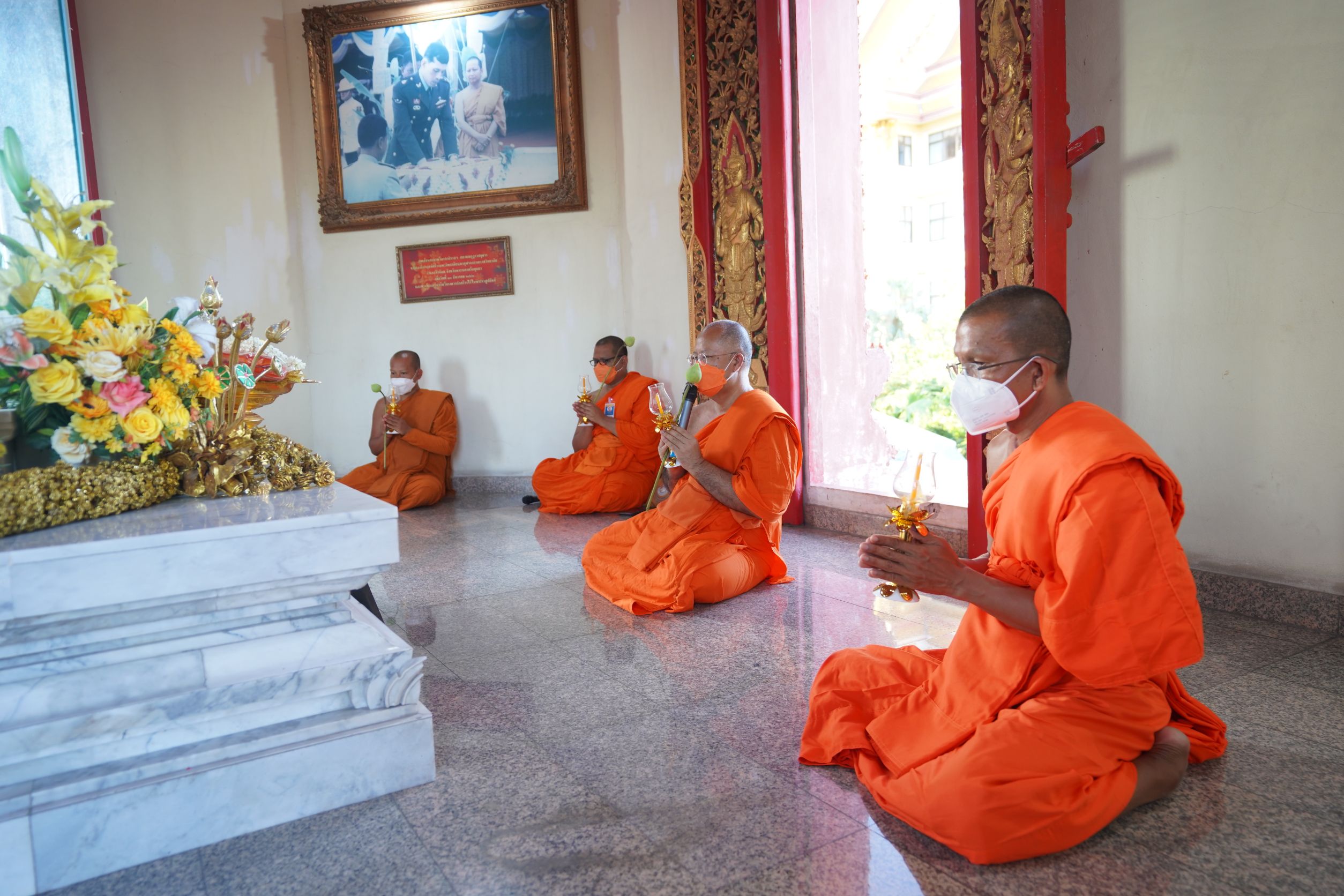
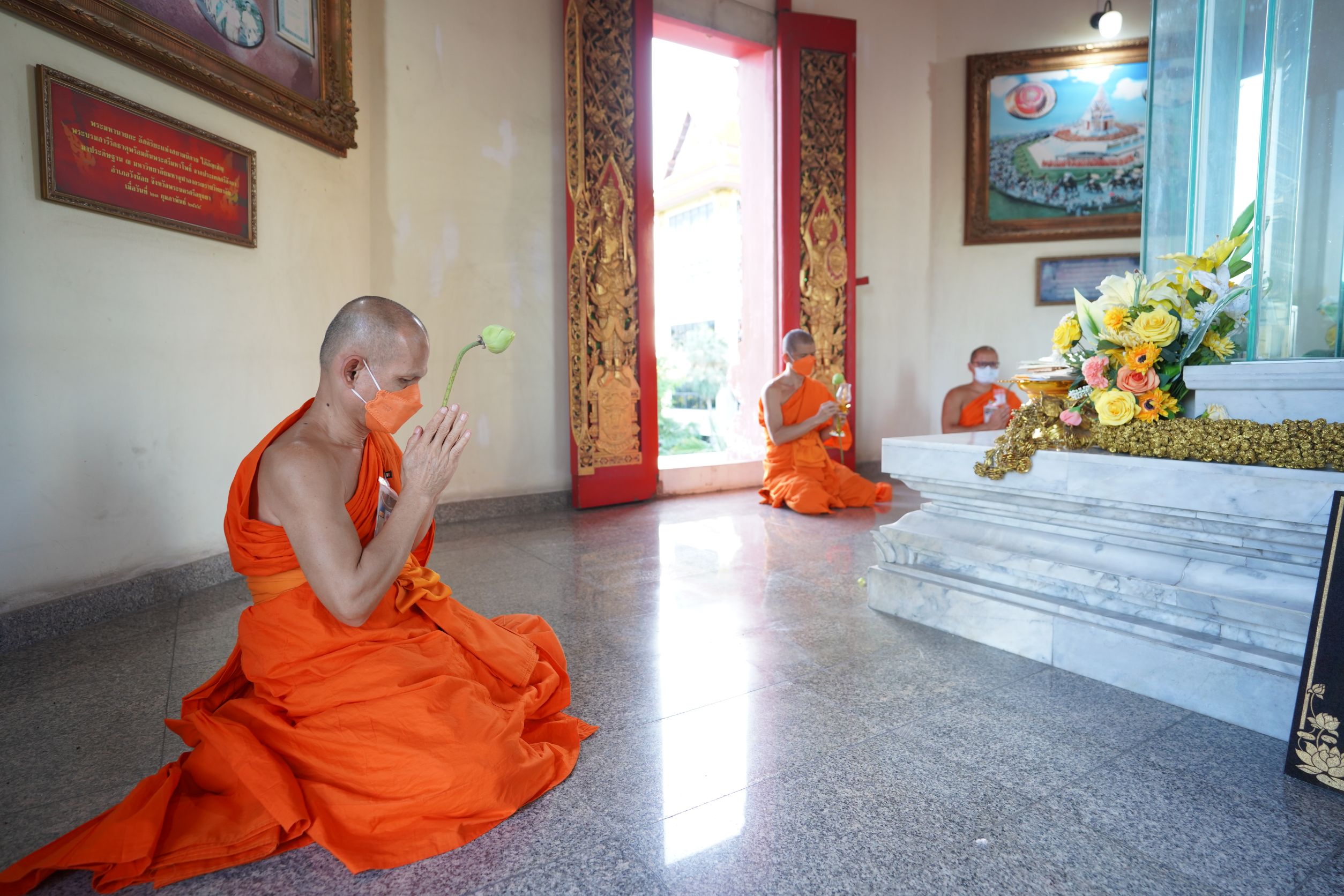
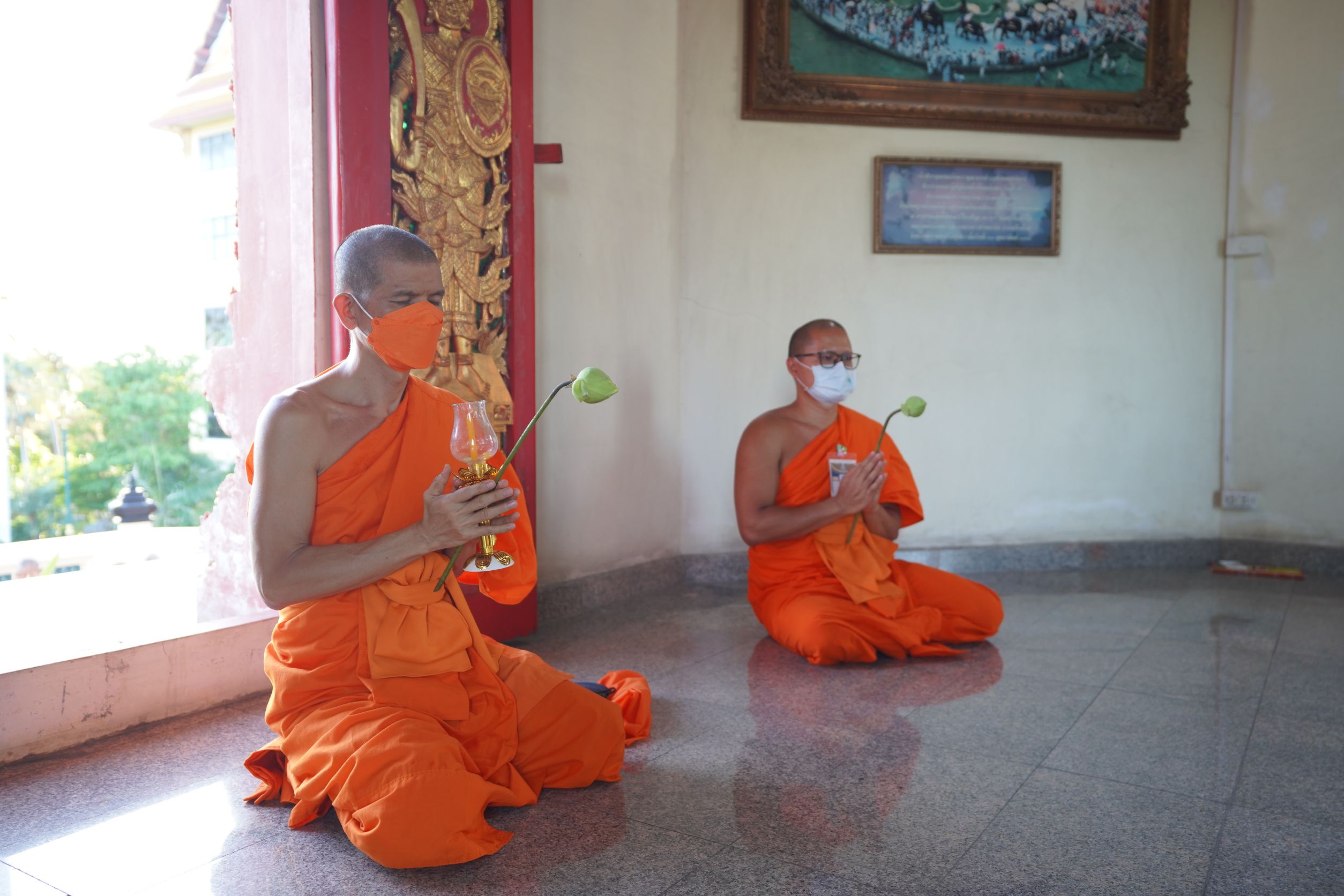
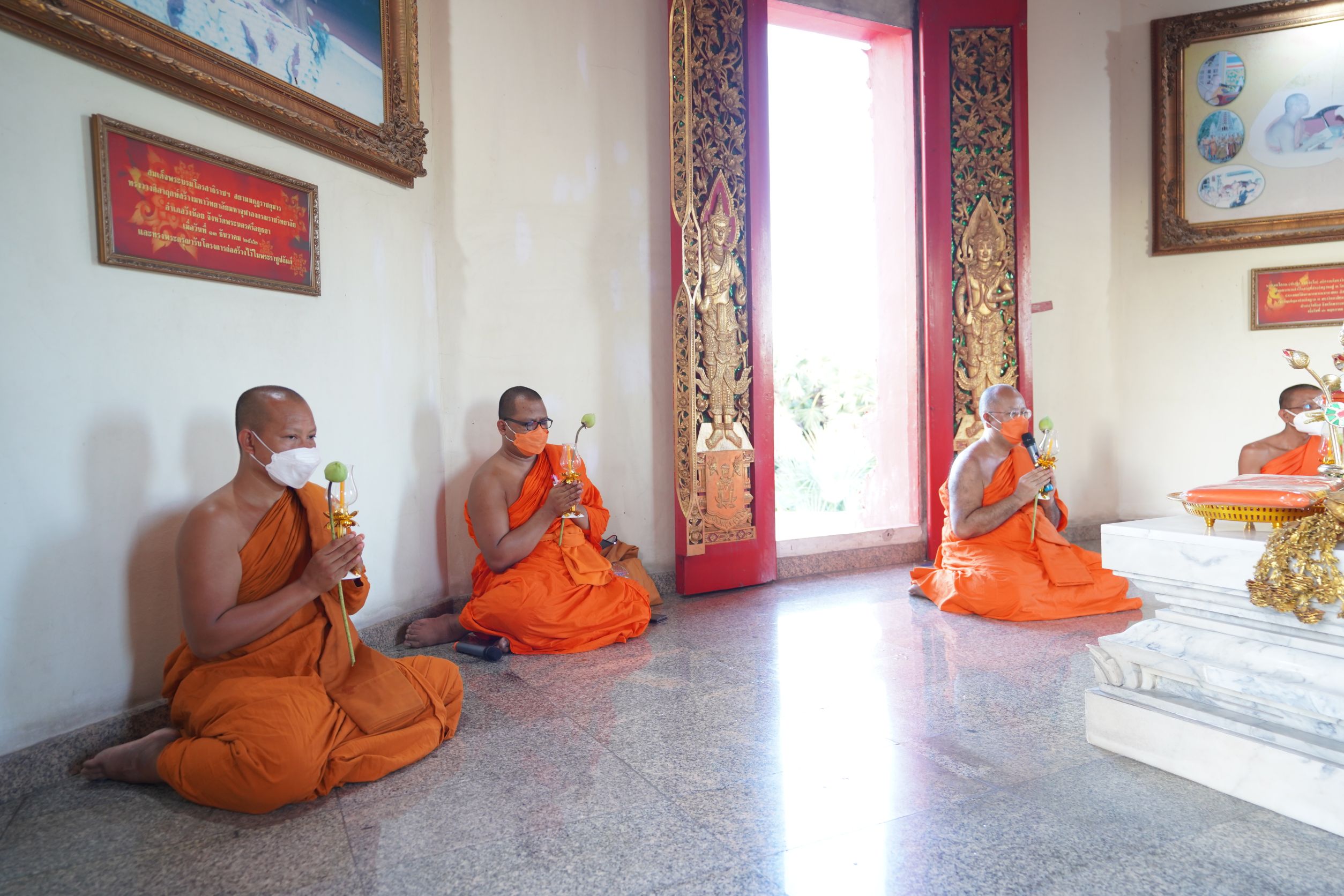
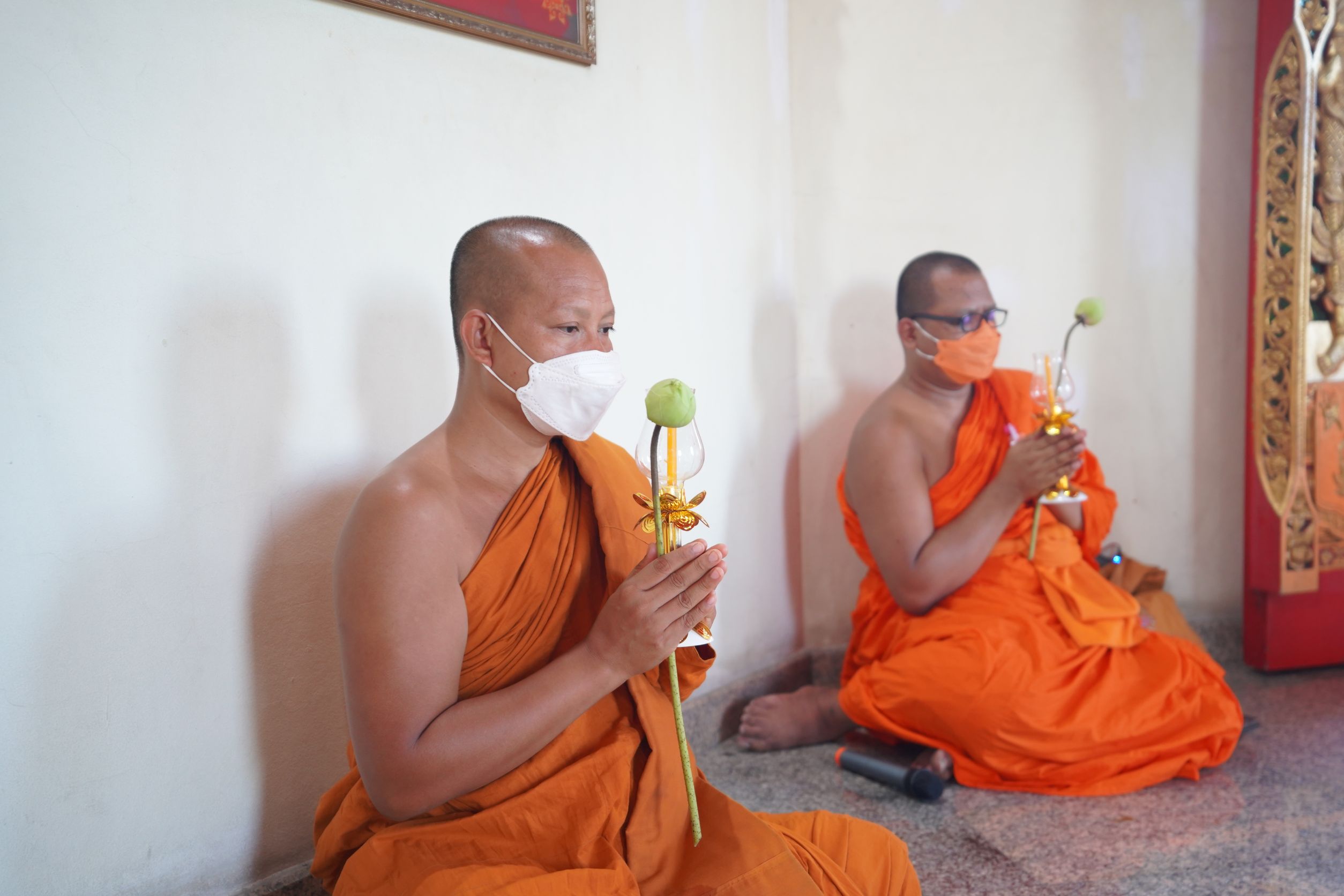
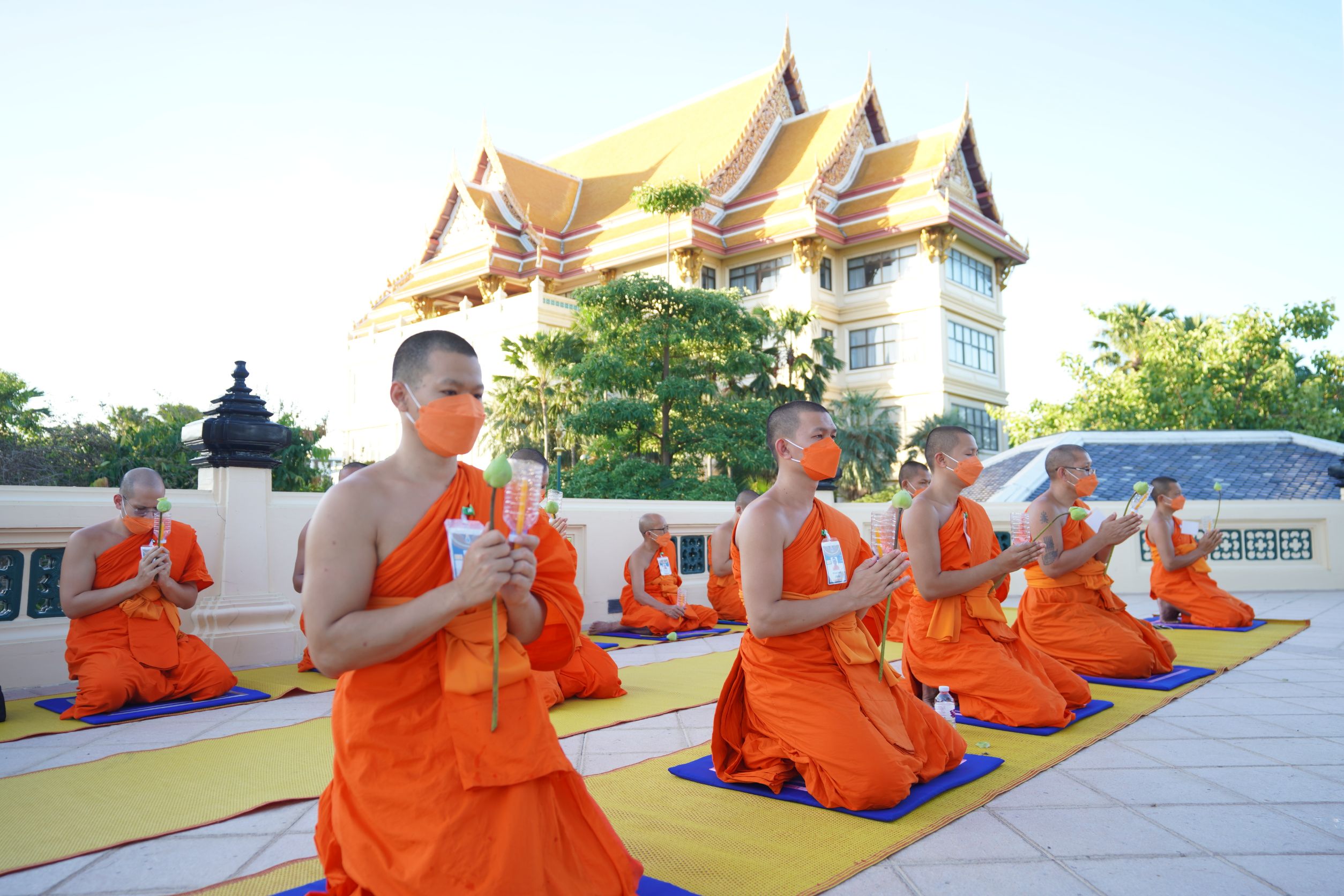

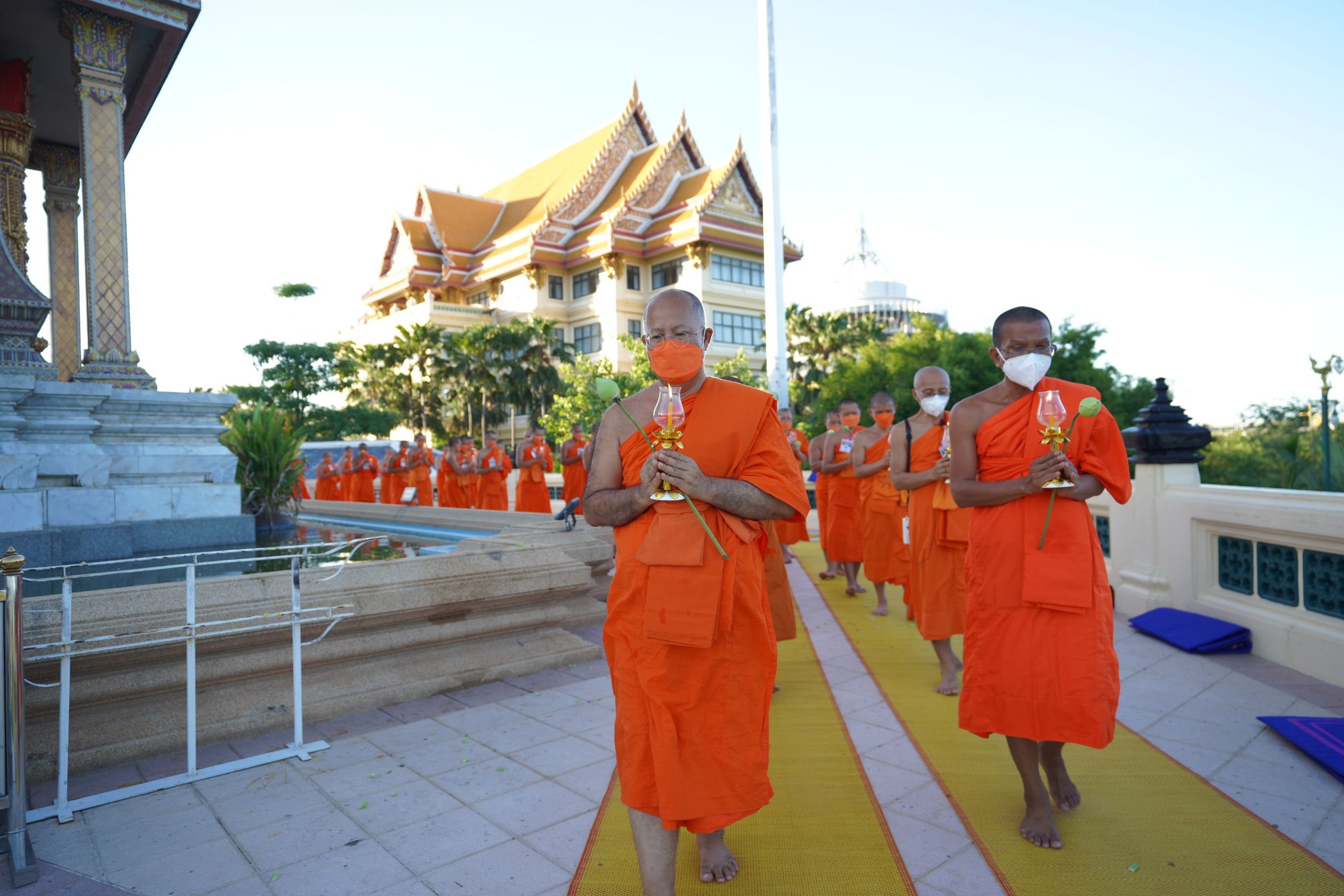
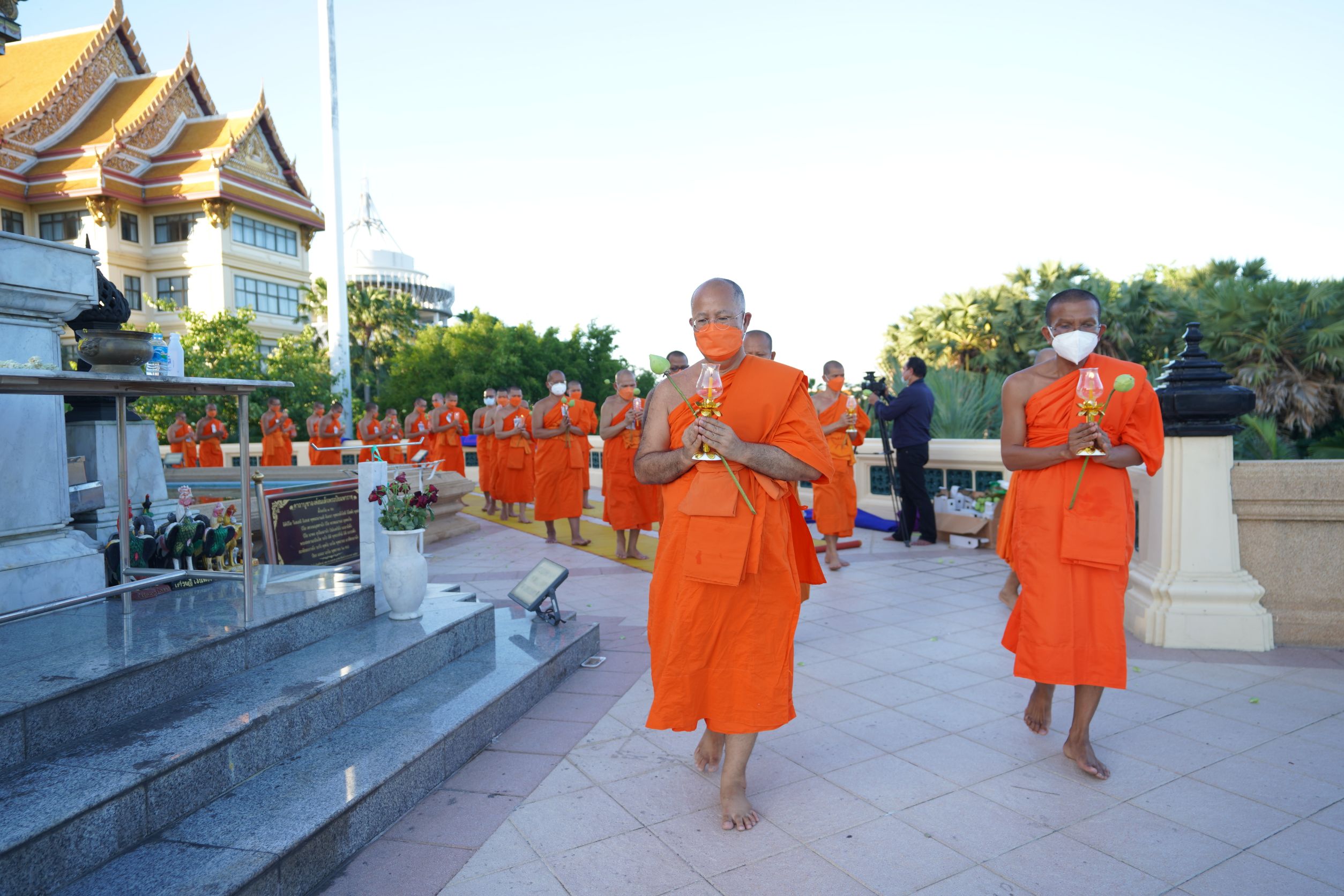
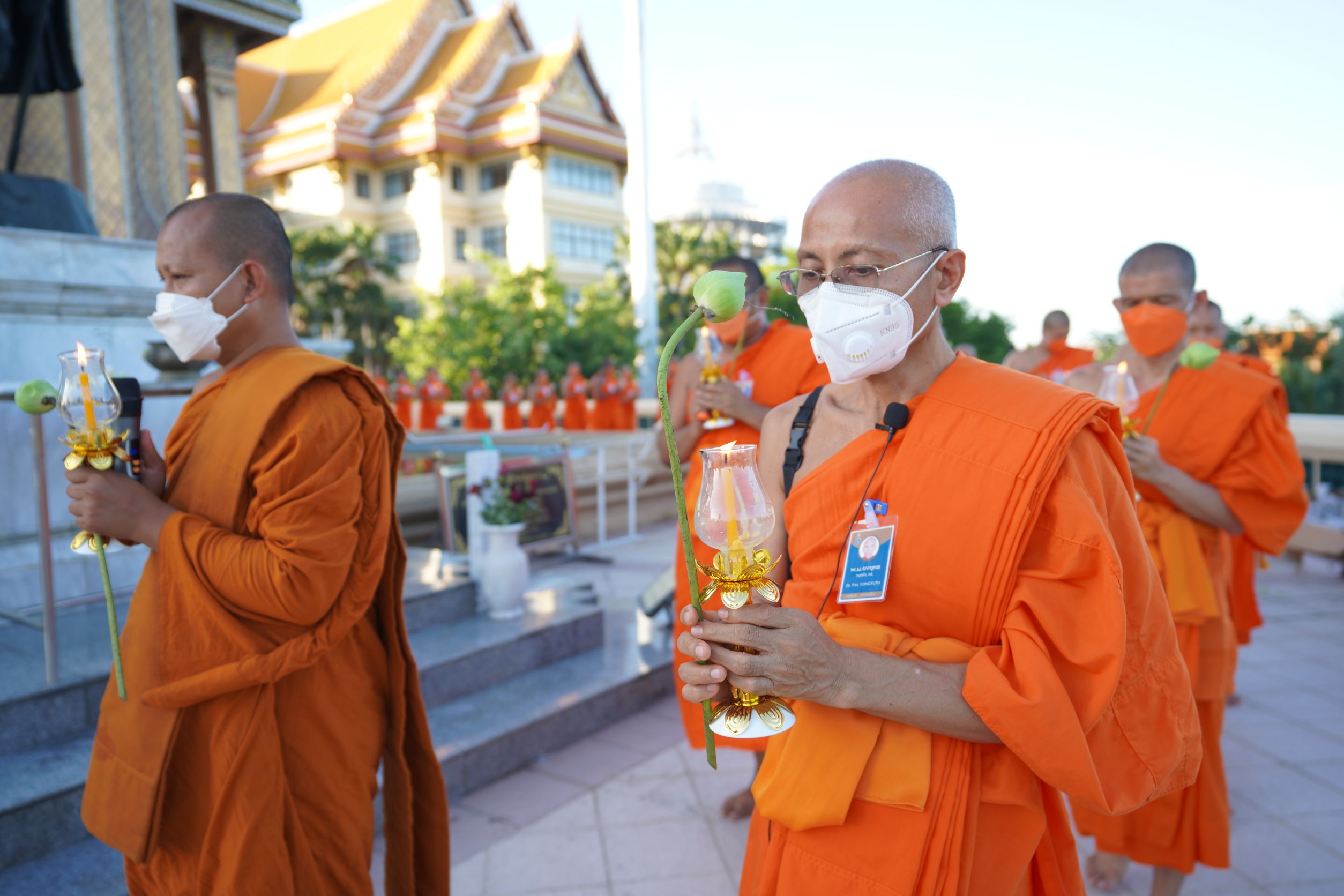
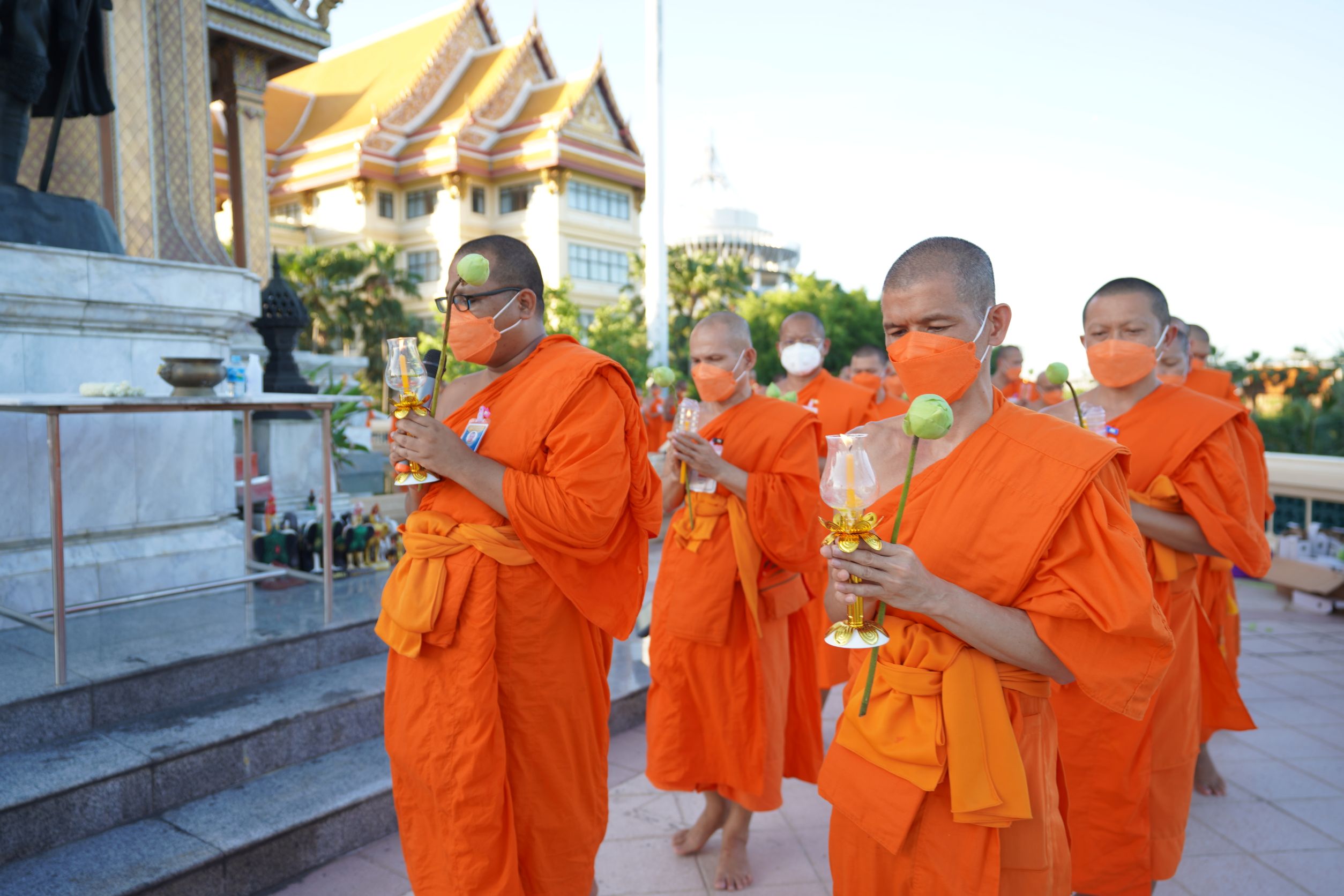

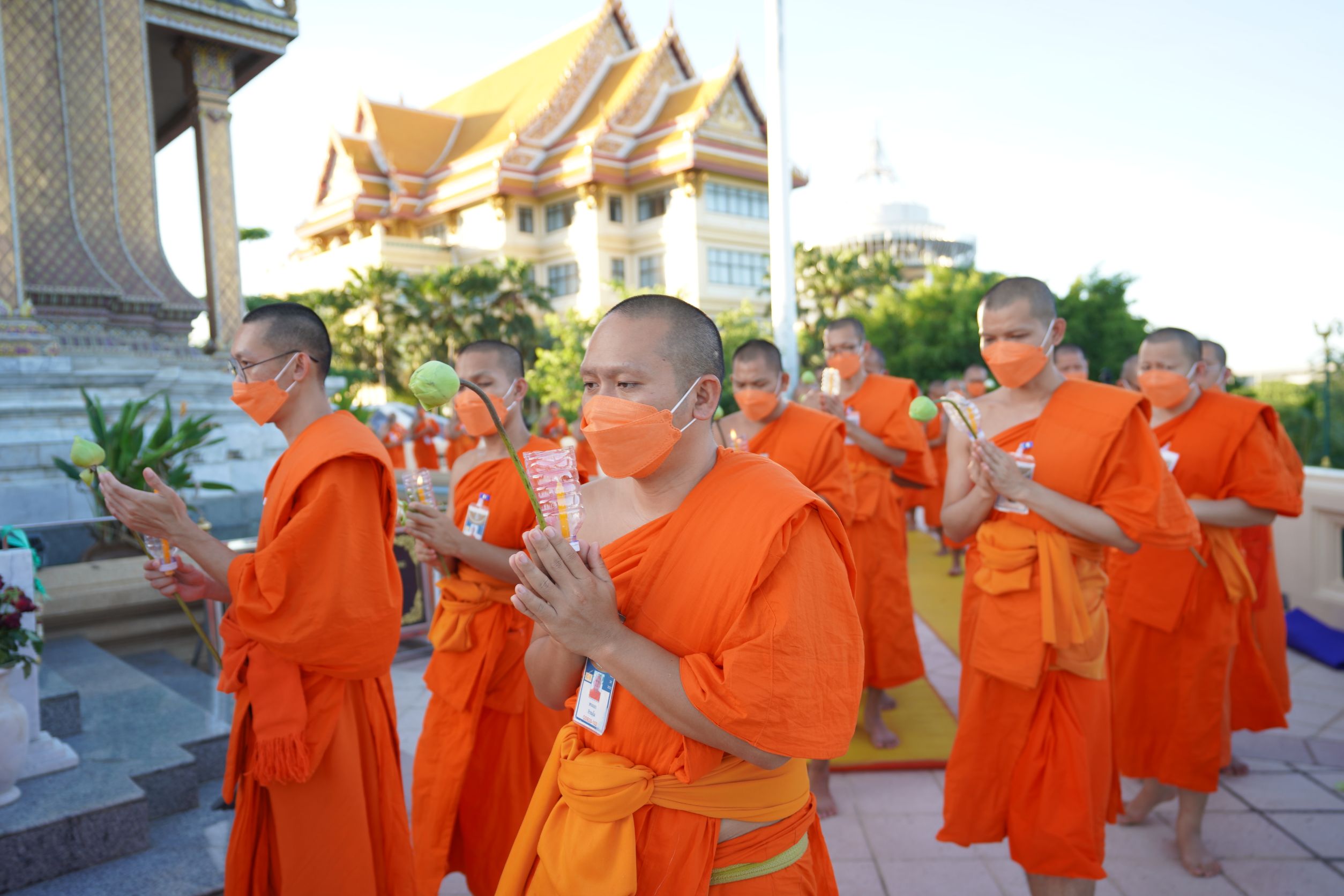
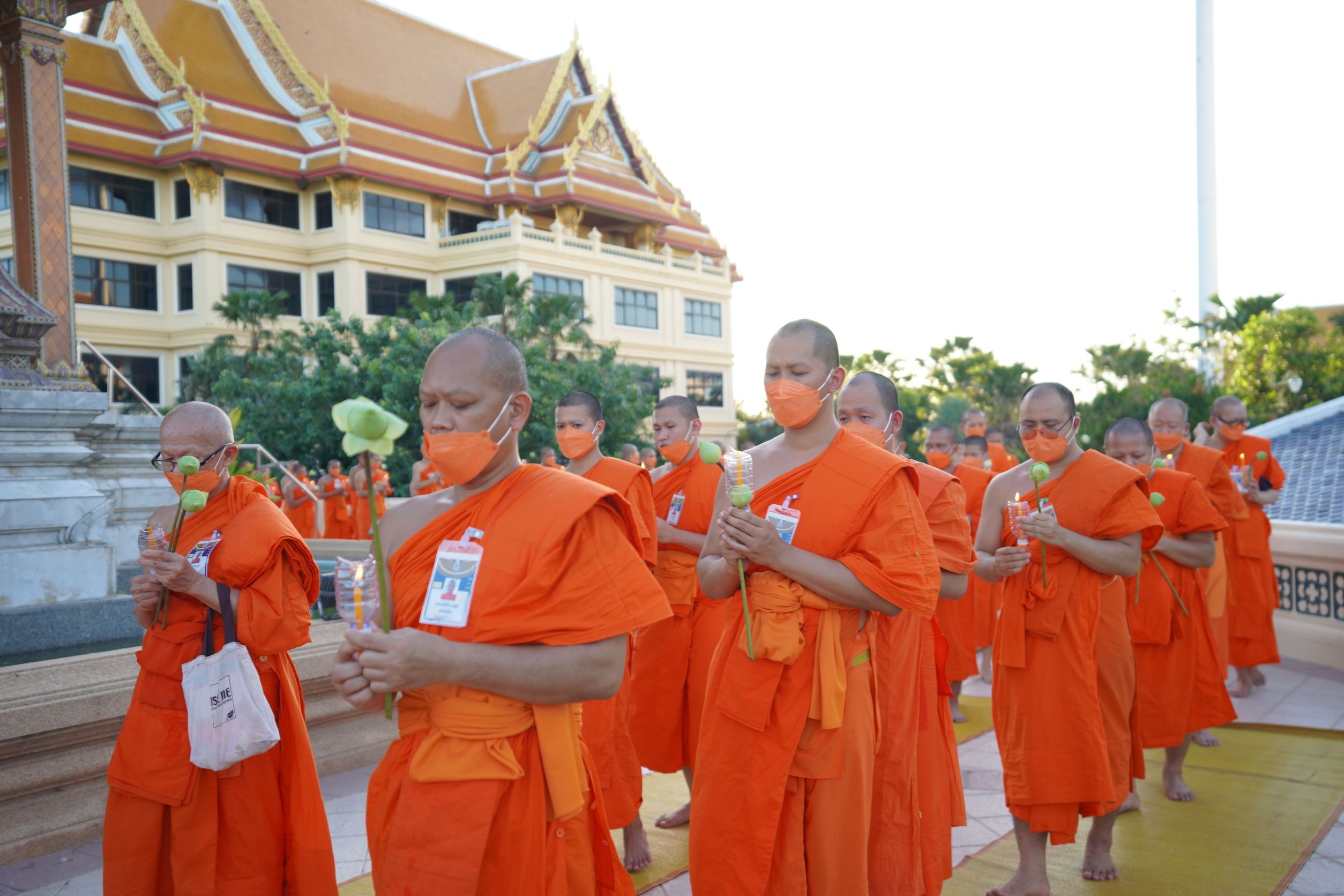
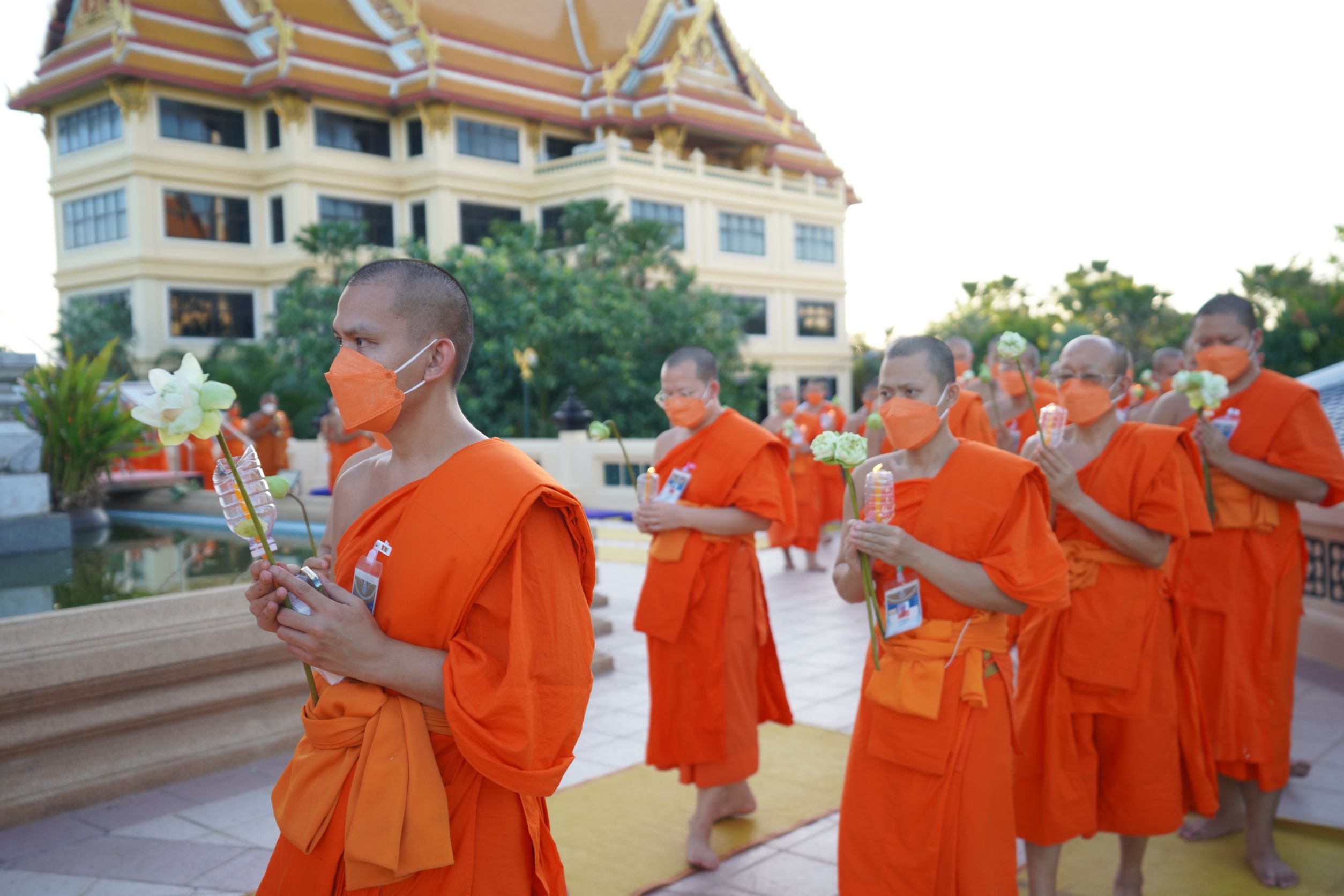
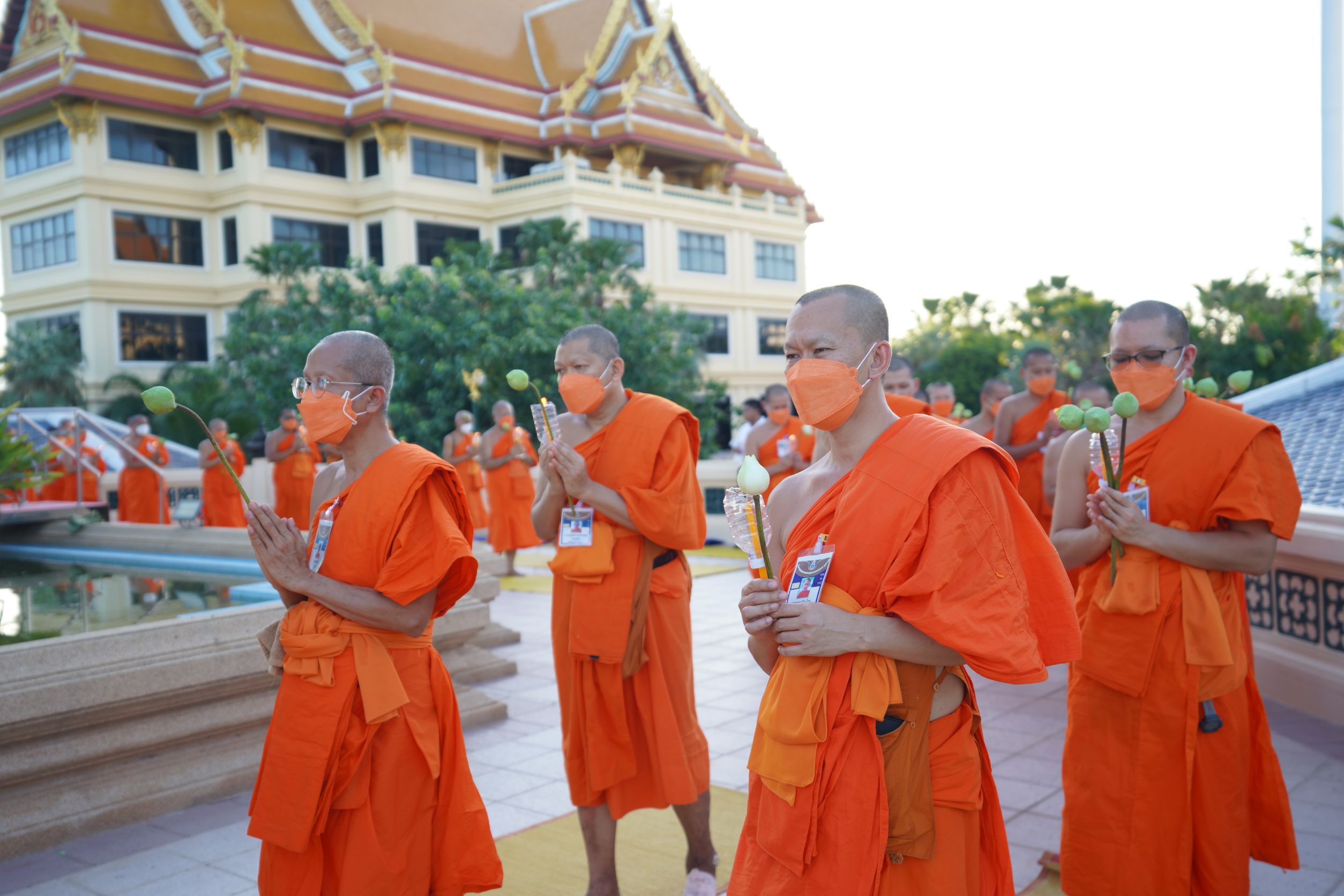
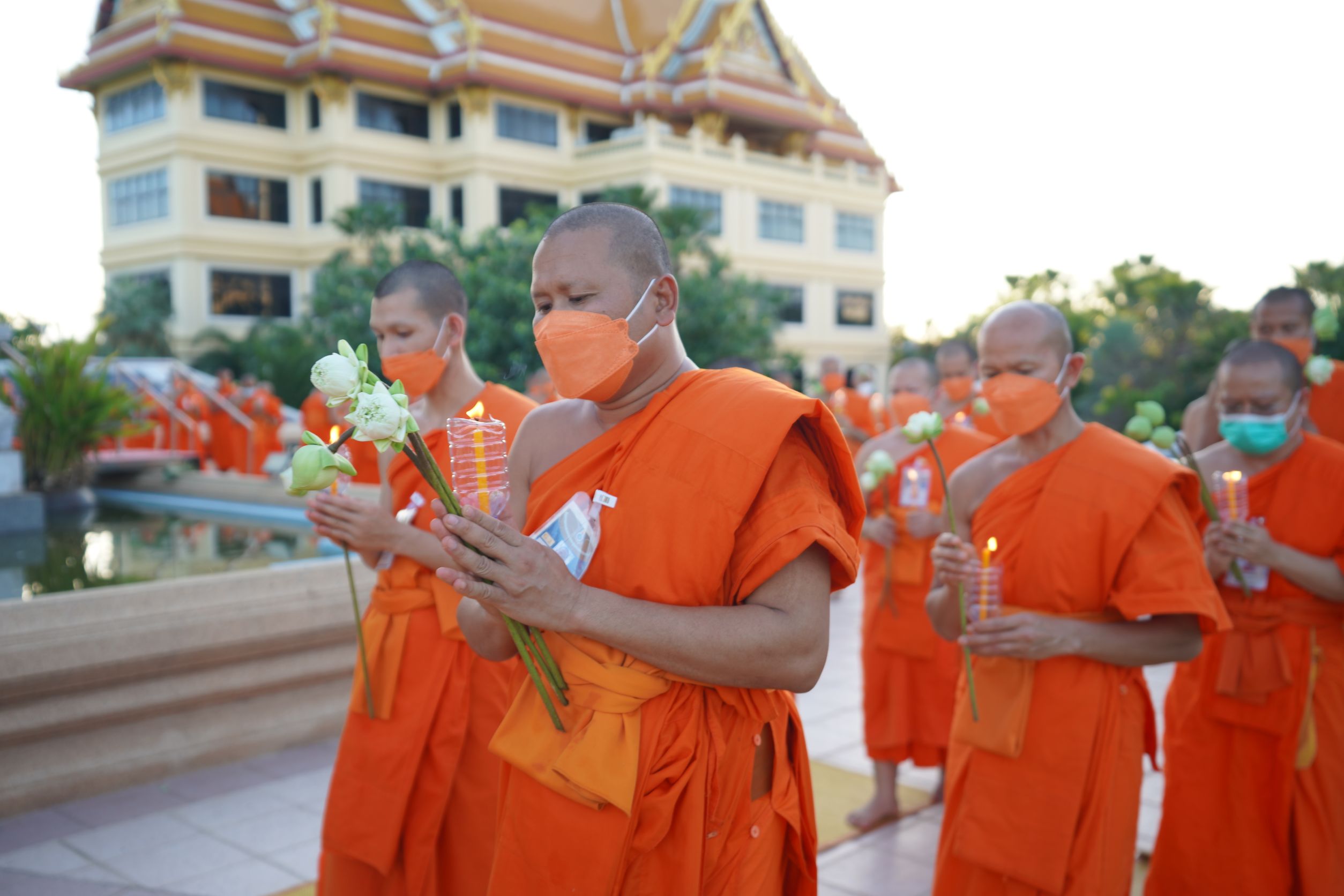
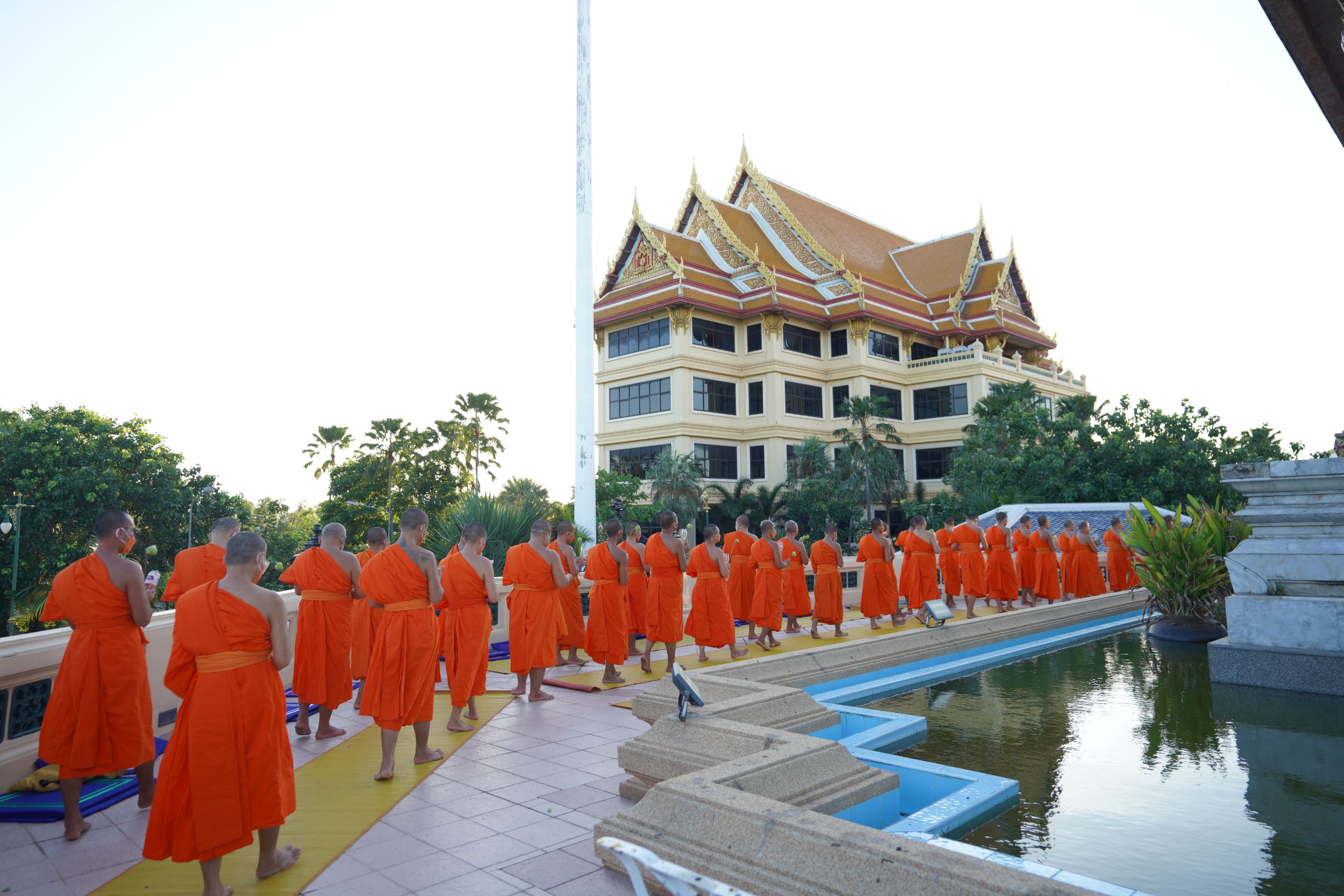
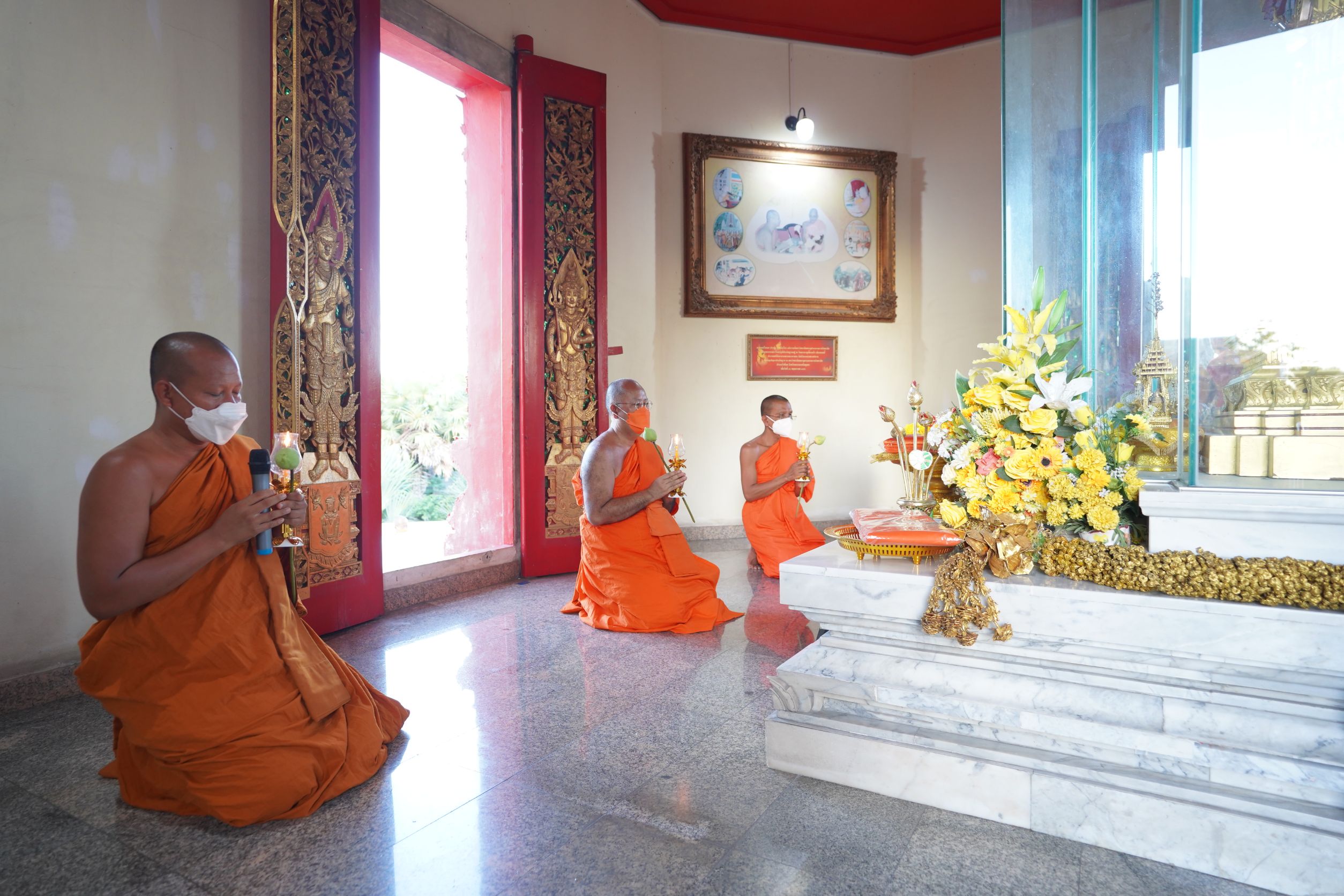
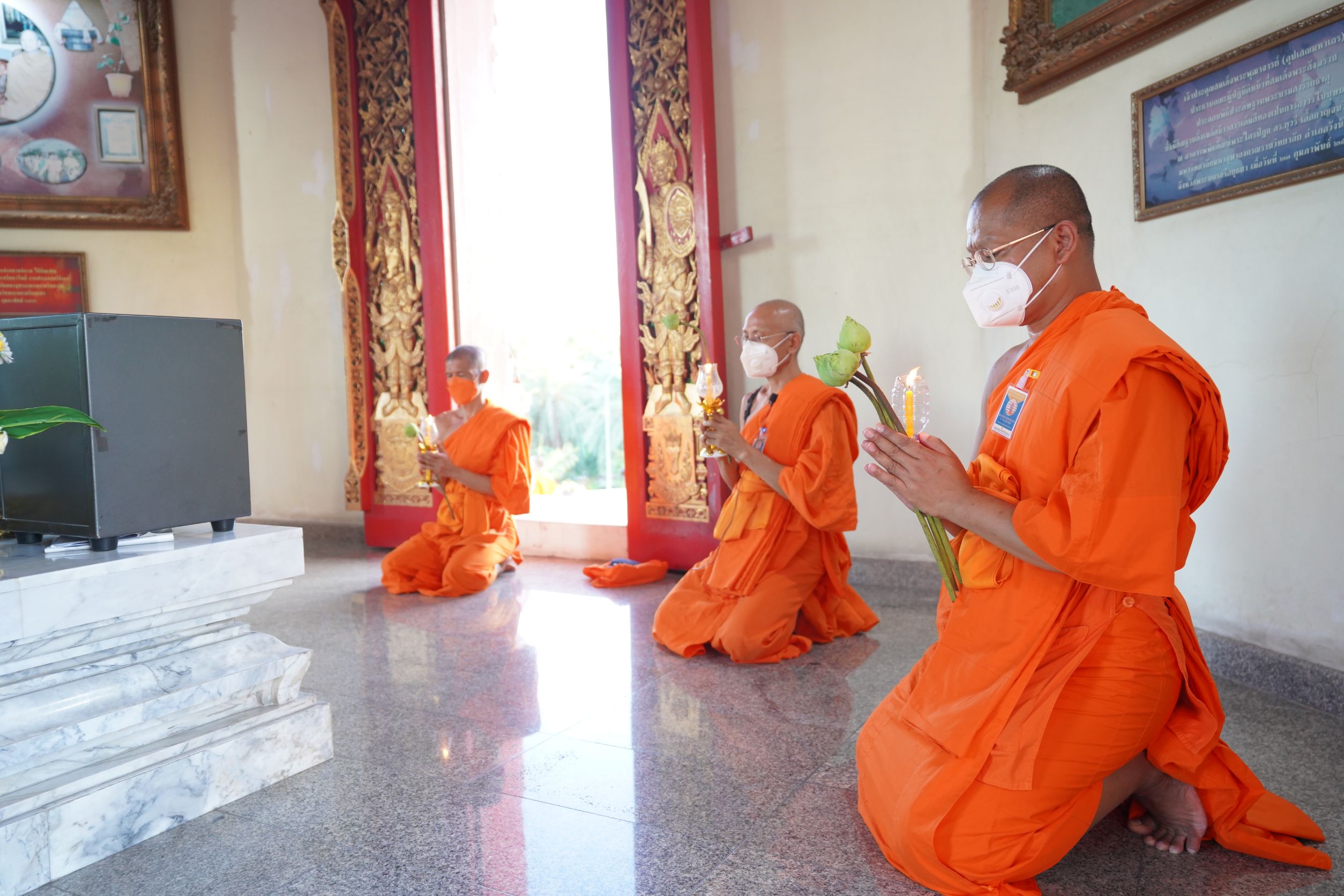

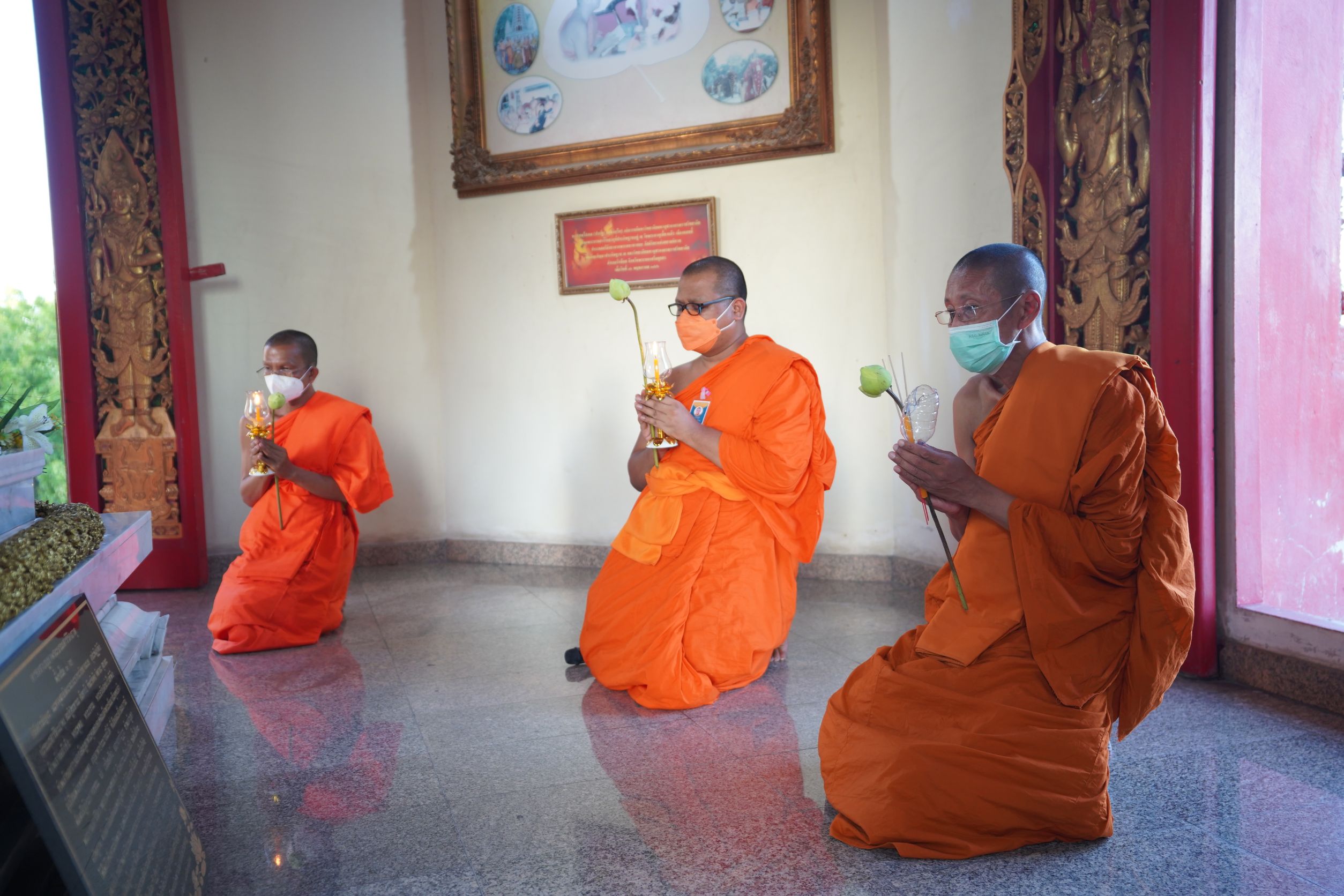
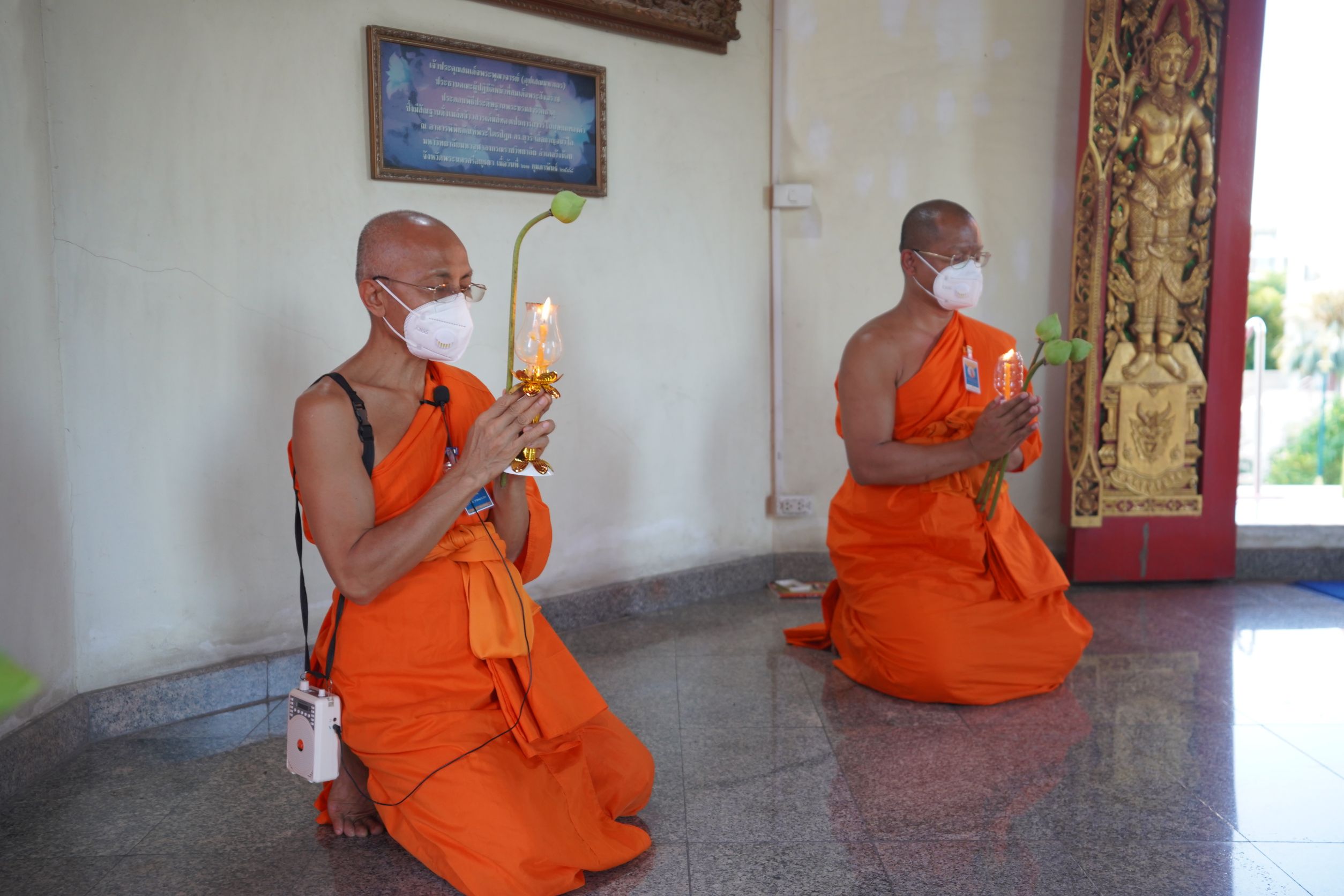

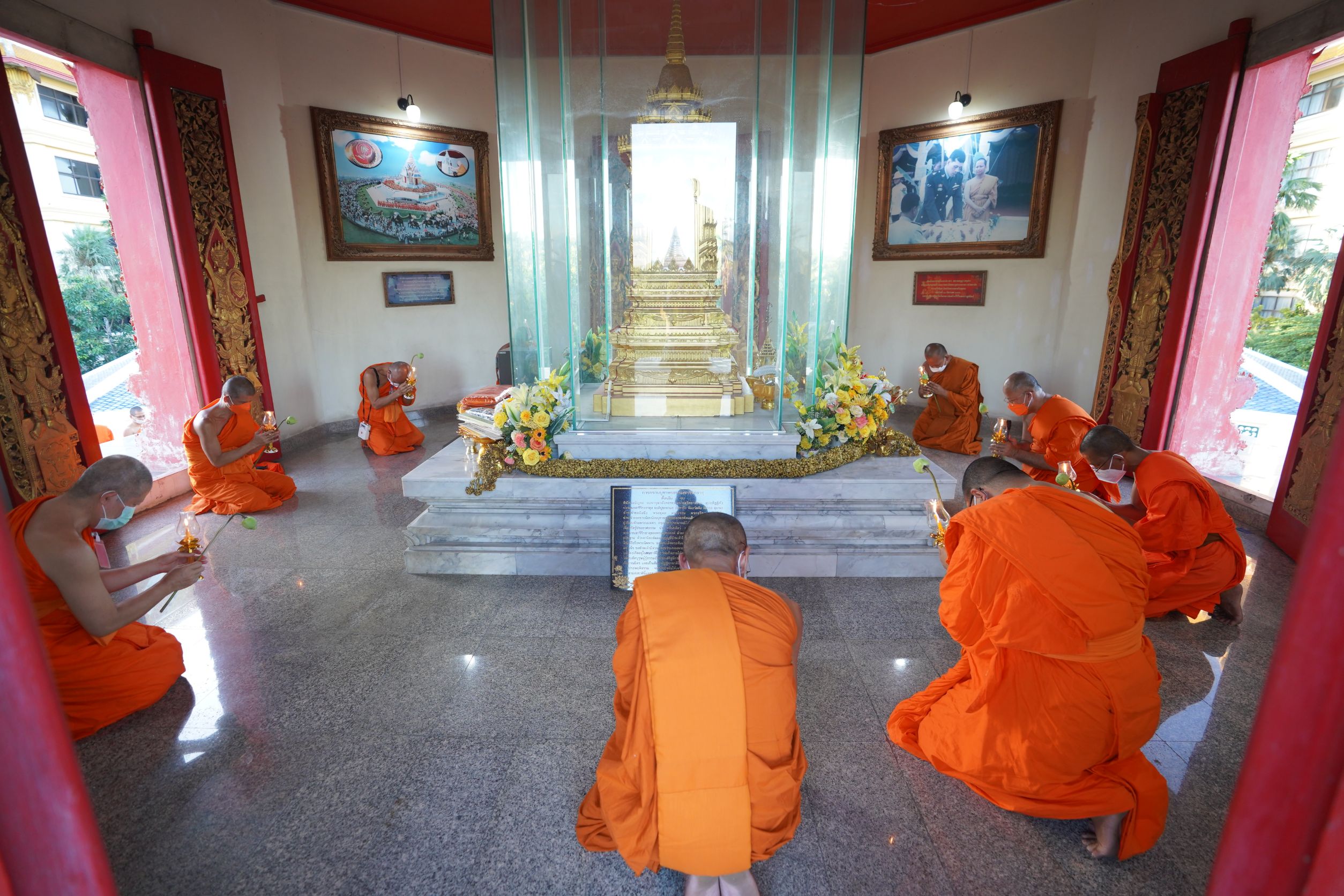

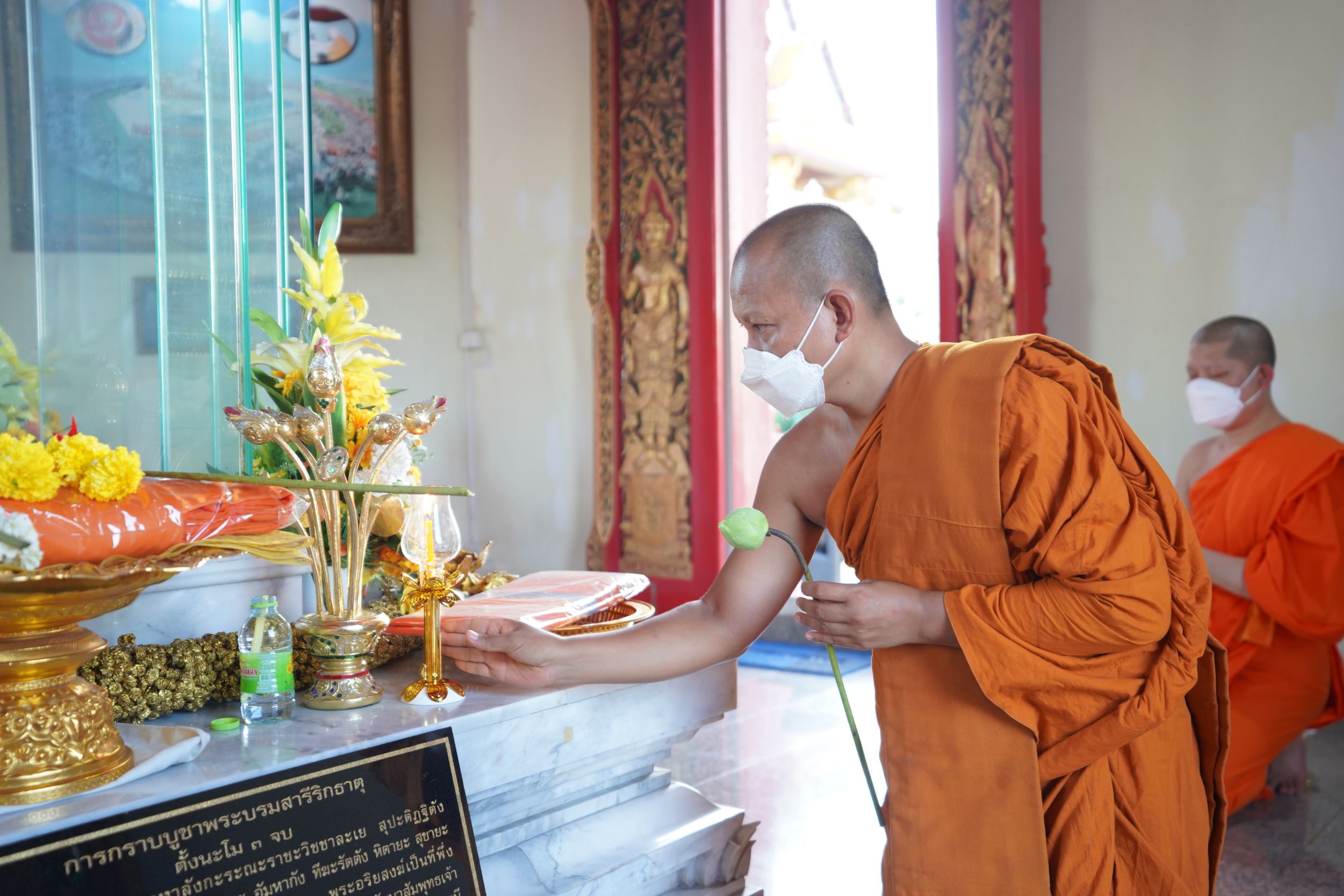
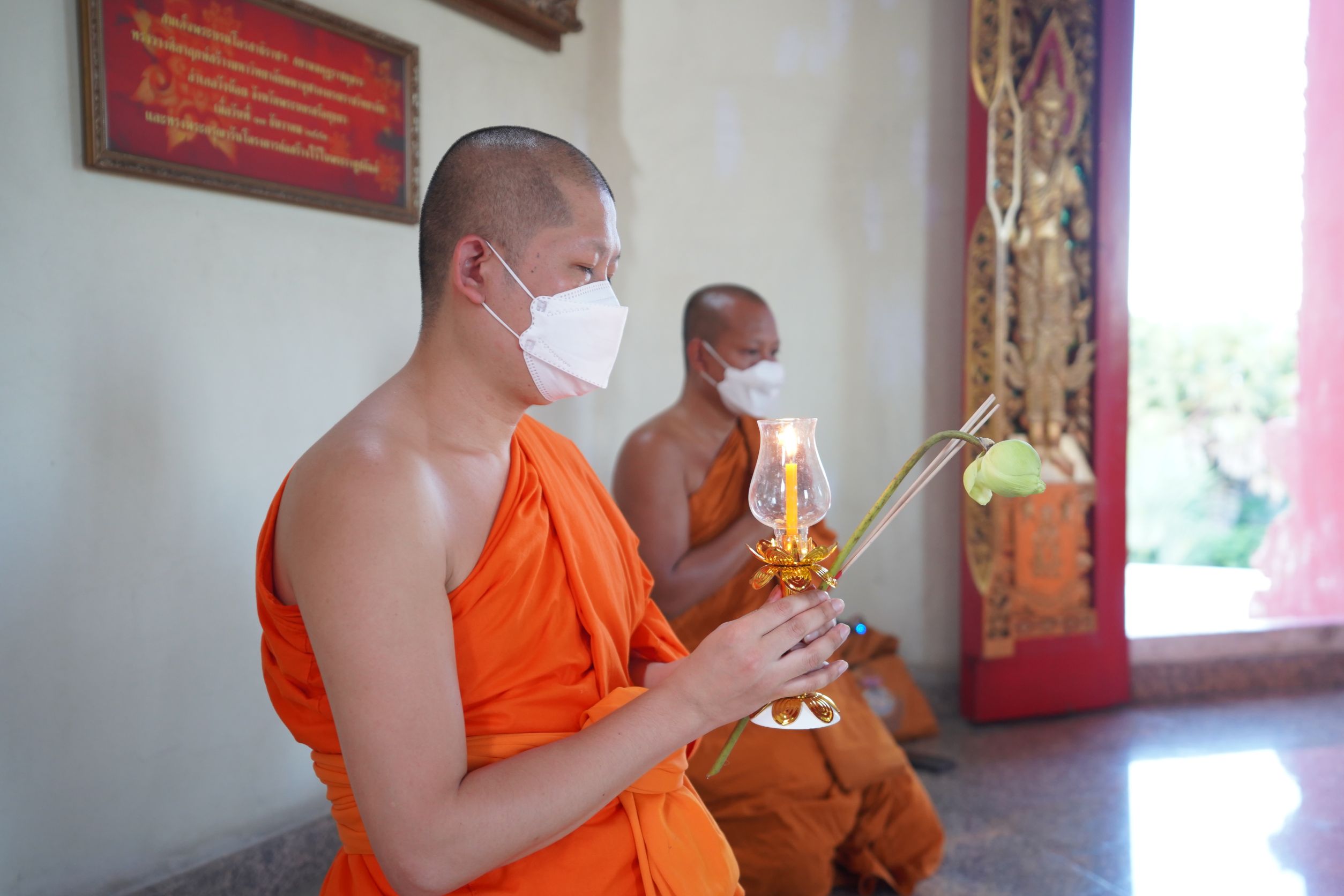
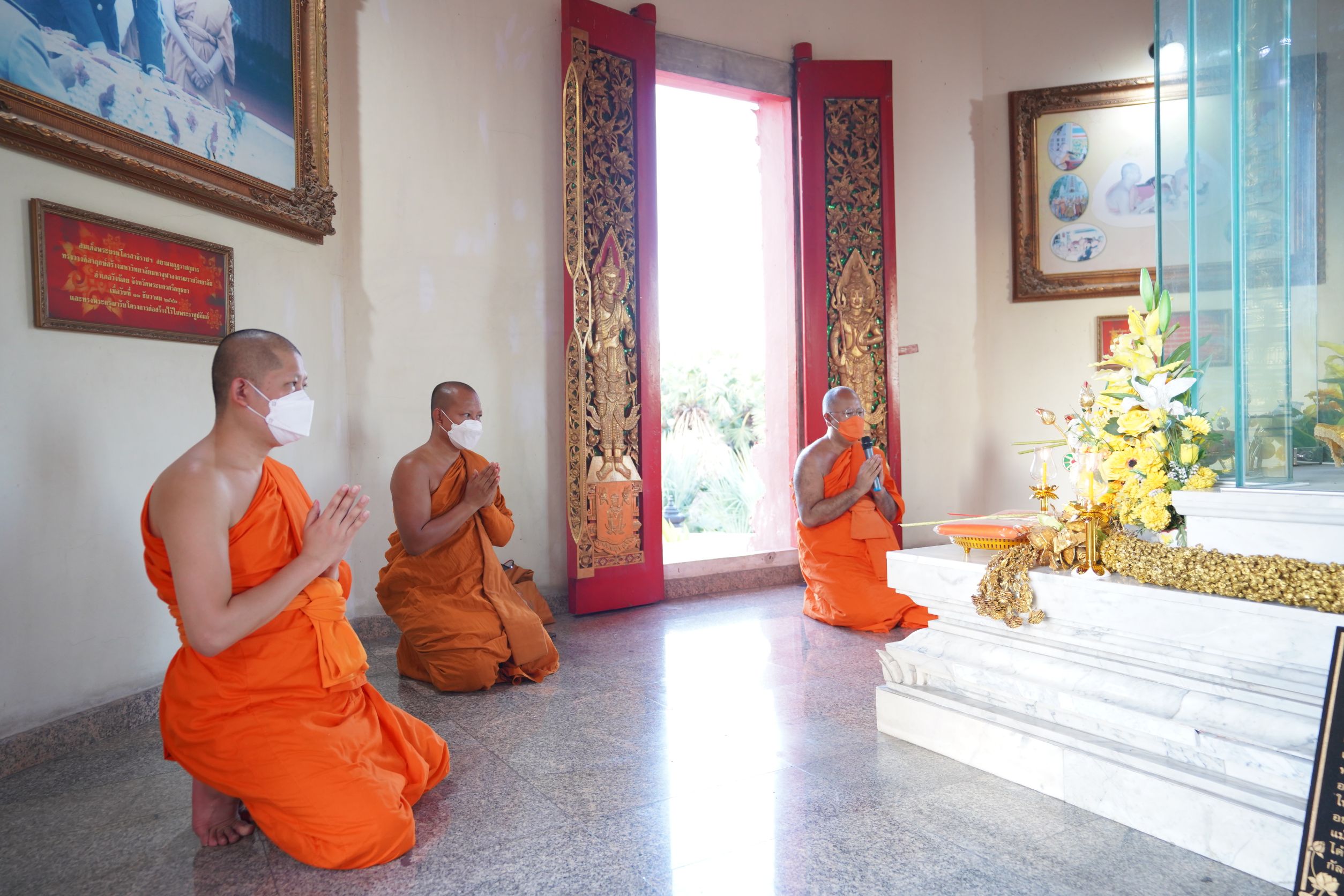
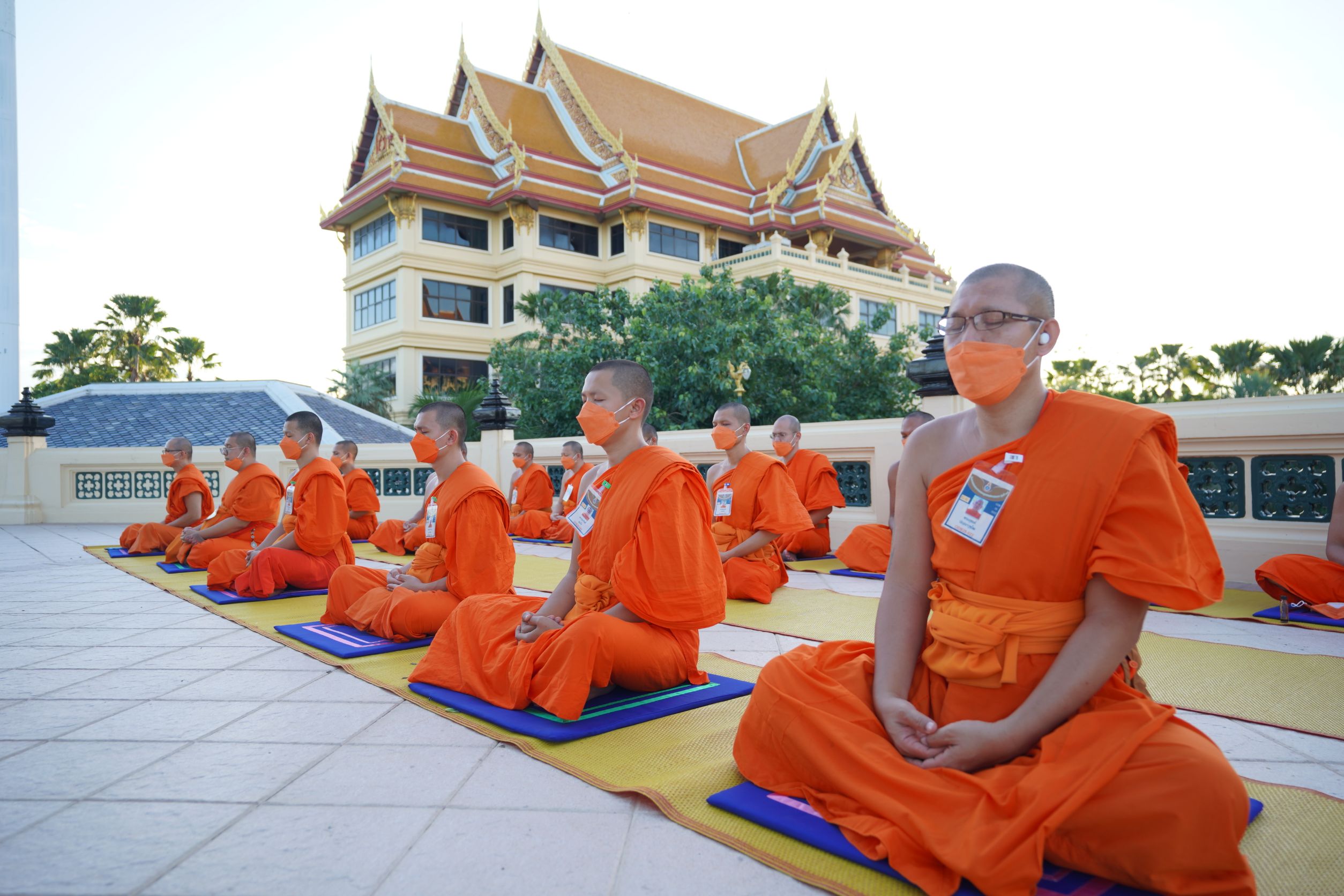
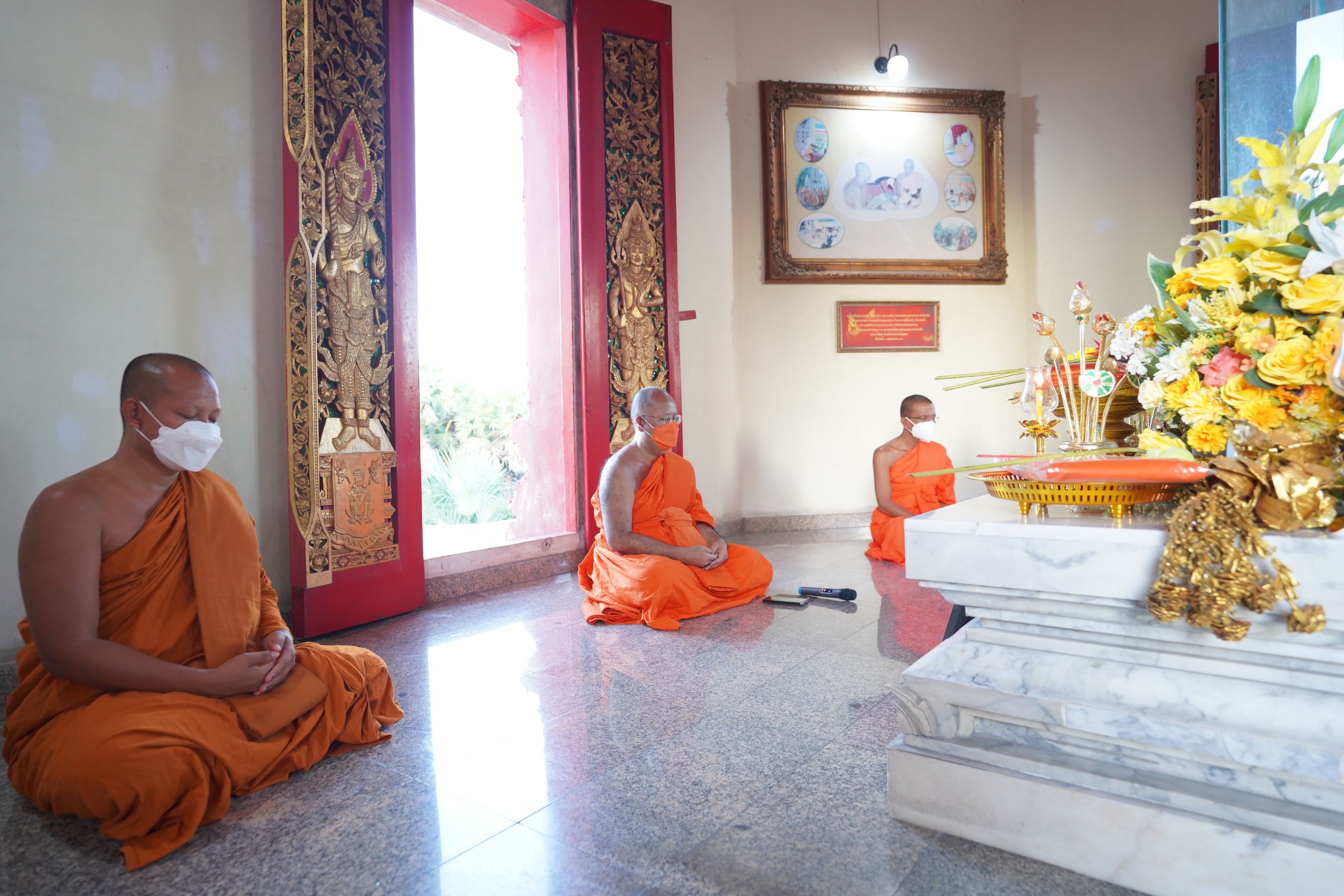
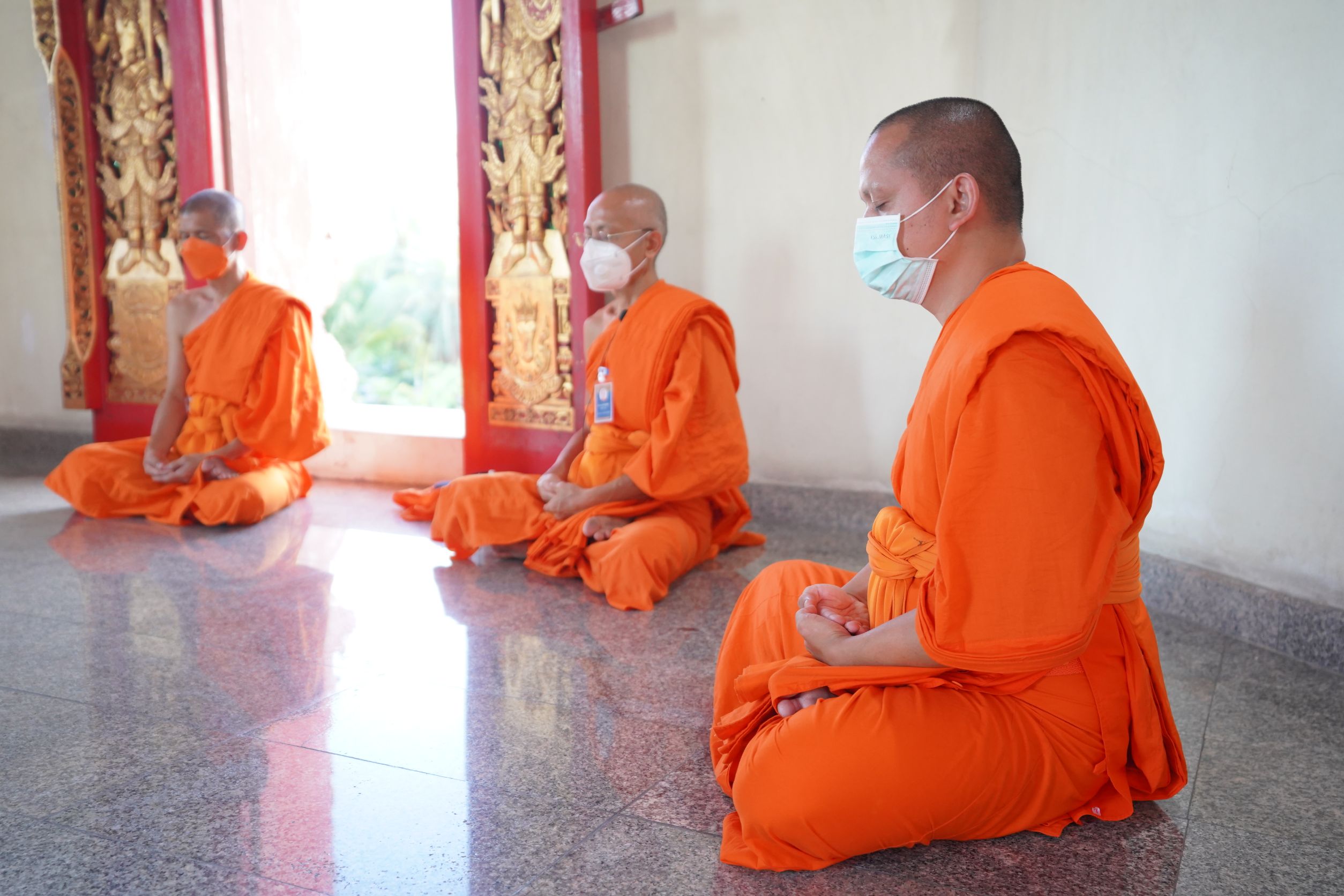
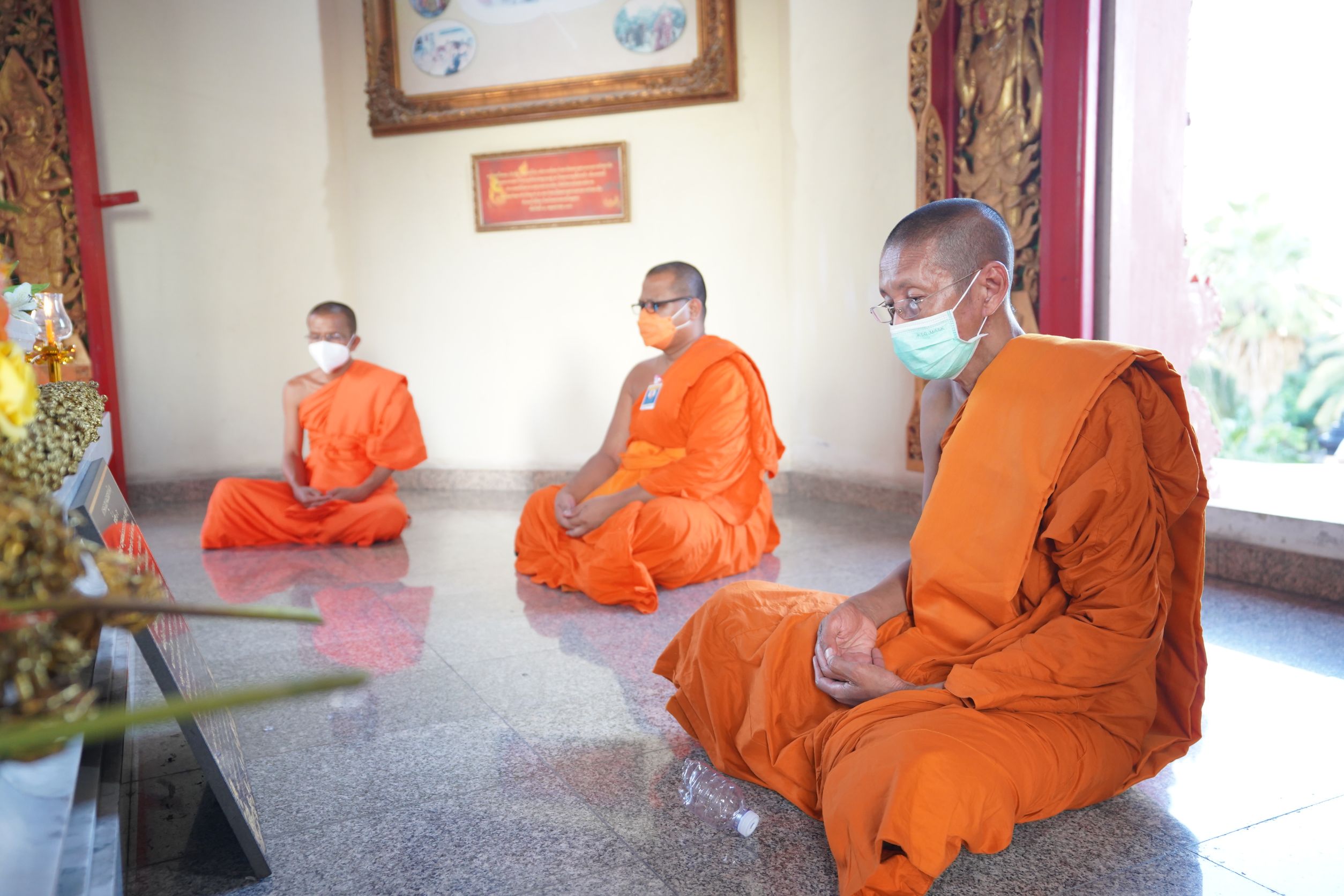
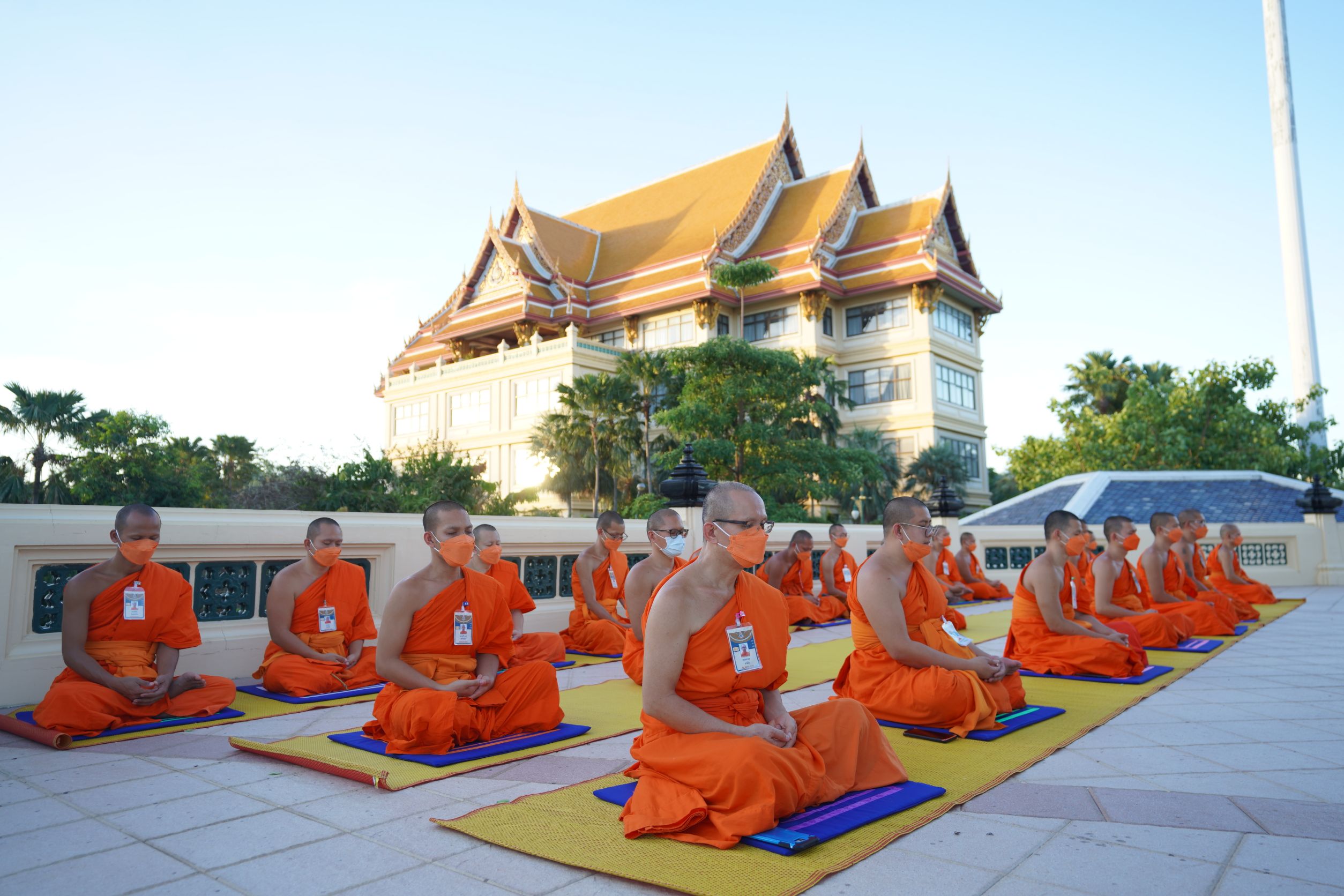
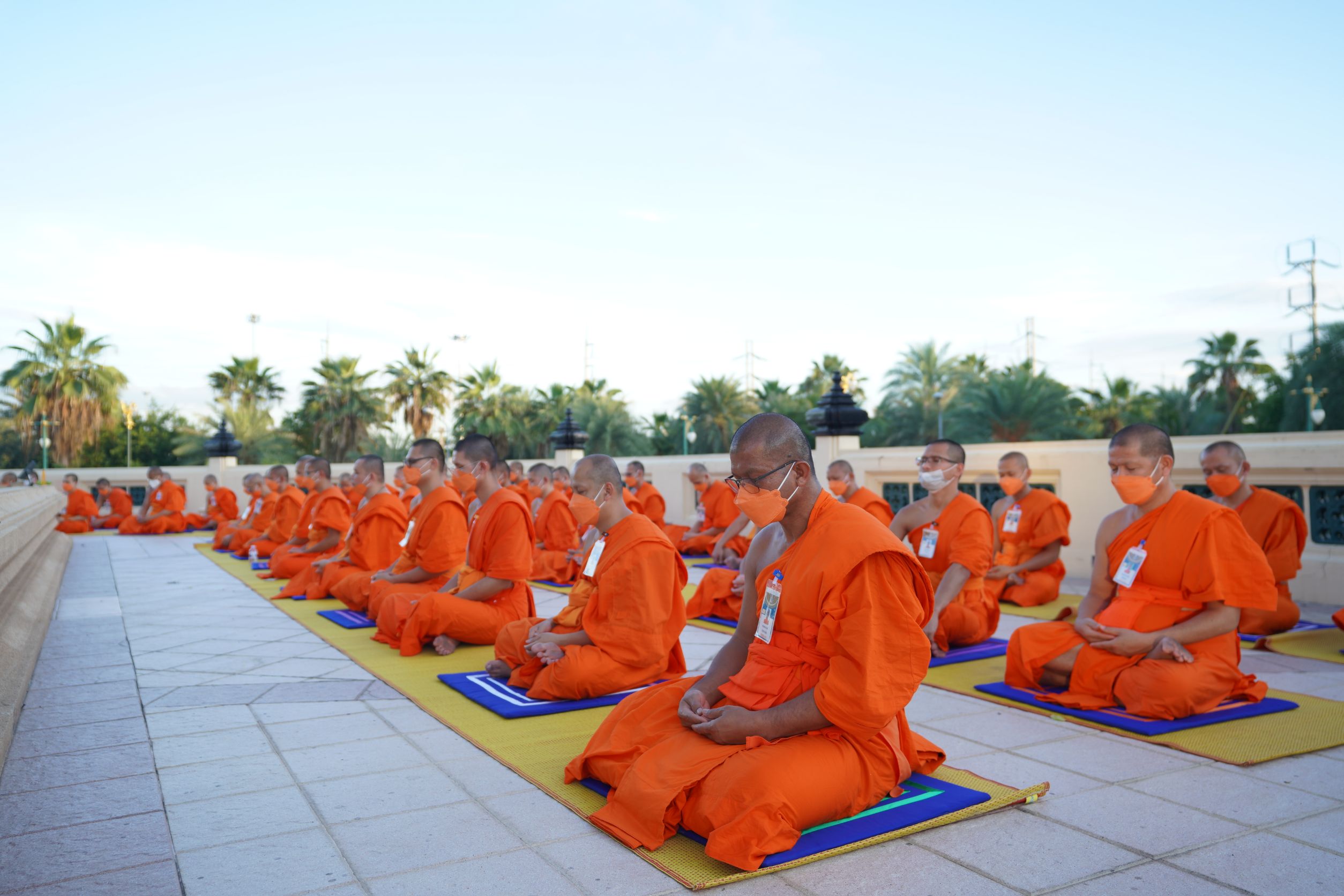

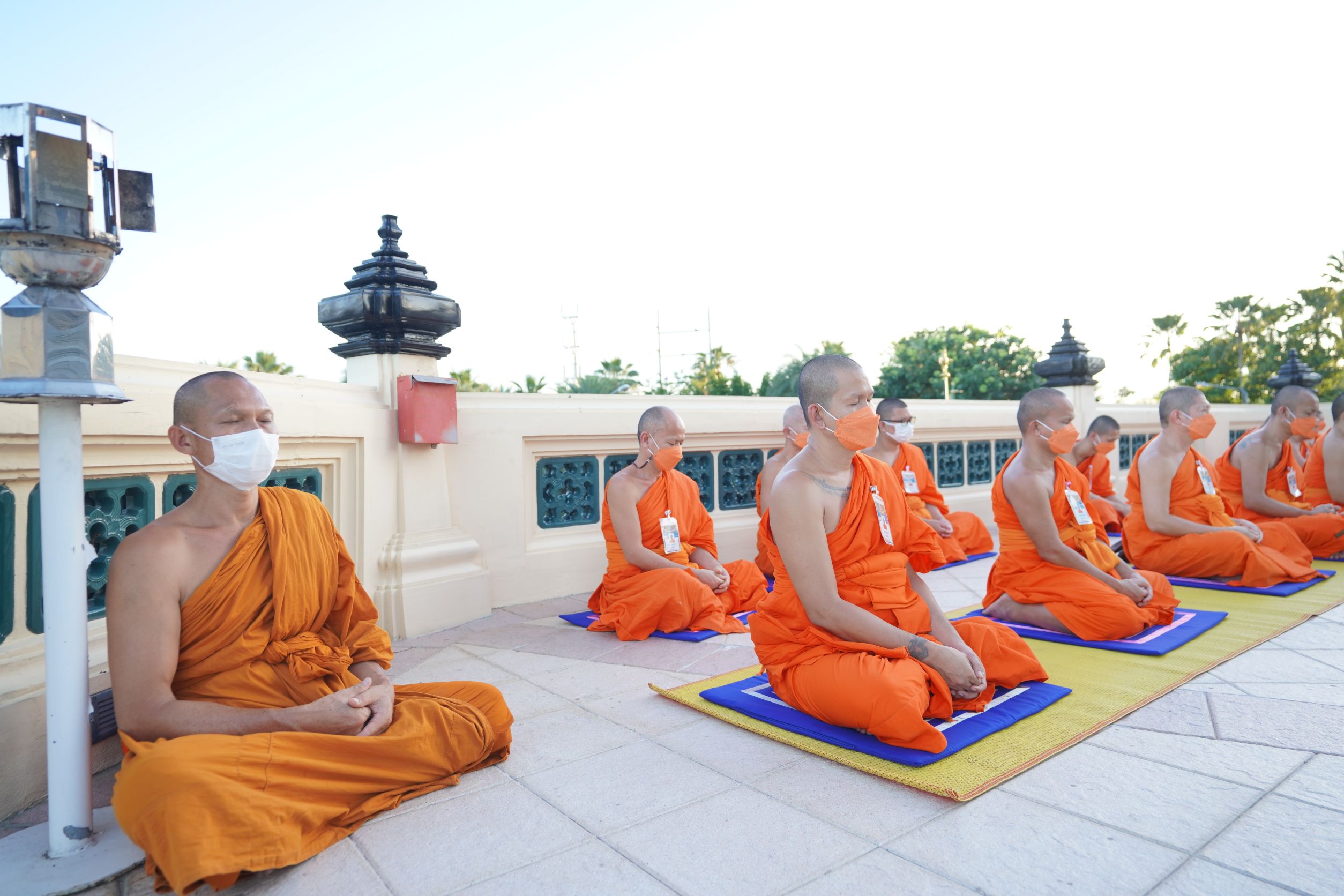
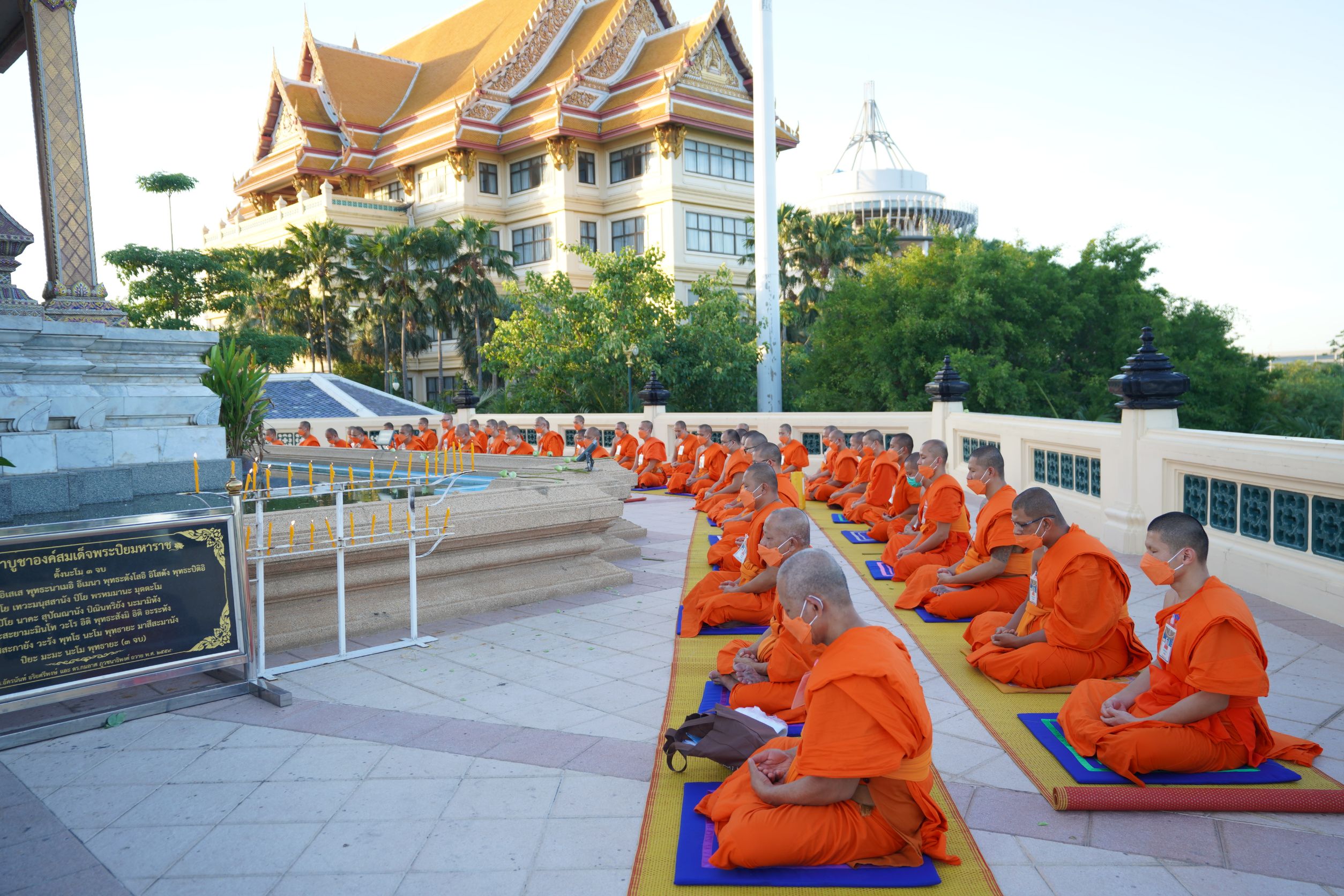

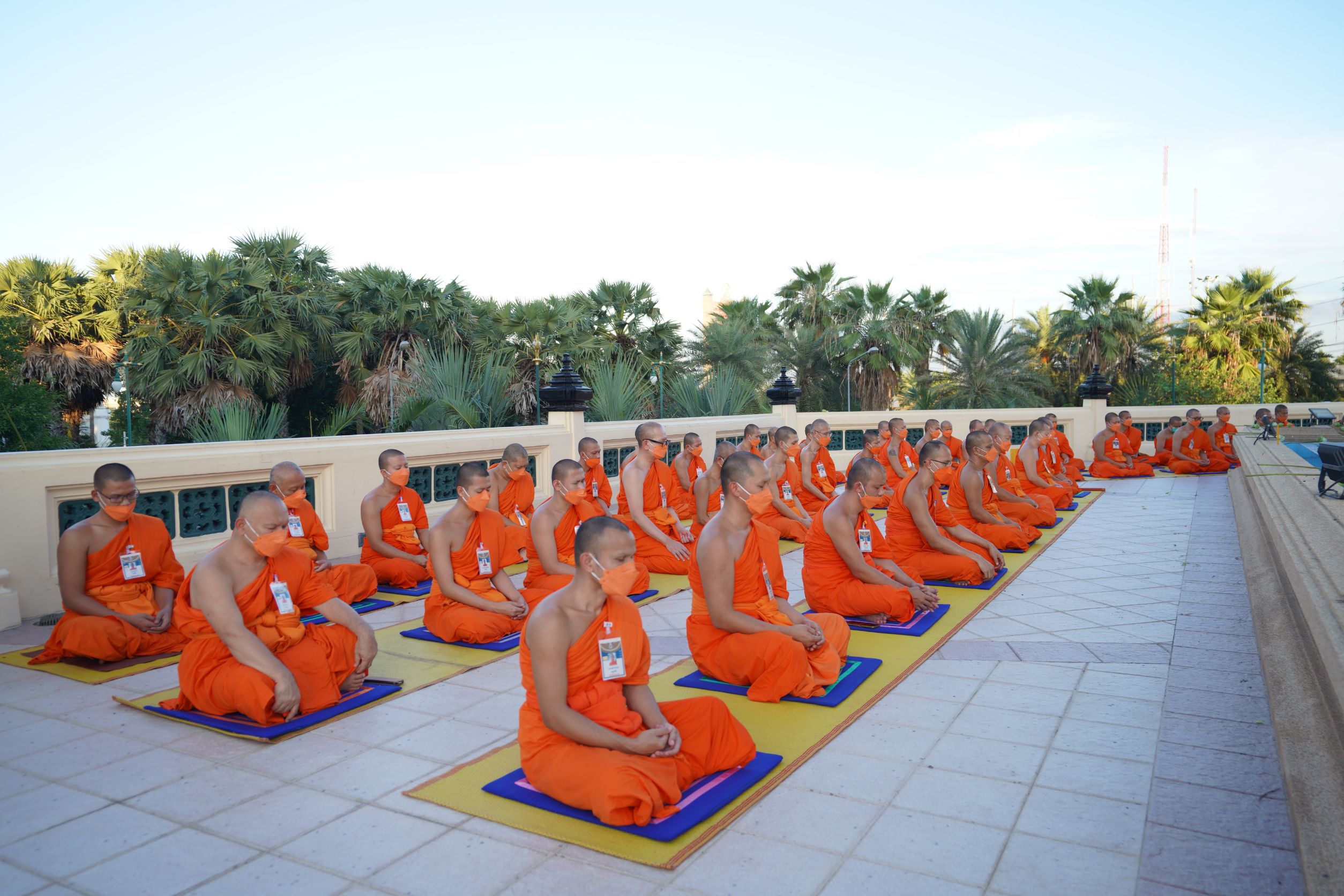
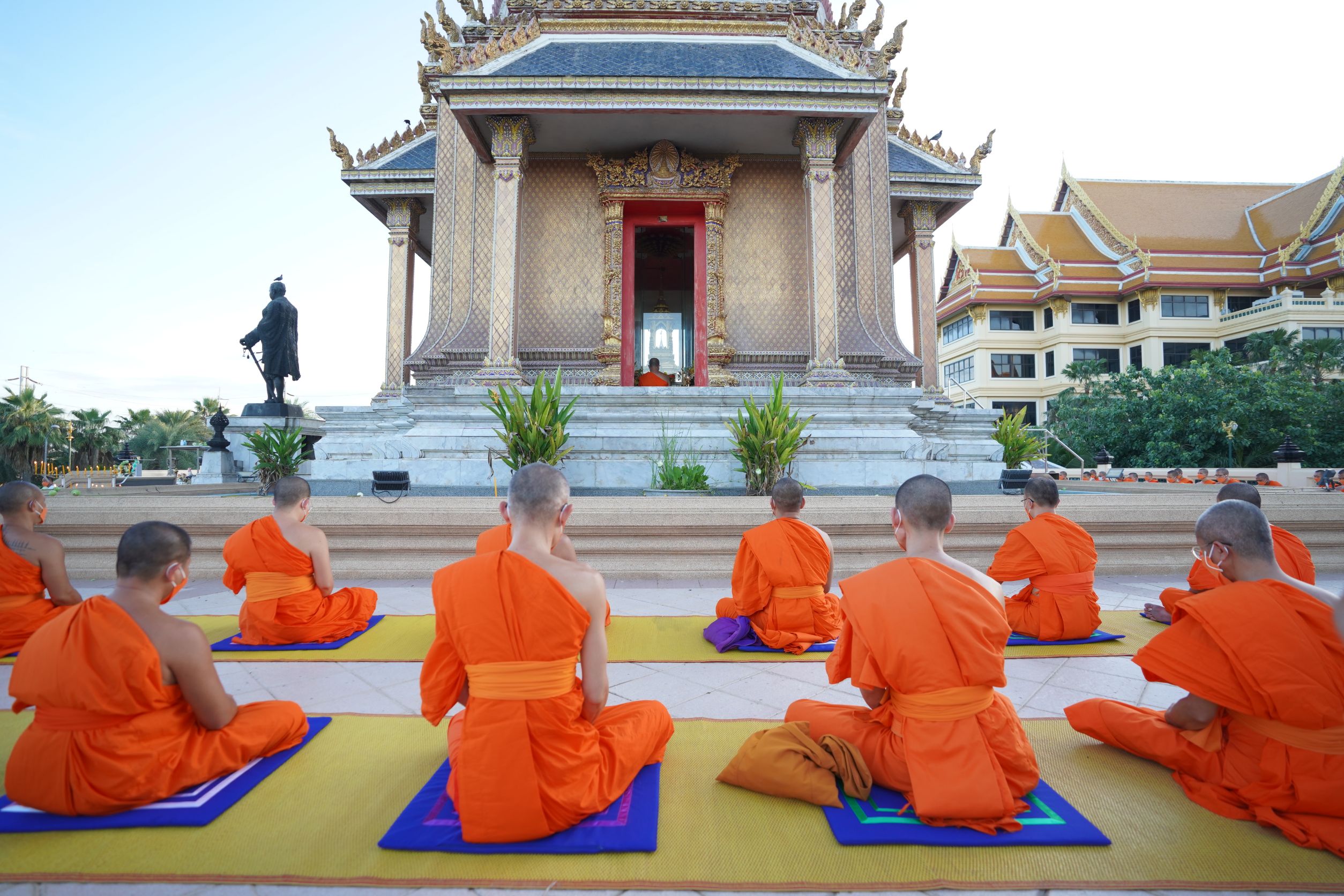
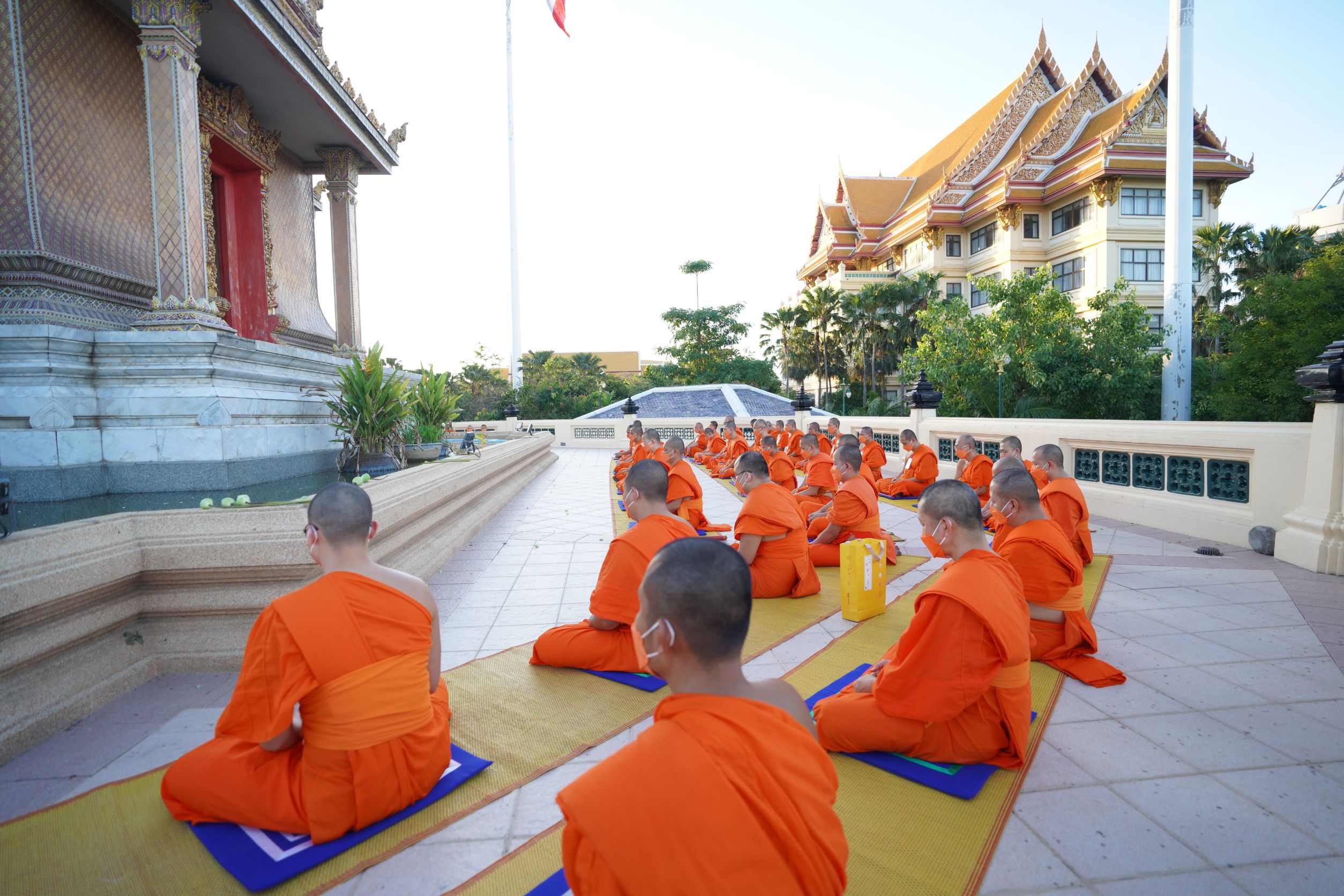
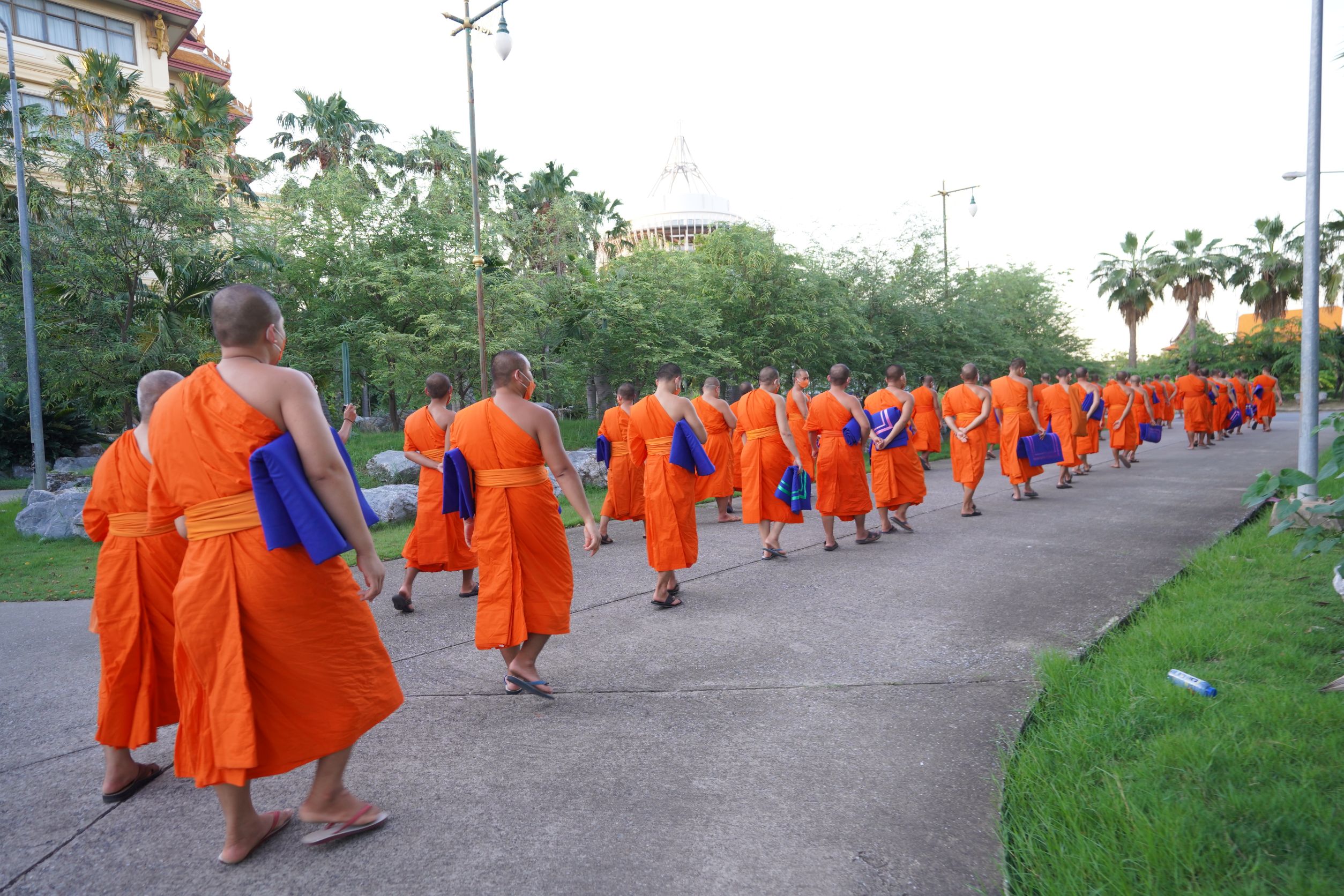
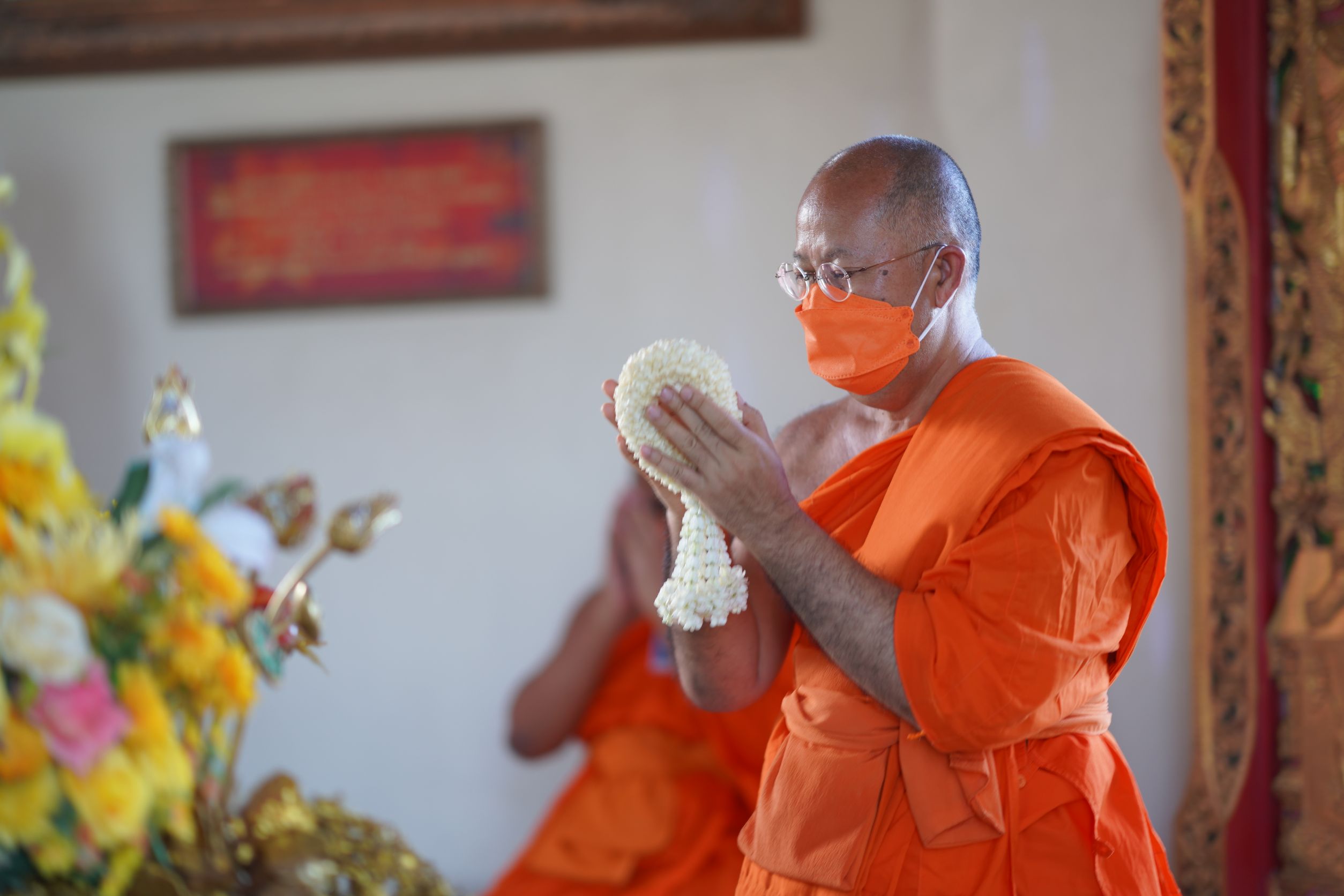
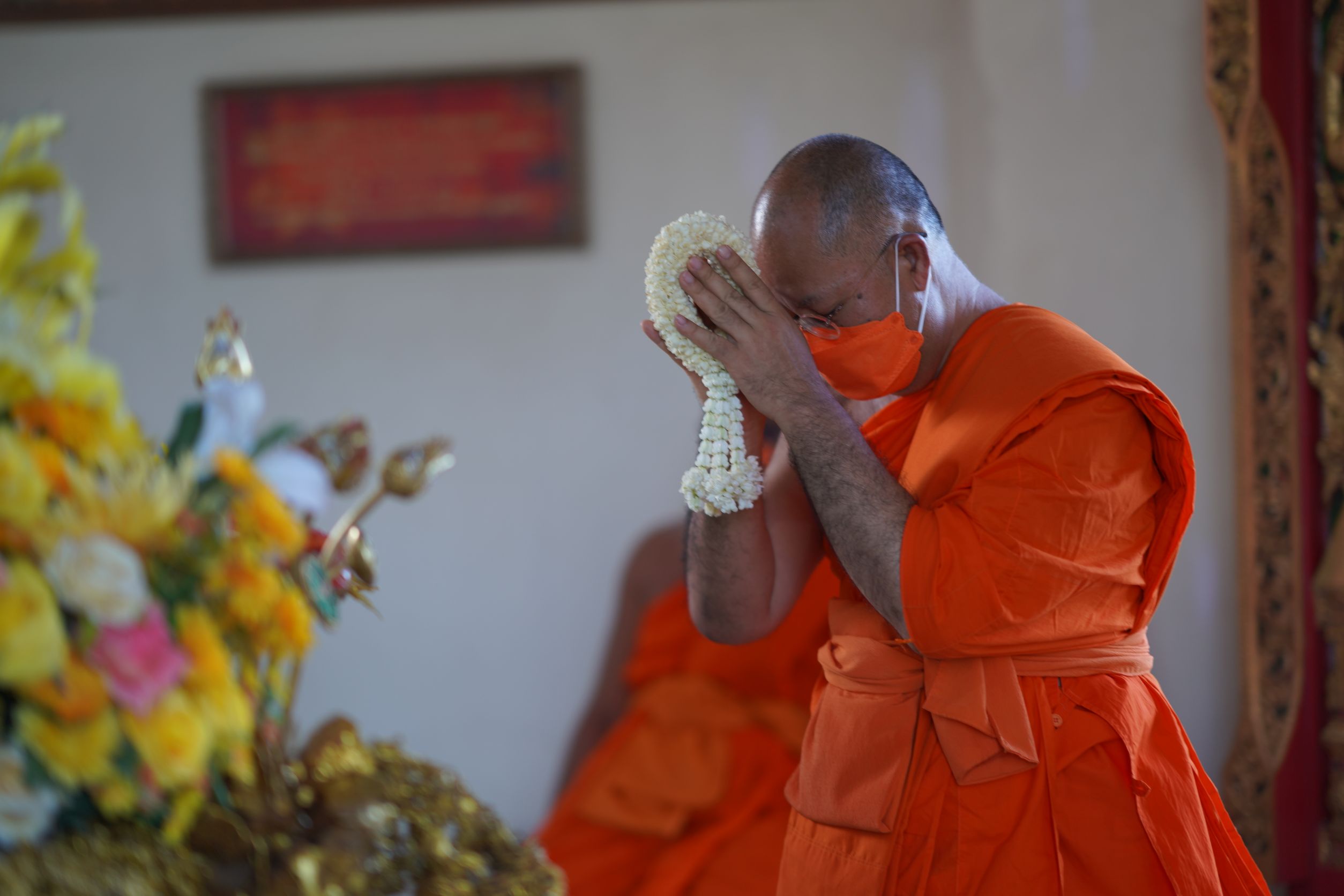
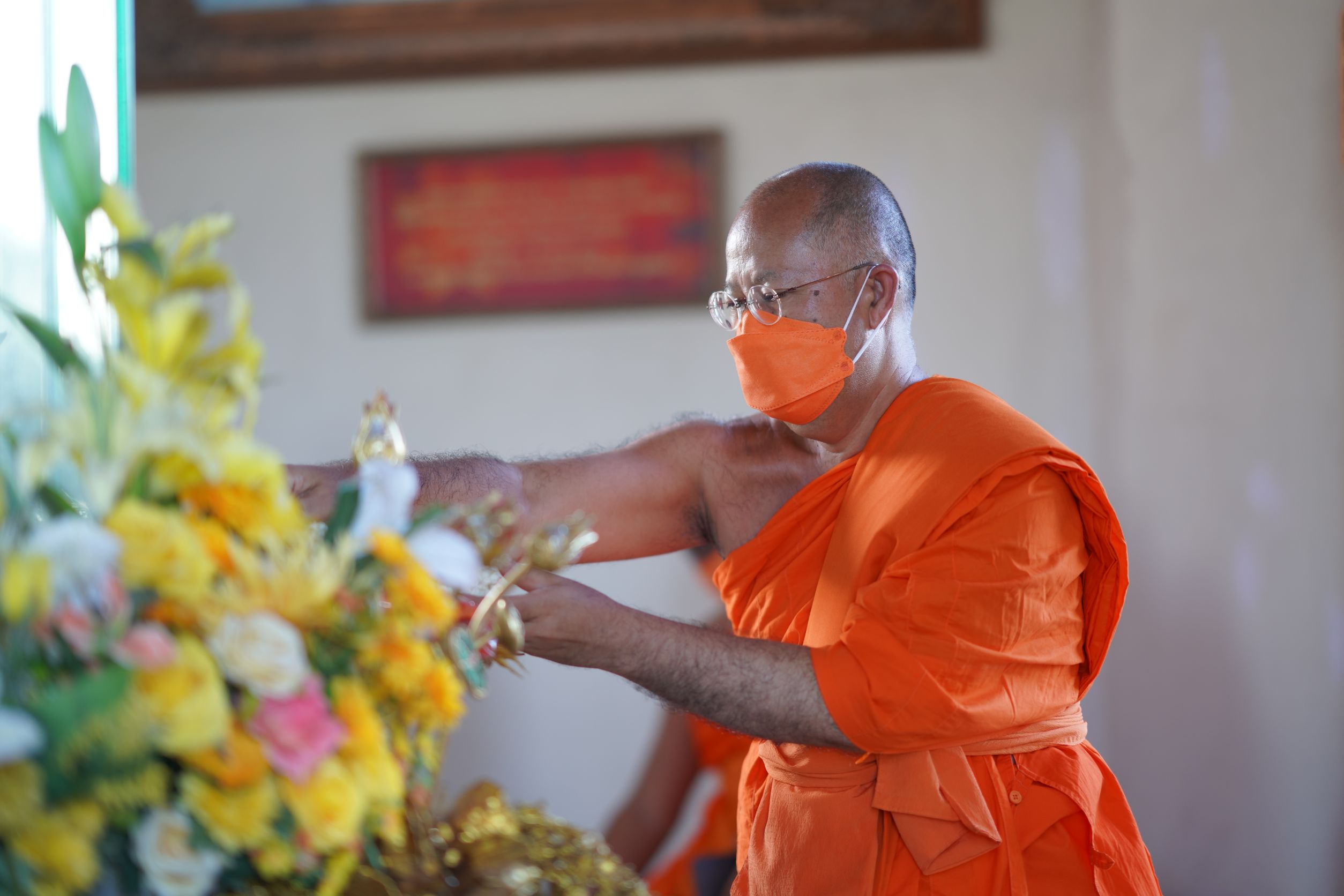
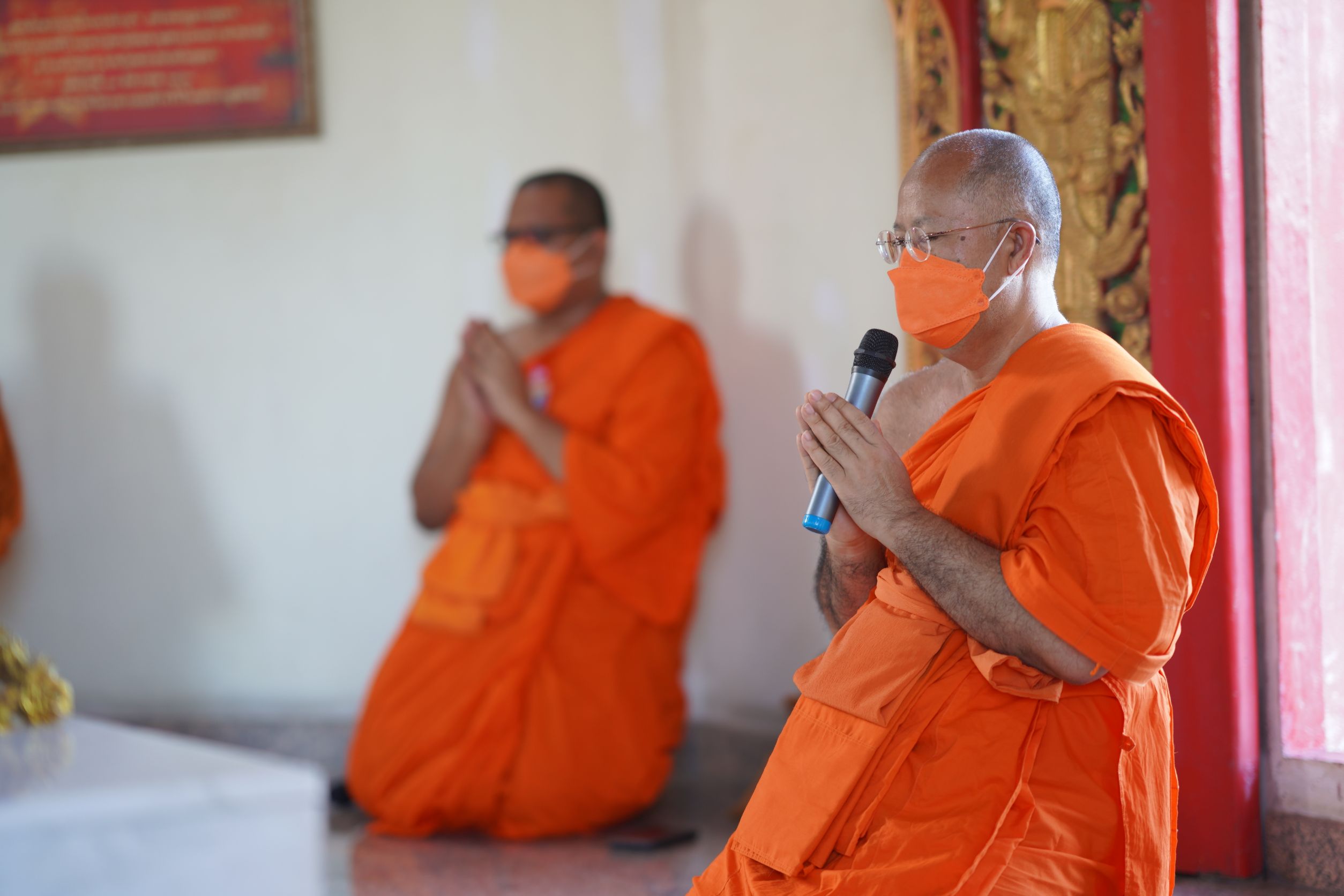
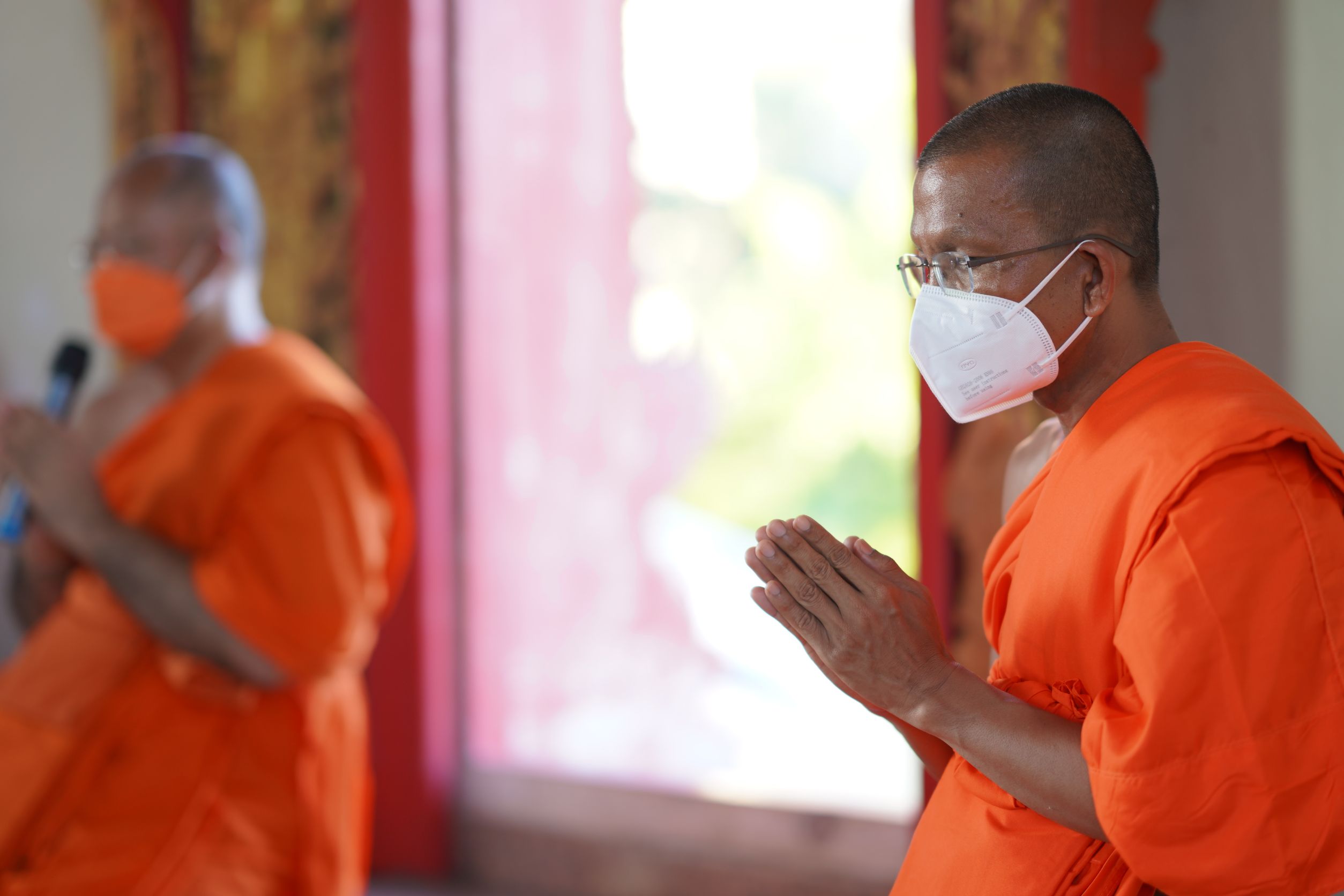
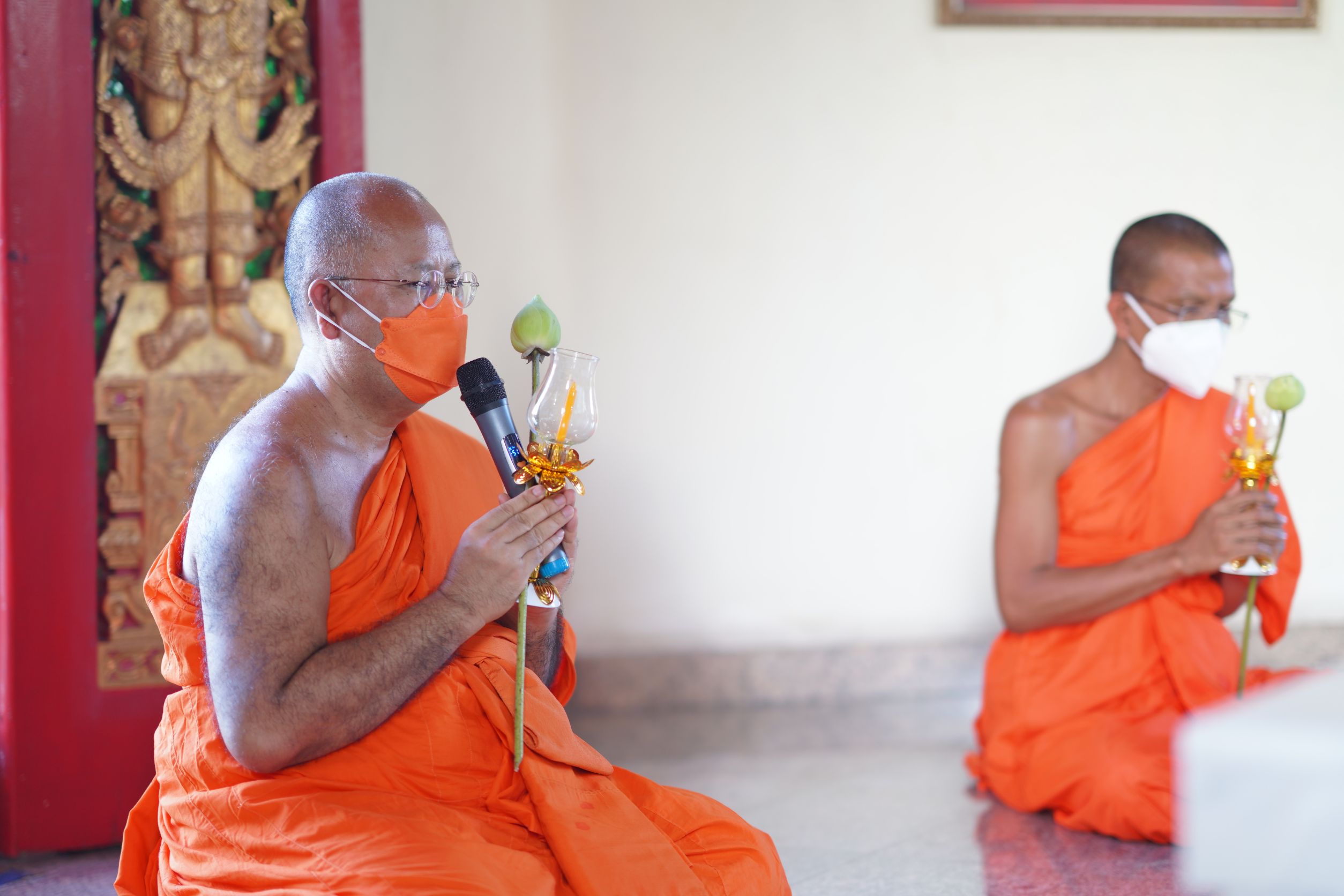
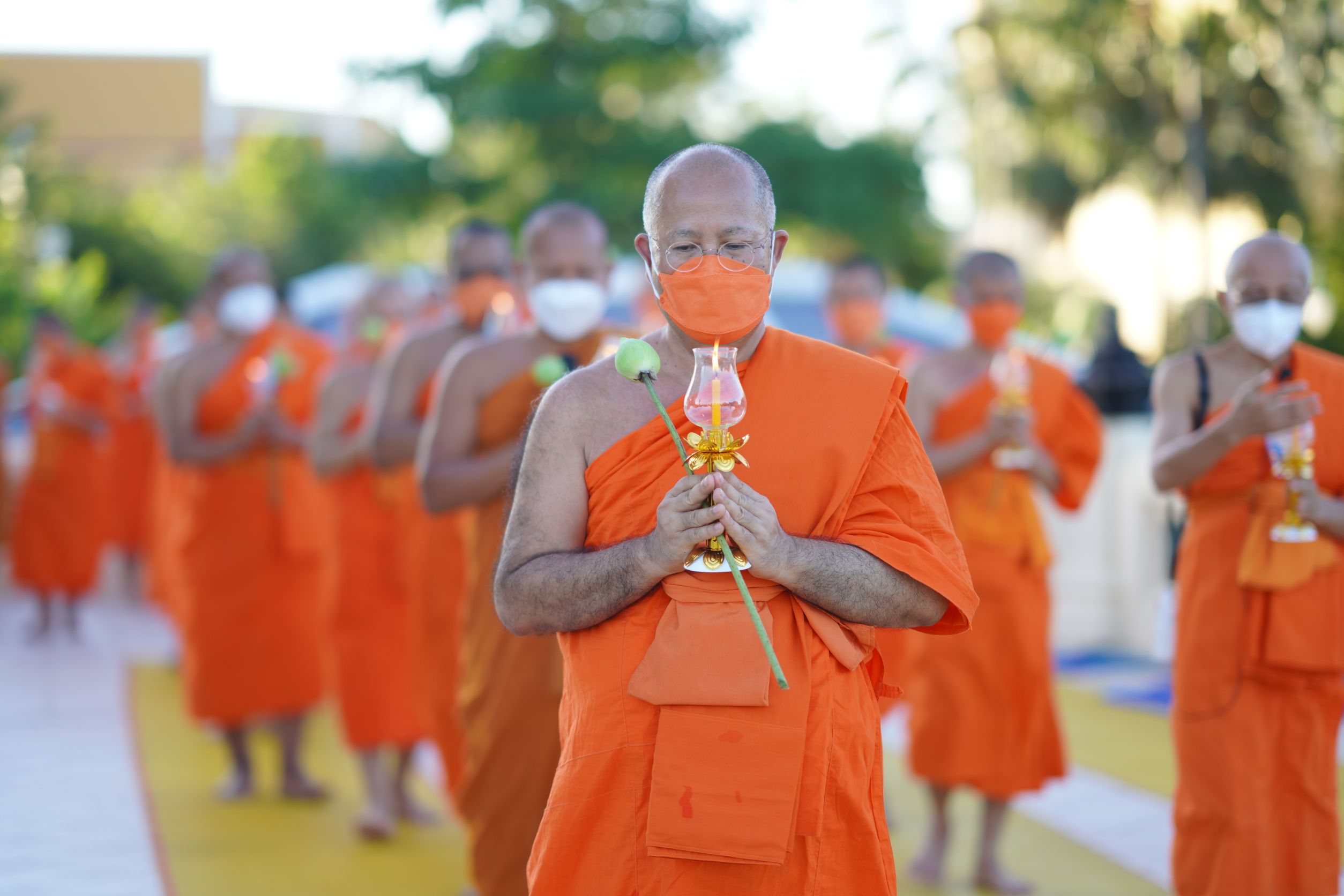
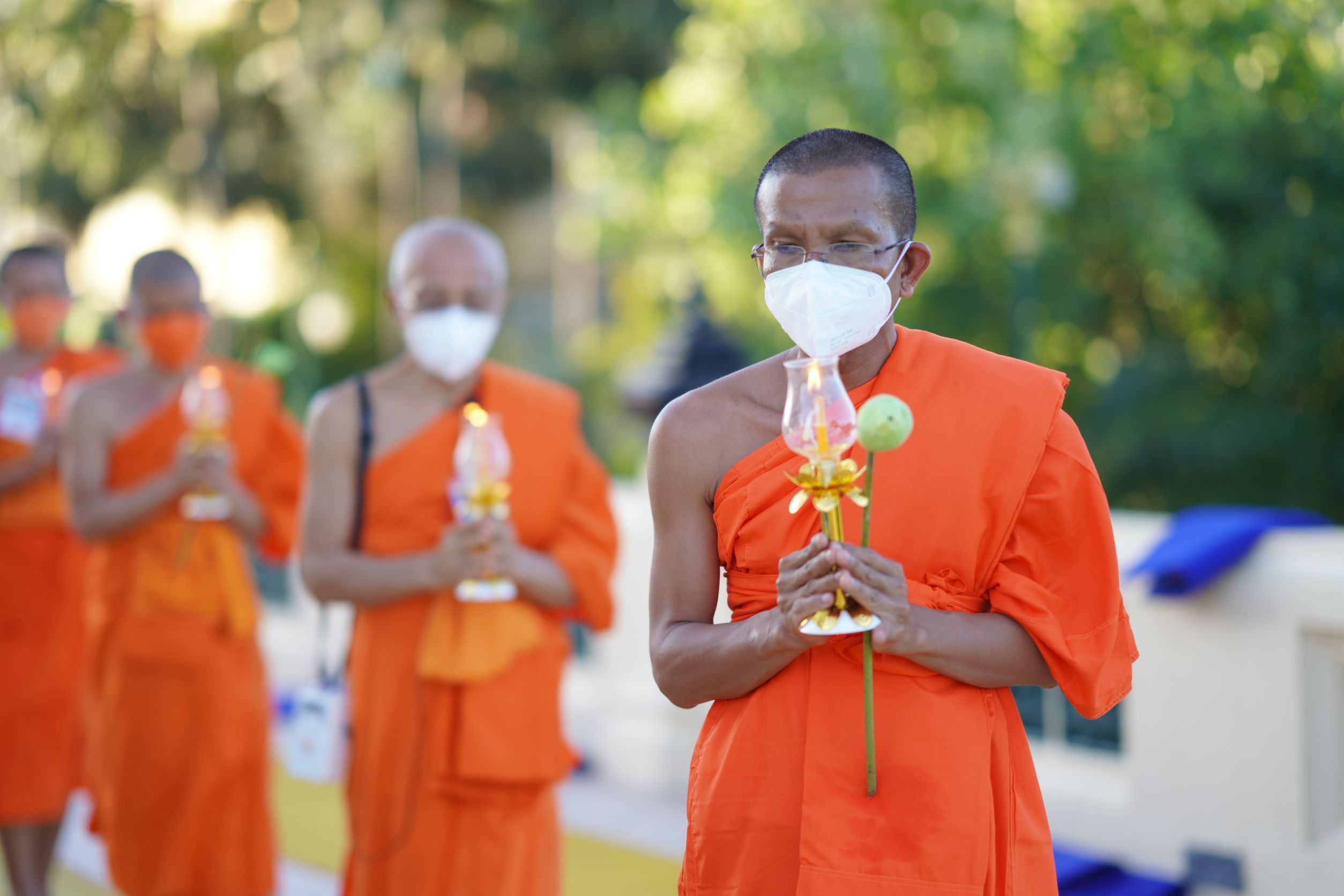
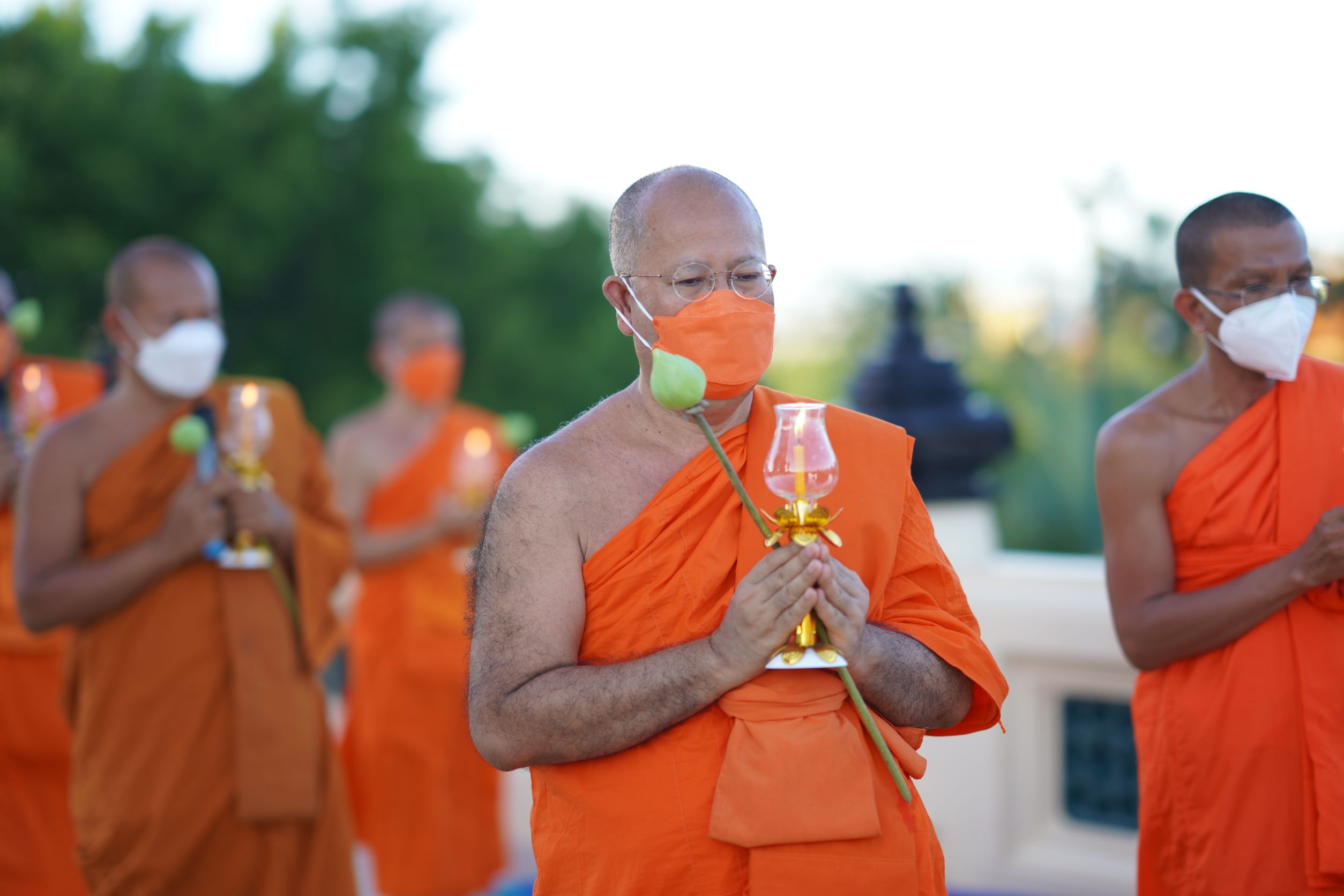
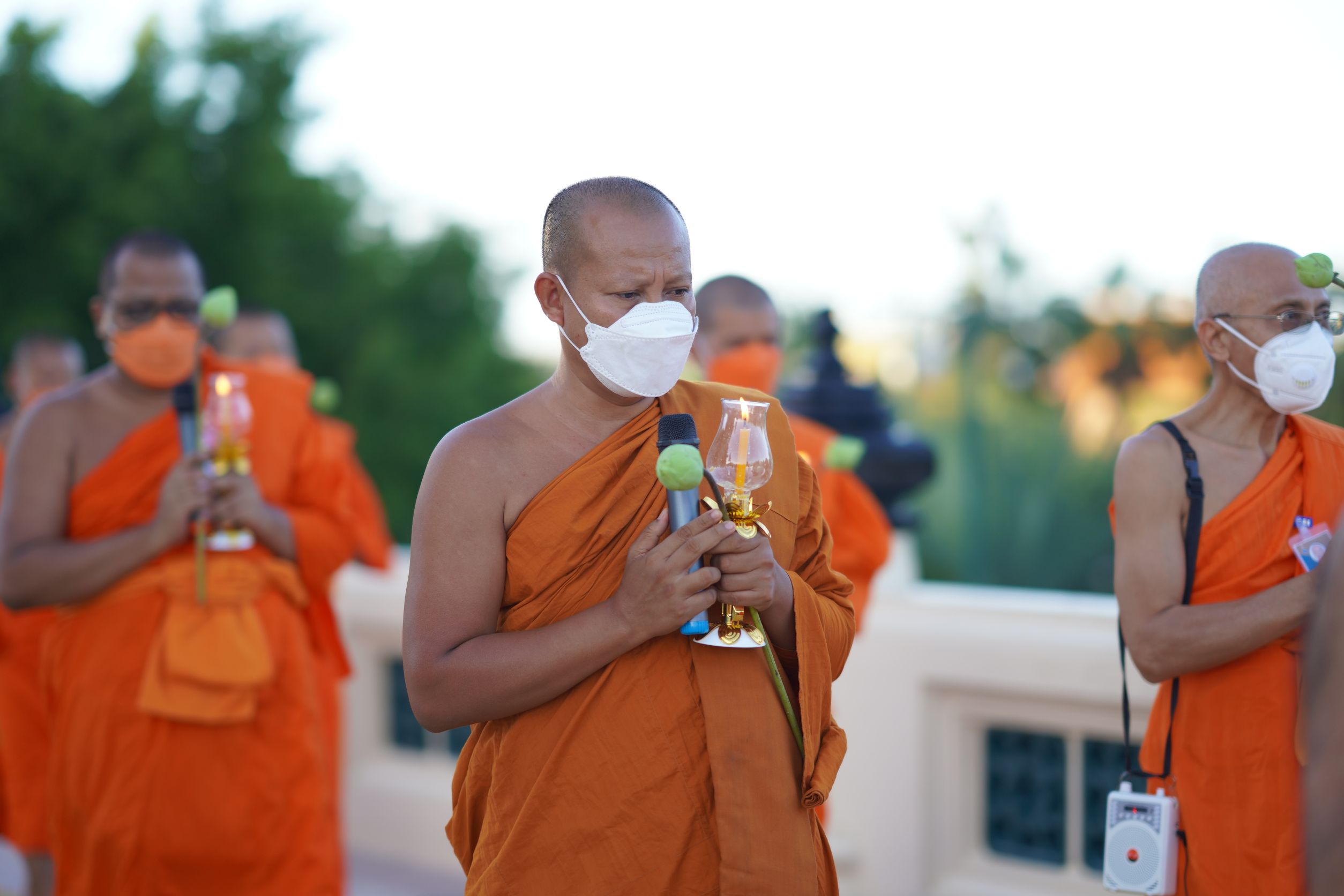
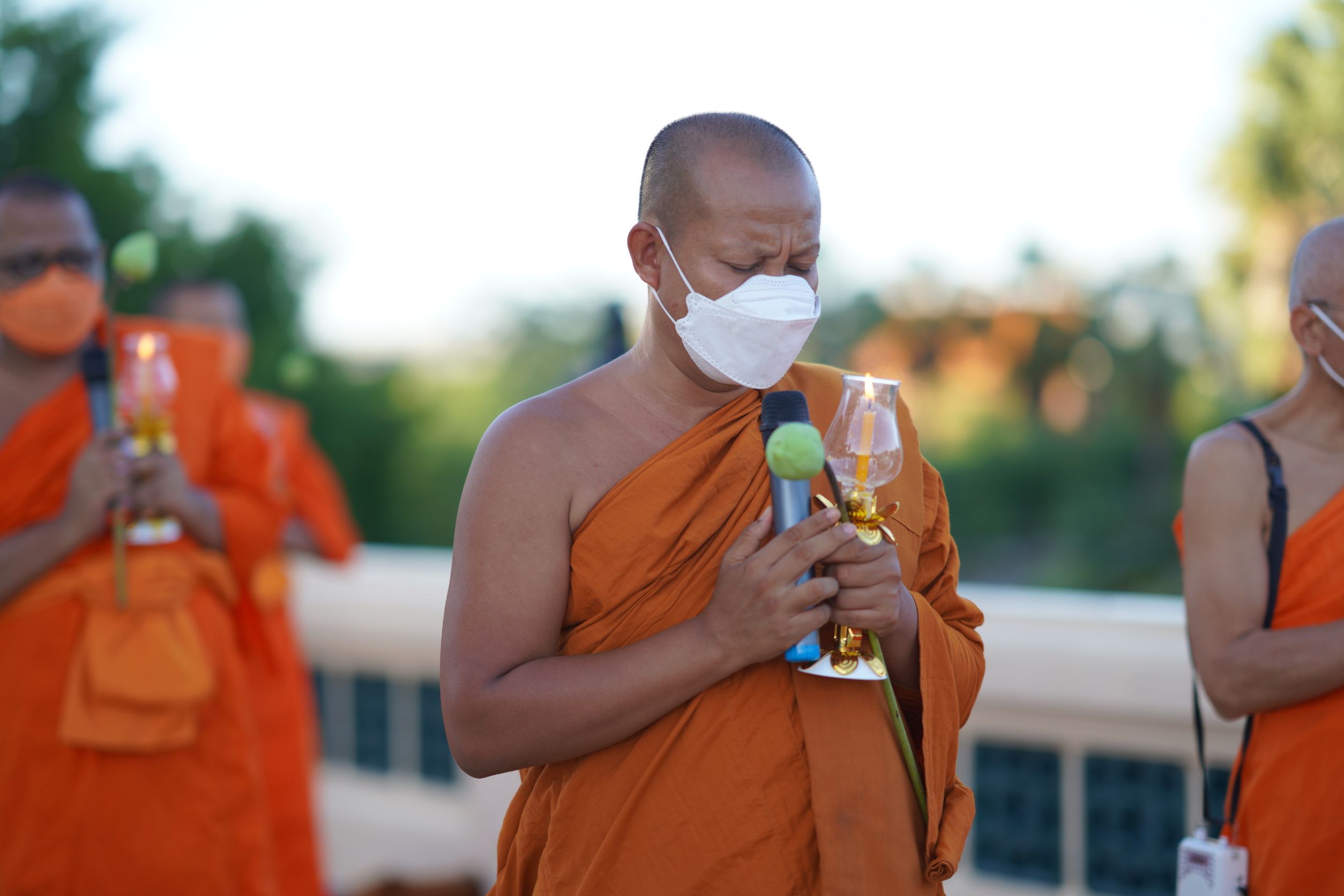
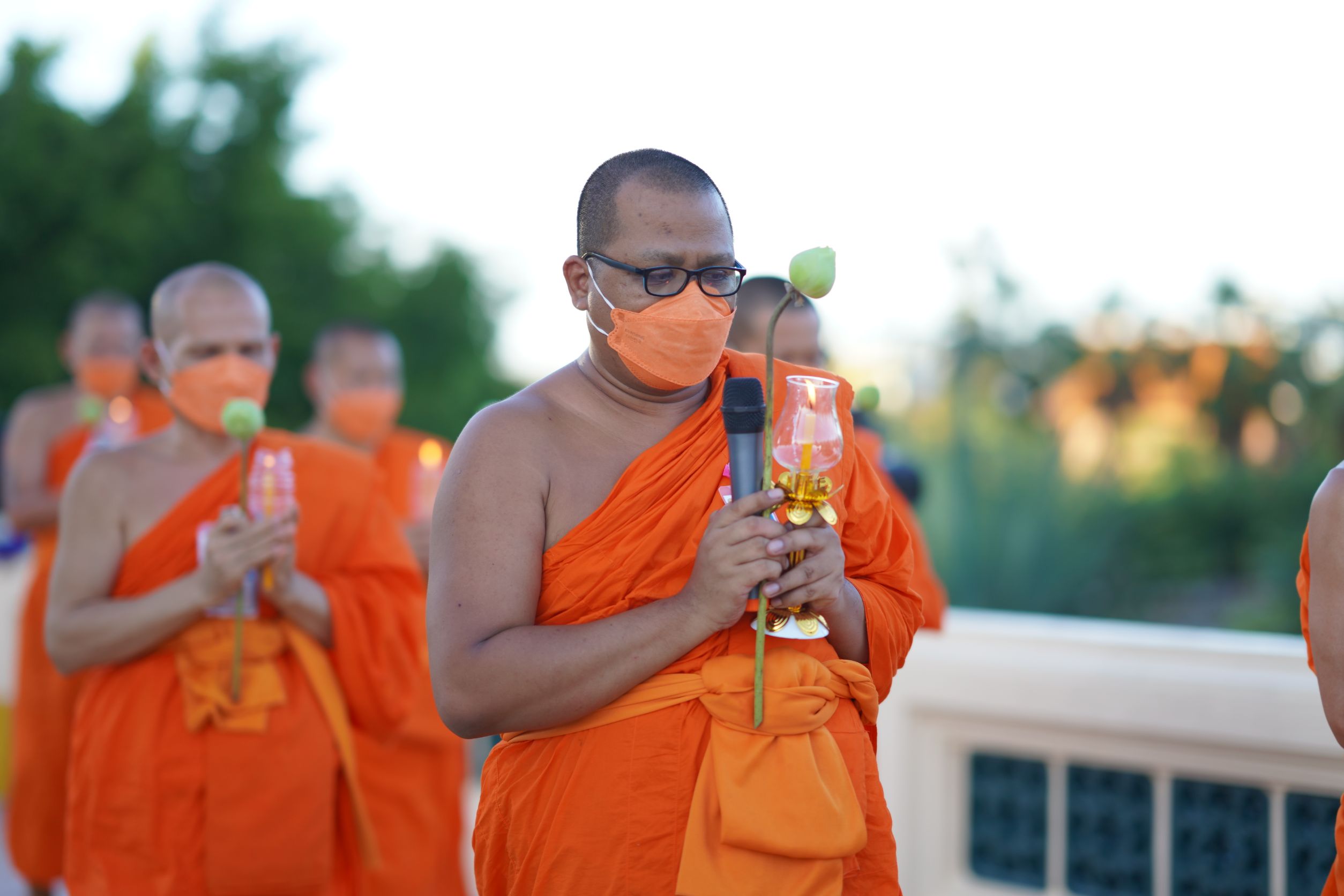
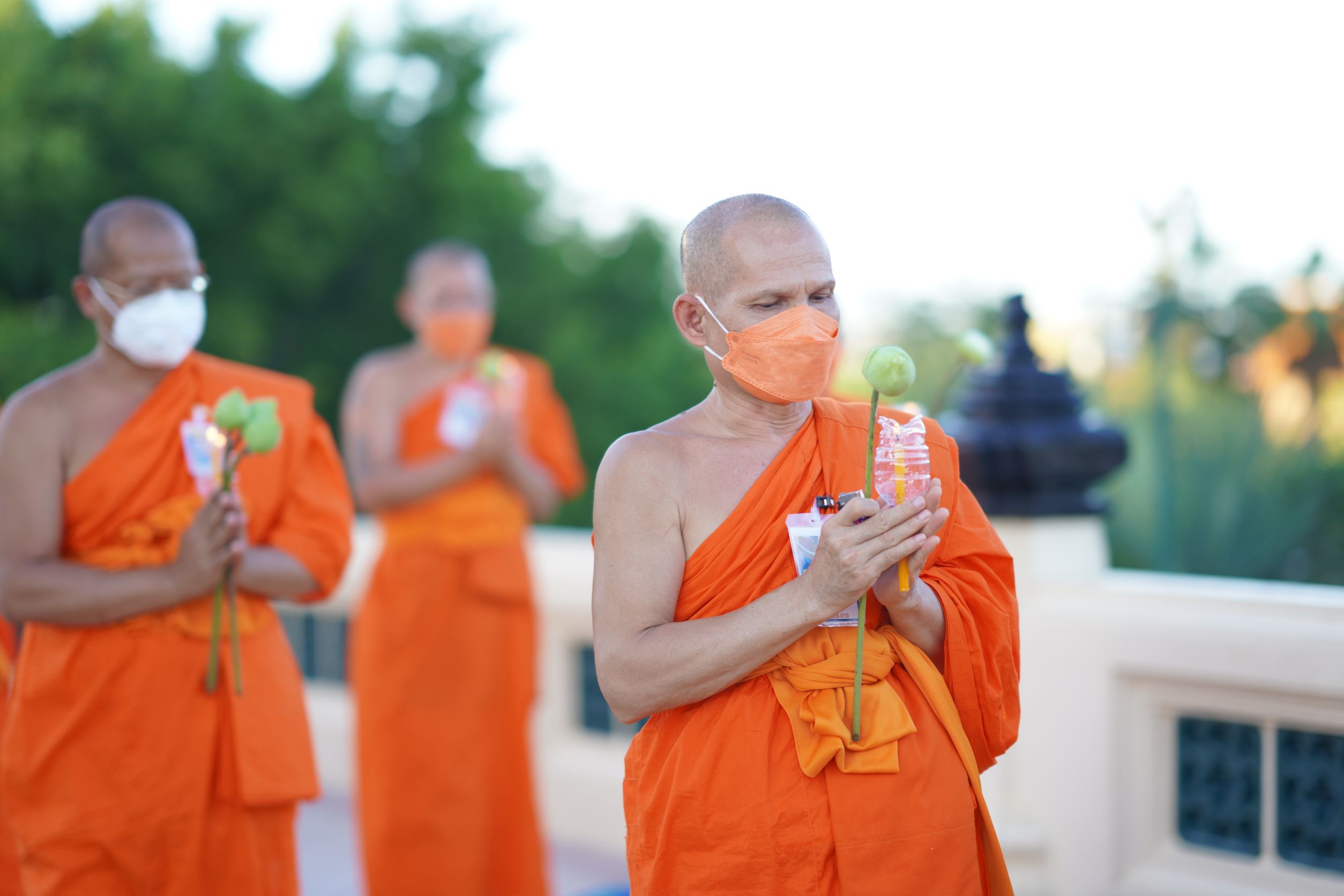
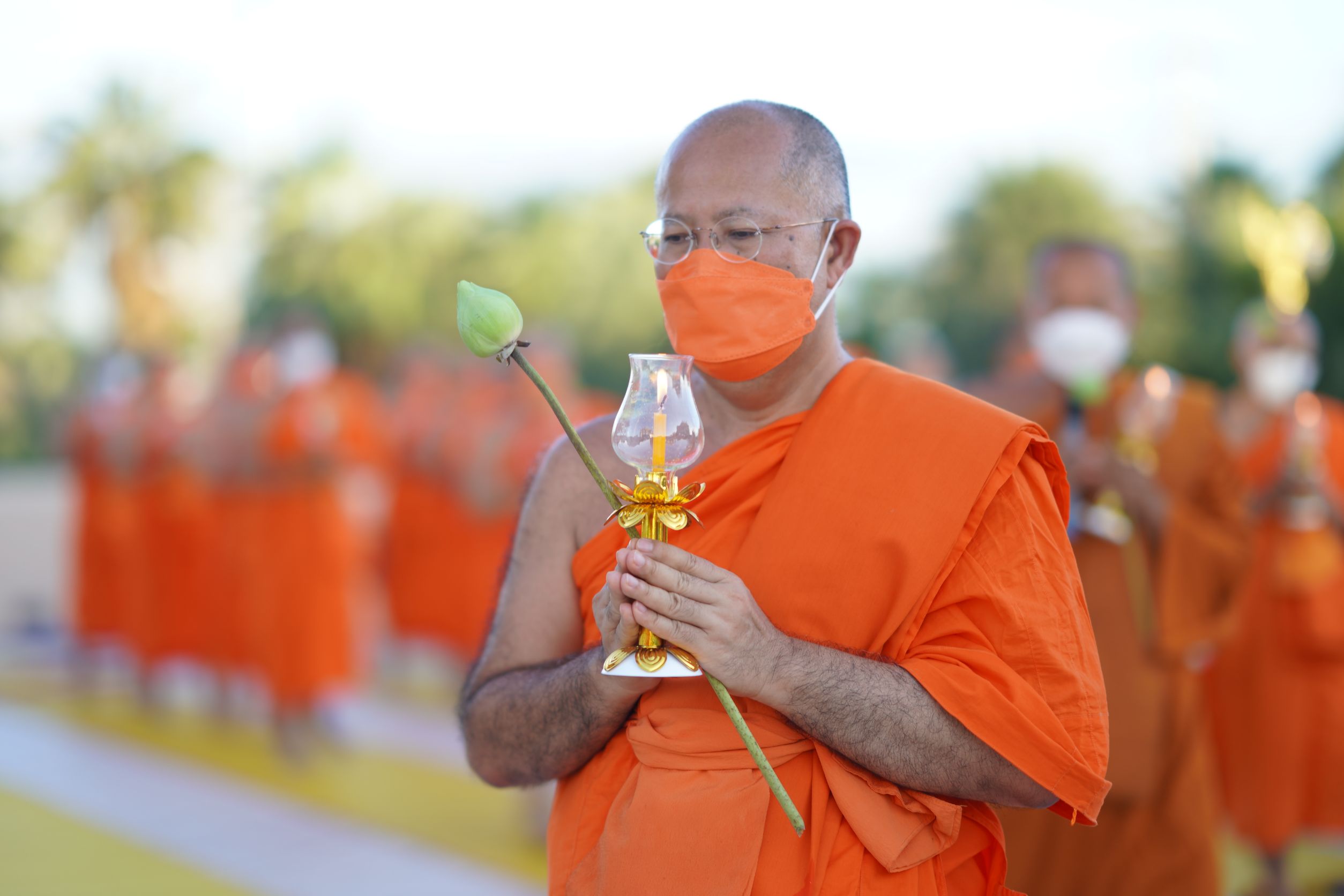

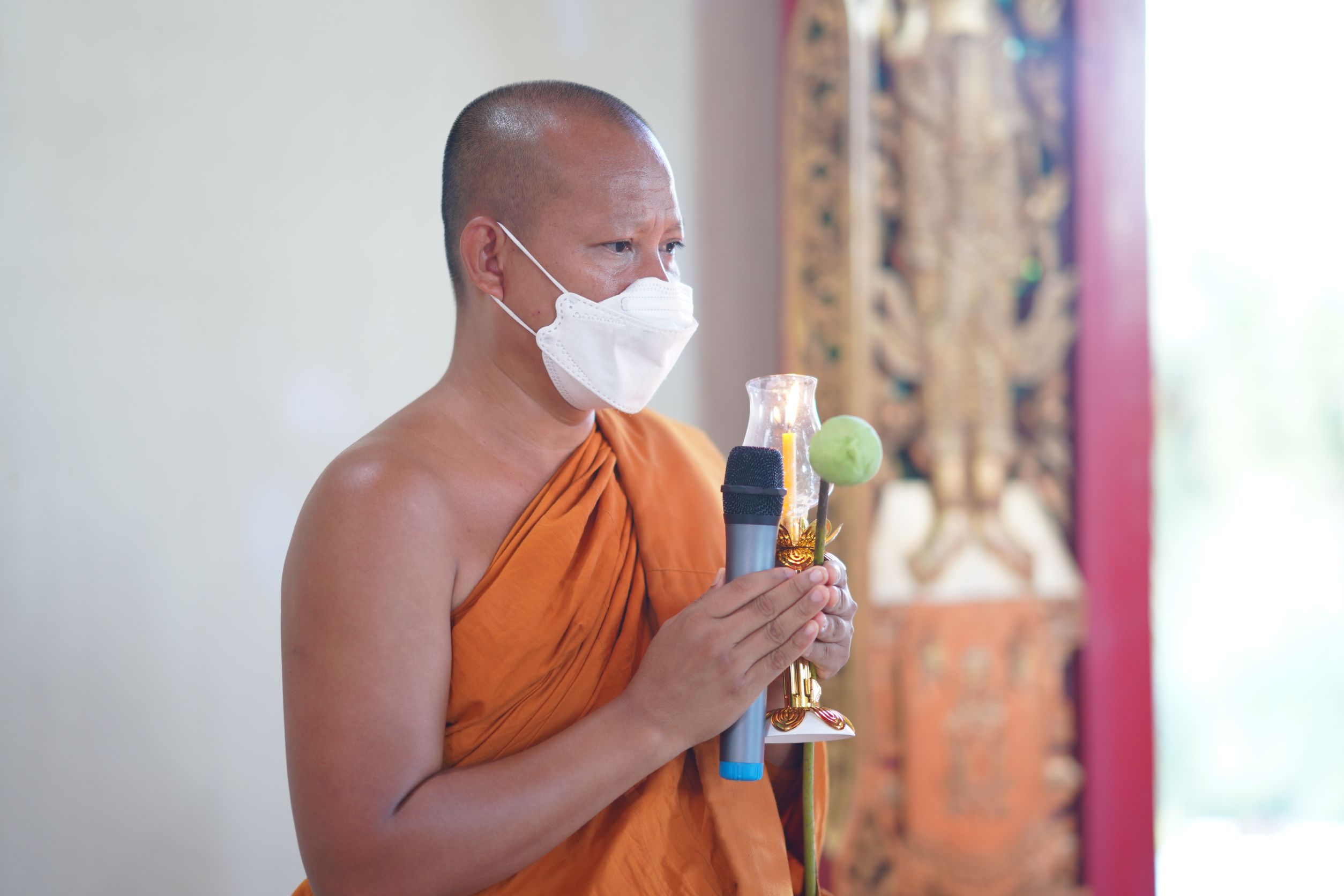
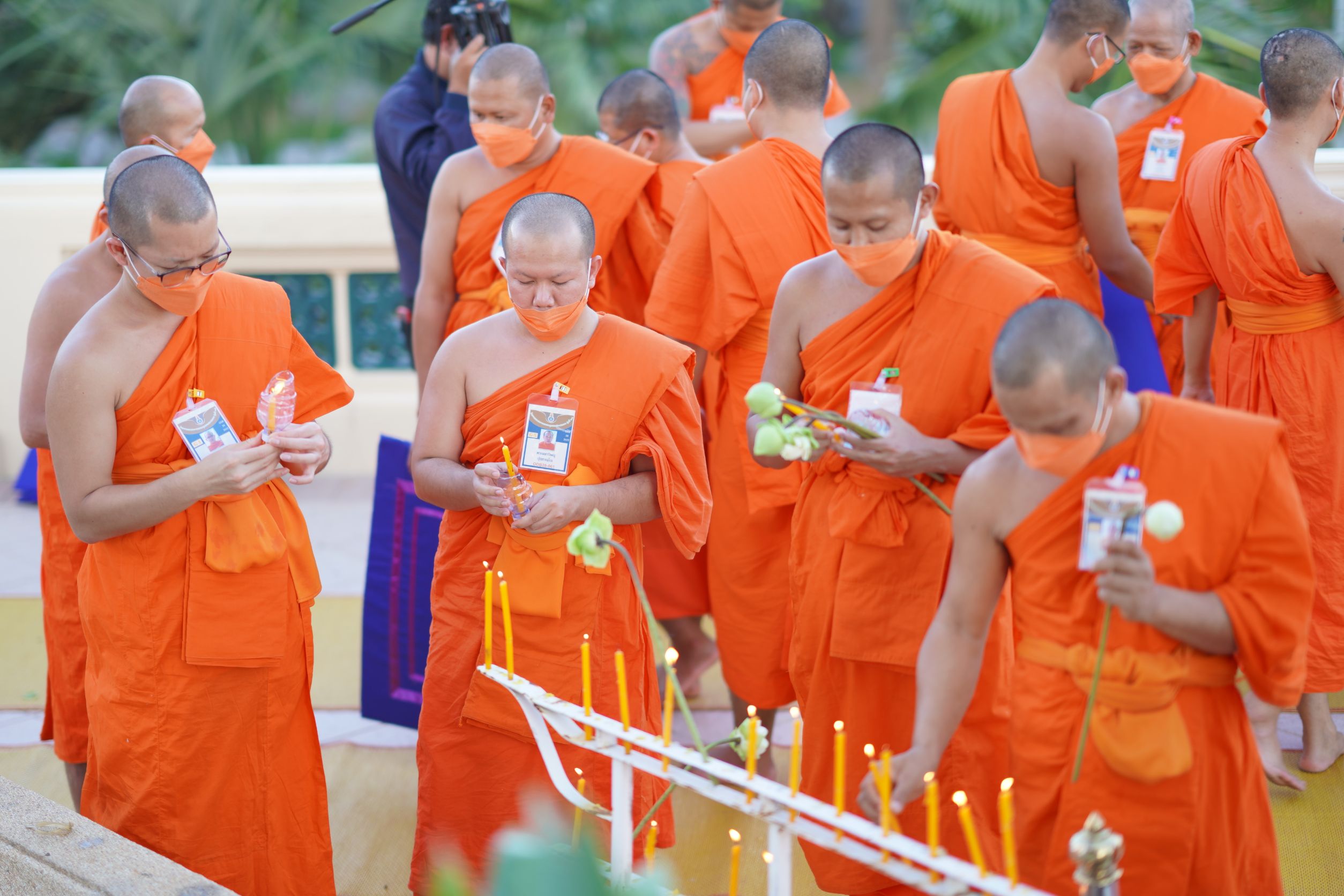
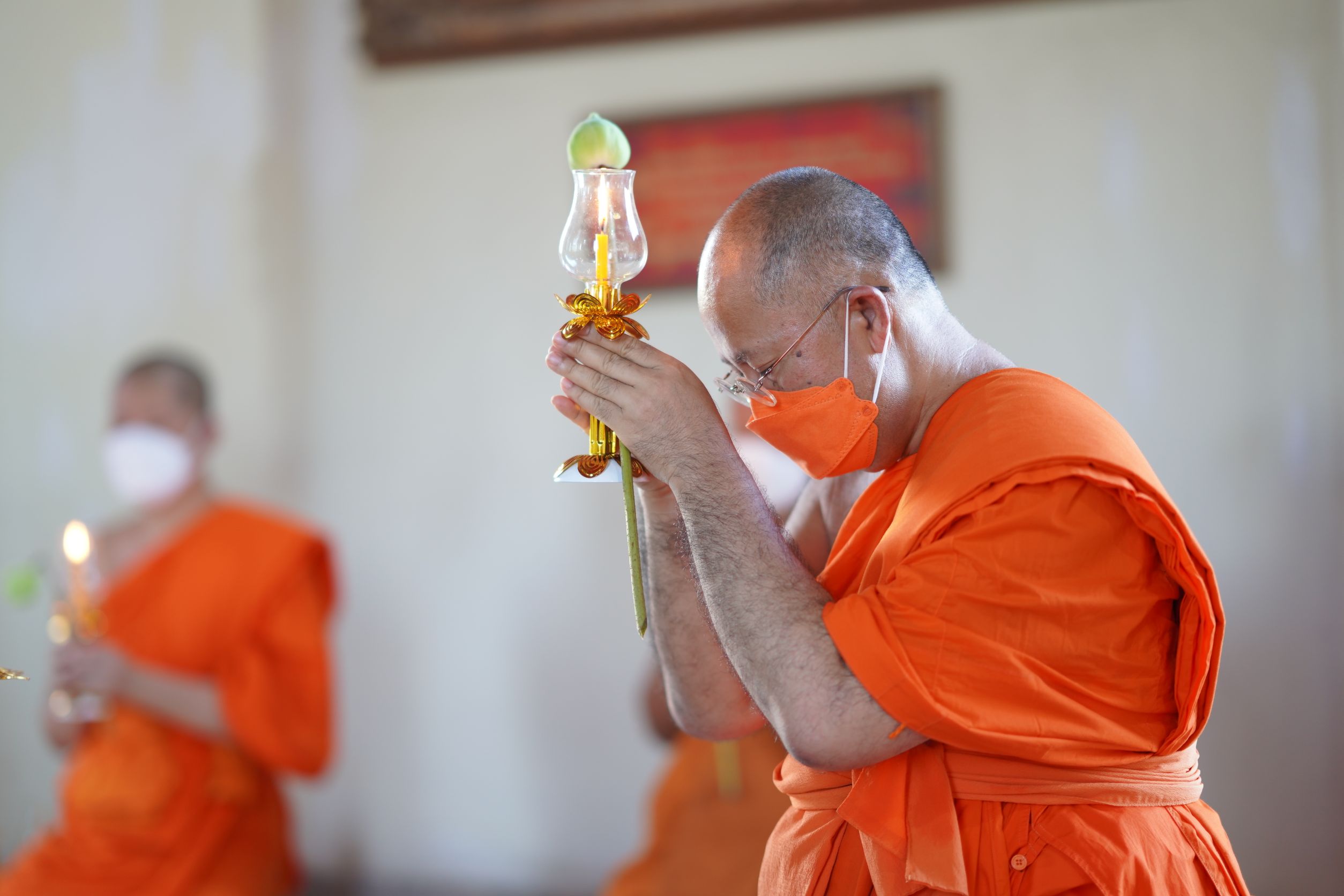

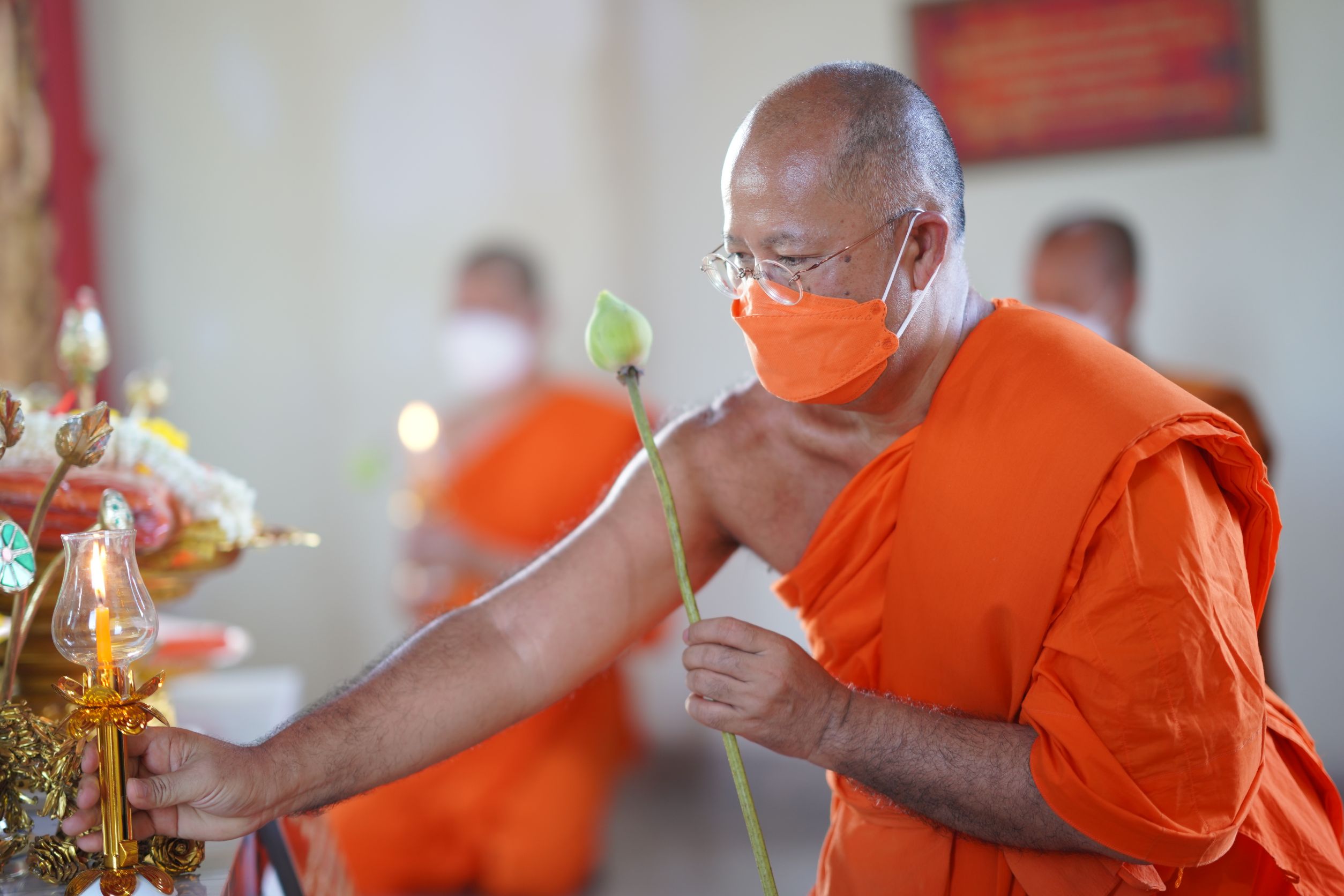
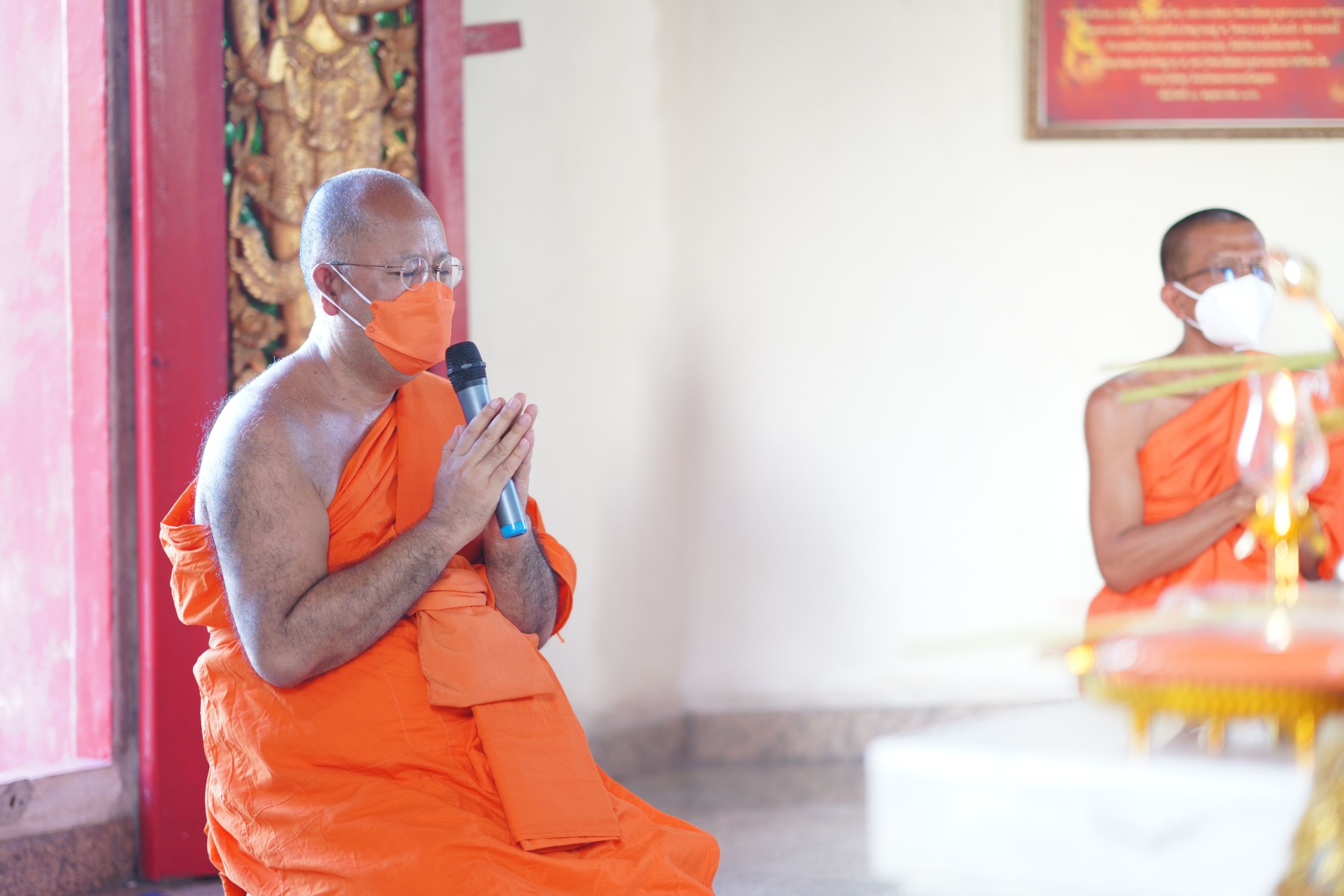
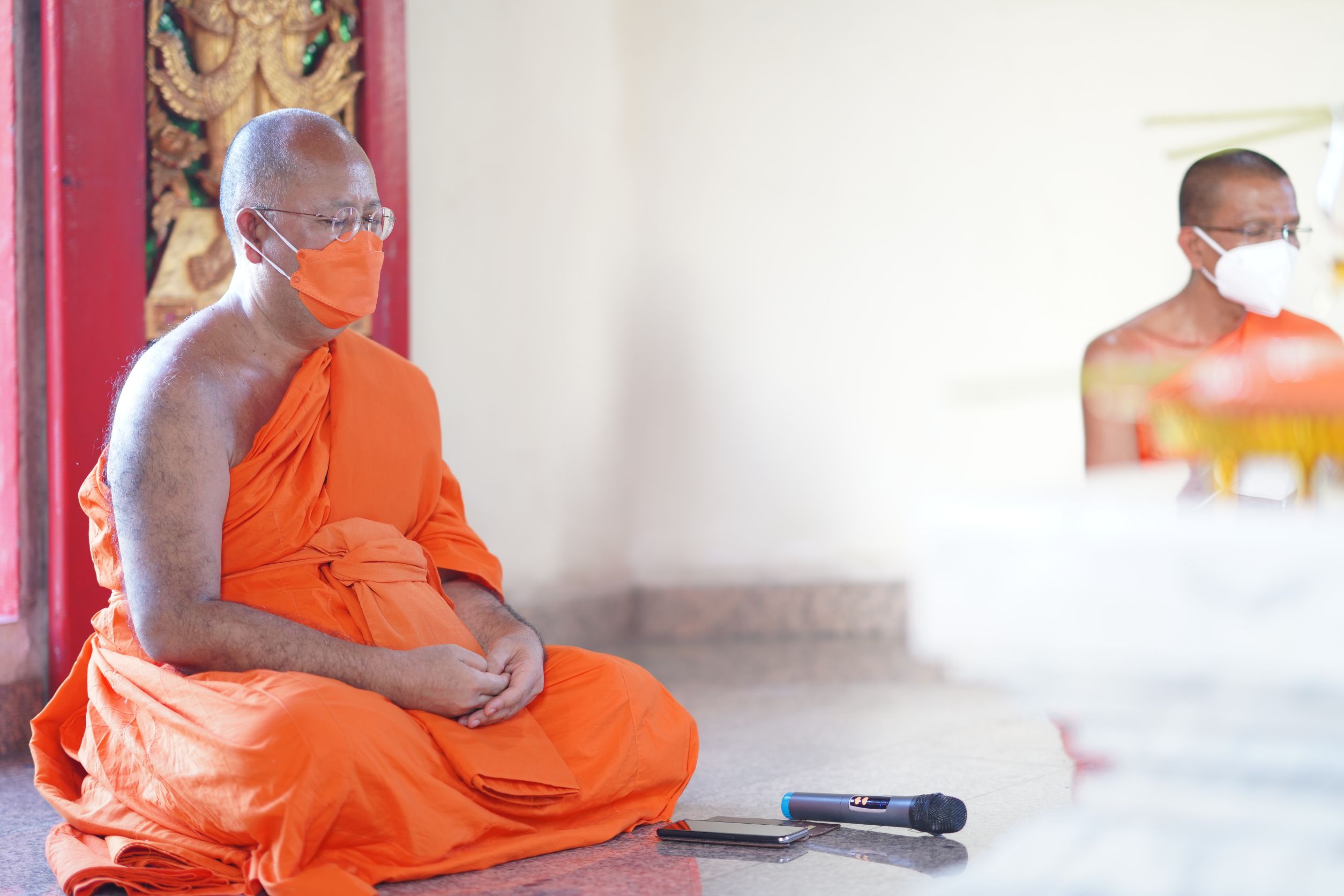
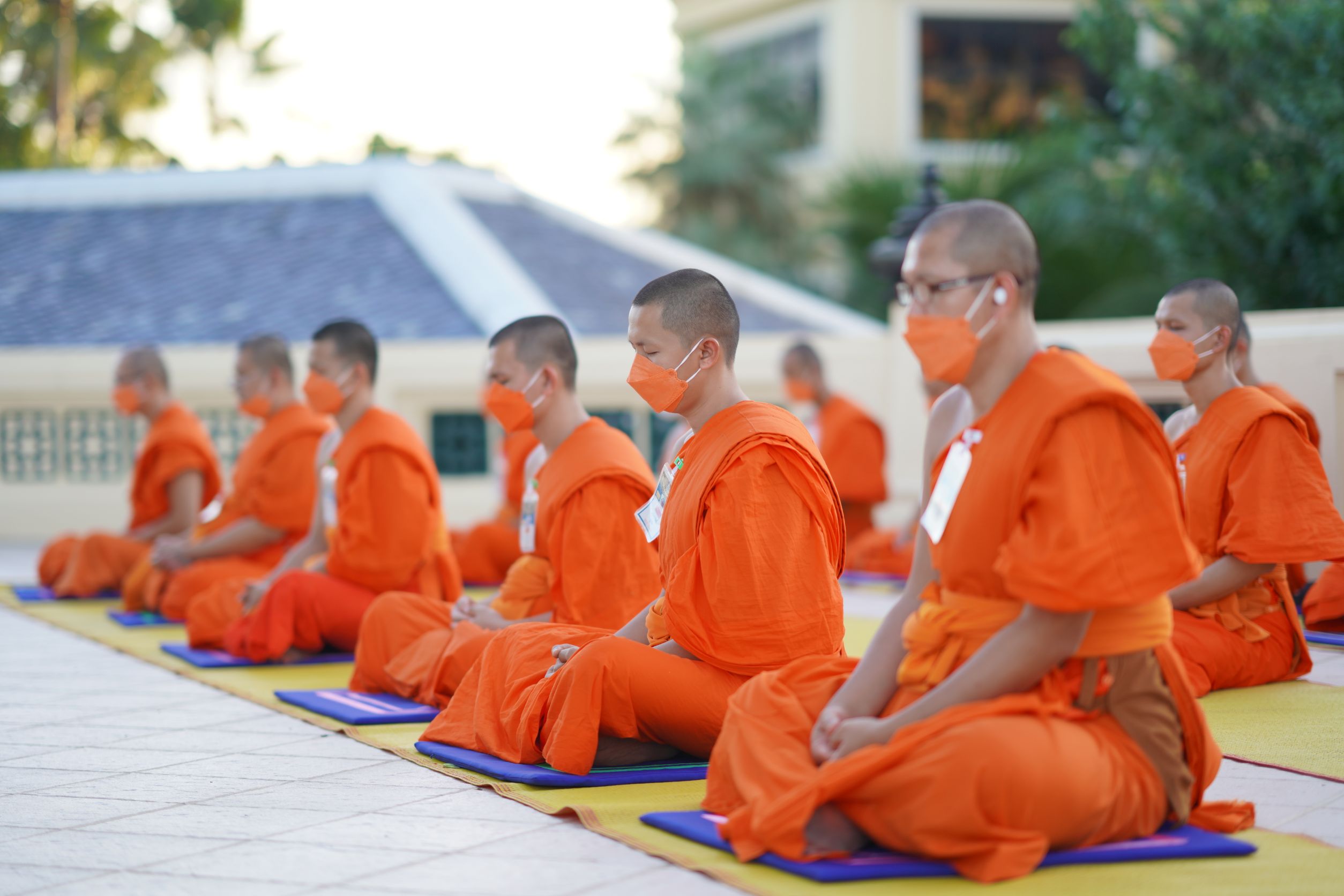
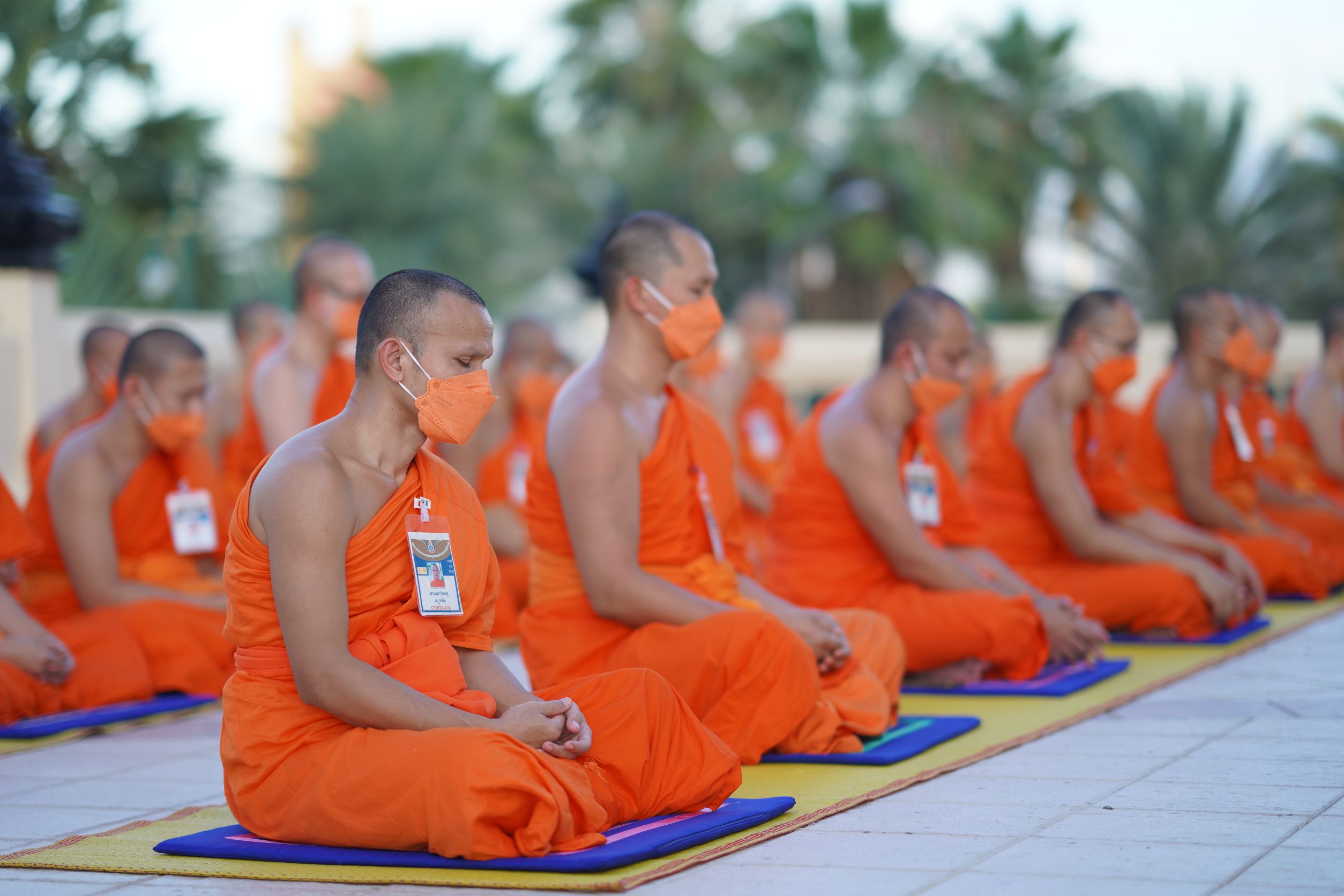
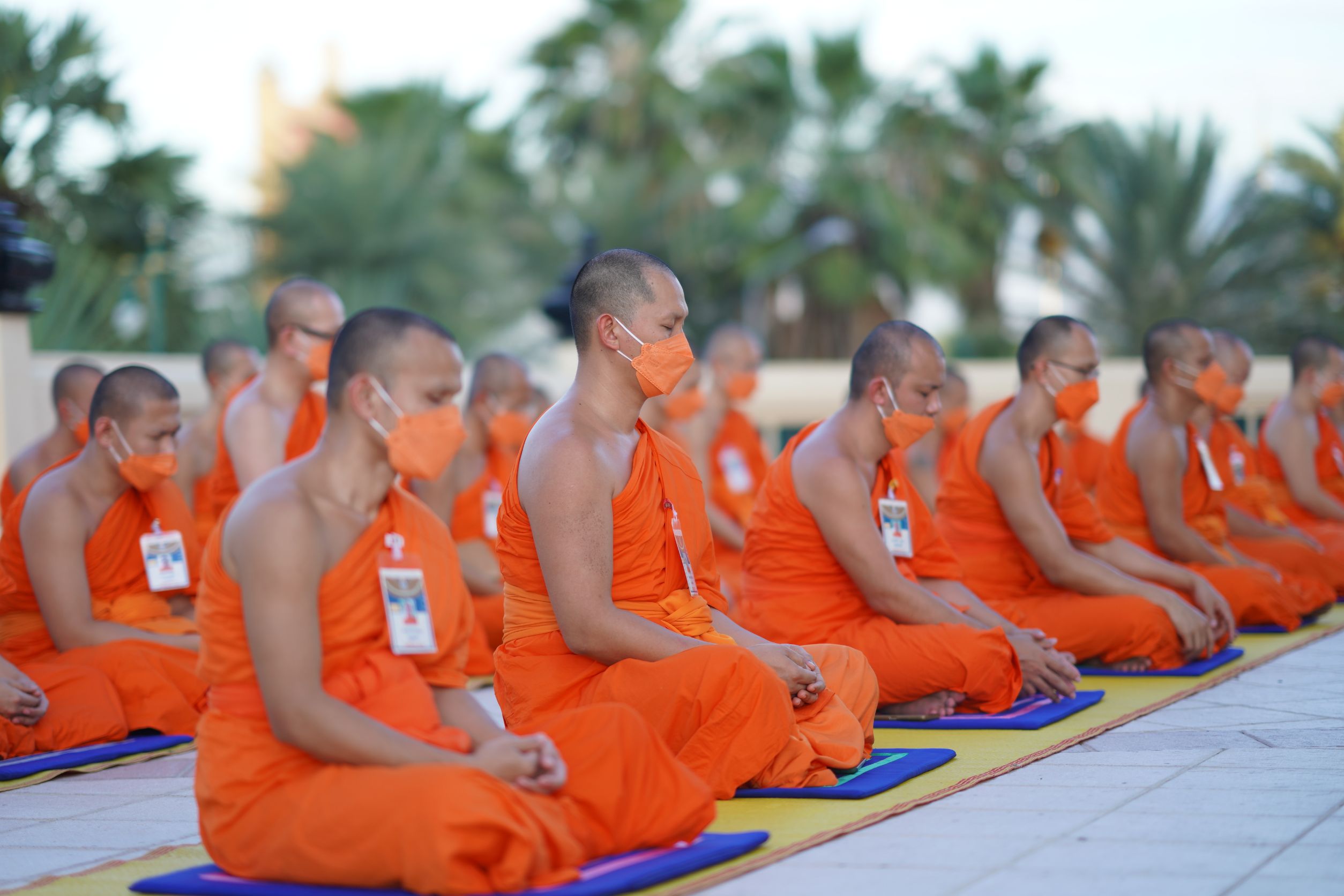
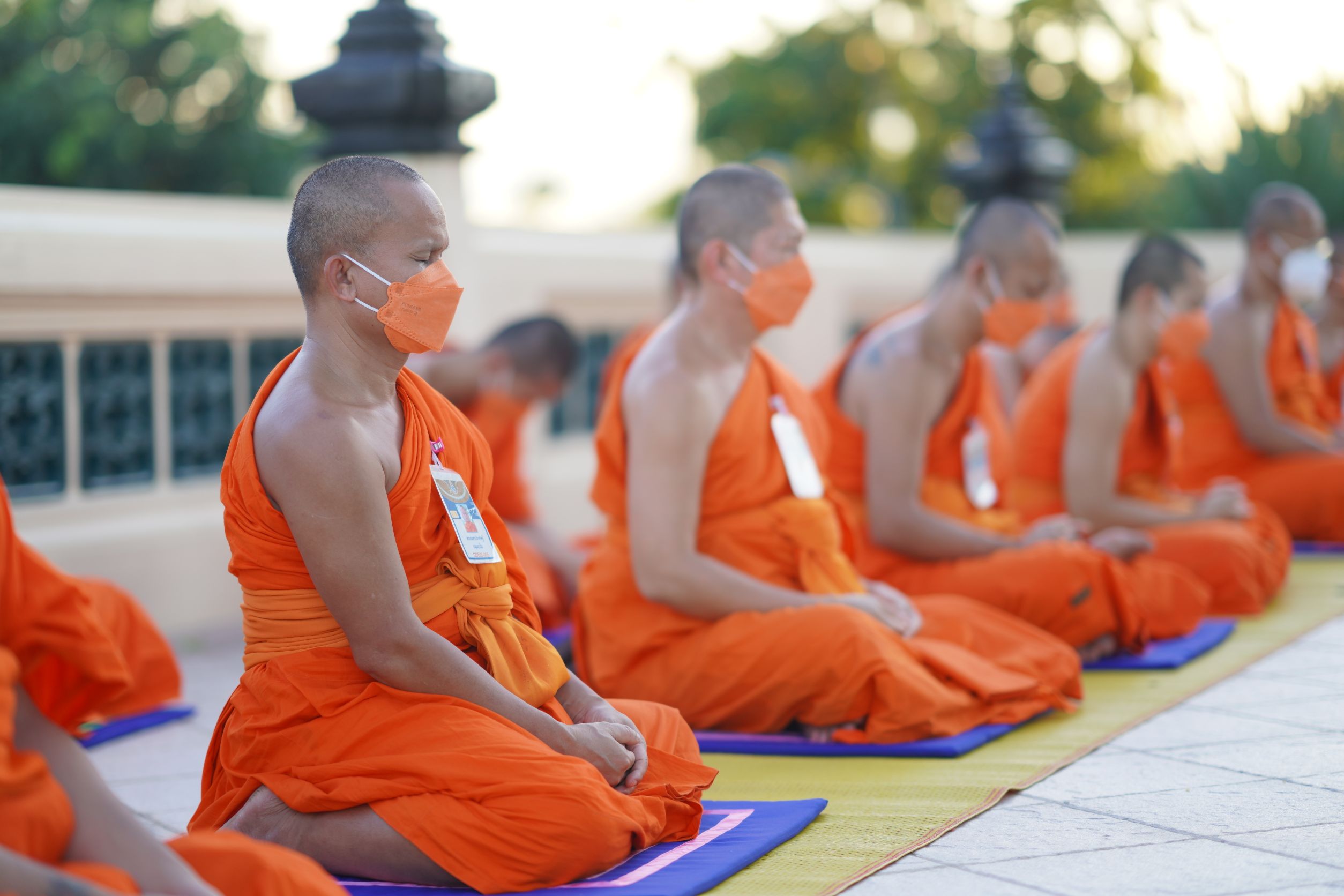
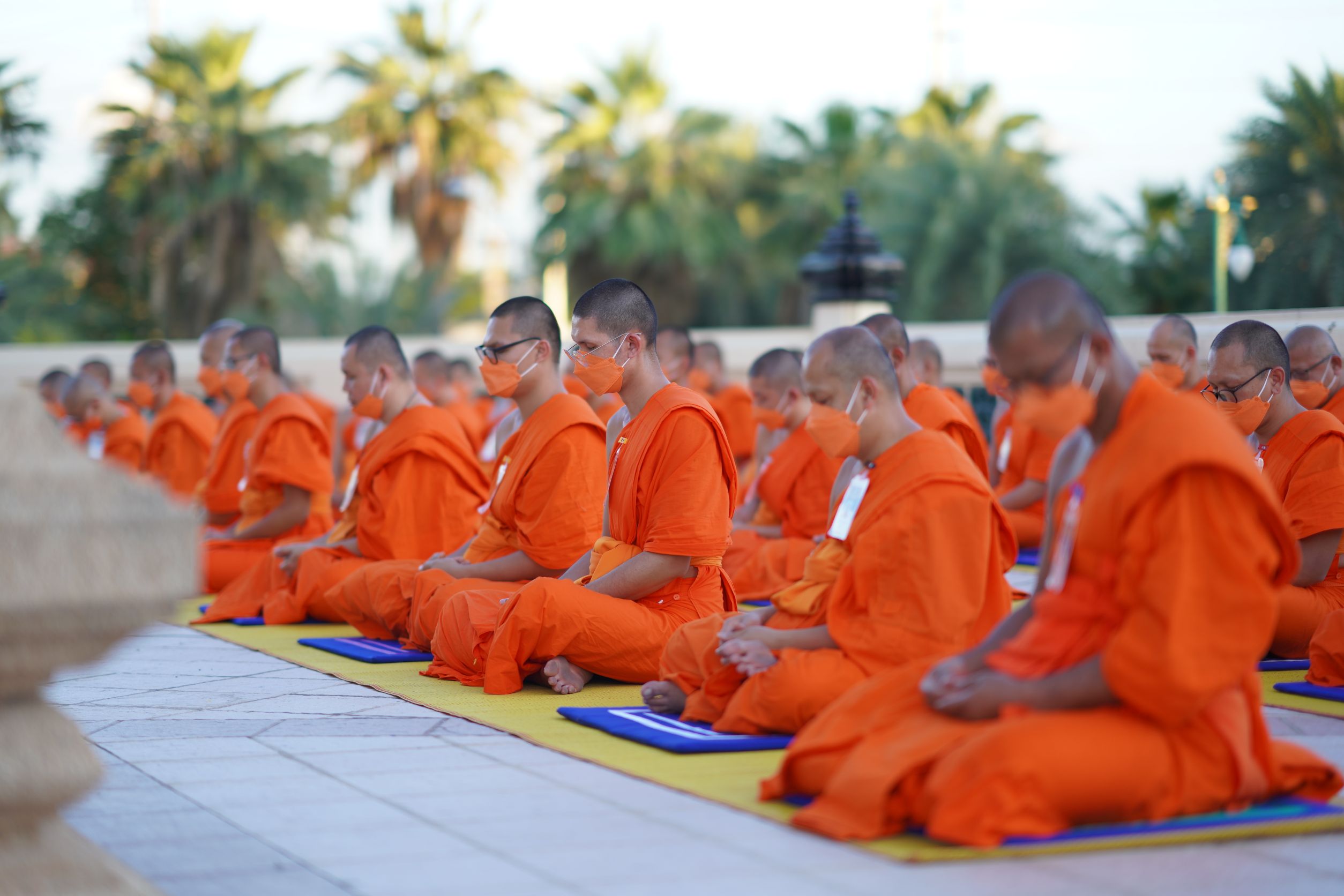
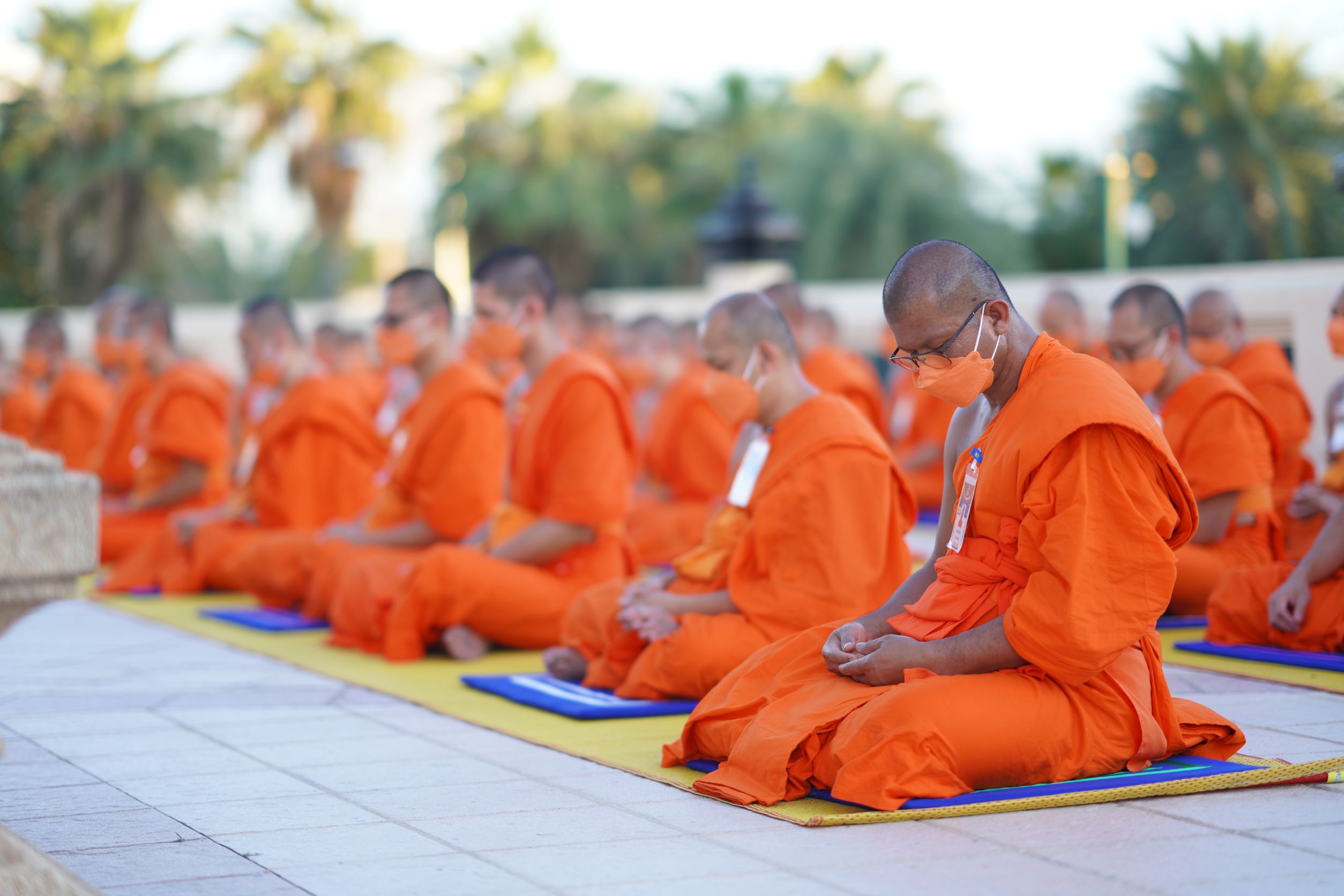
News: International Relations Division
Reporter: Phra Siriwanna Siriwanno
English News: Phra Siriwanna Siriwanno
Picture: International Relations Division
